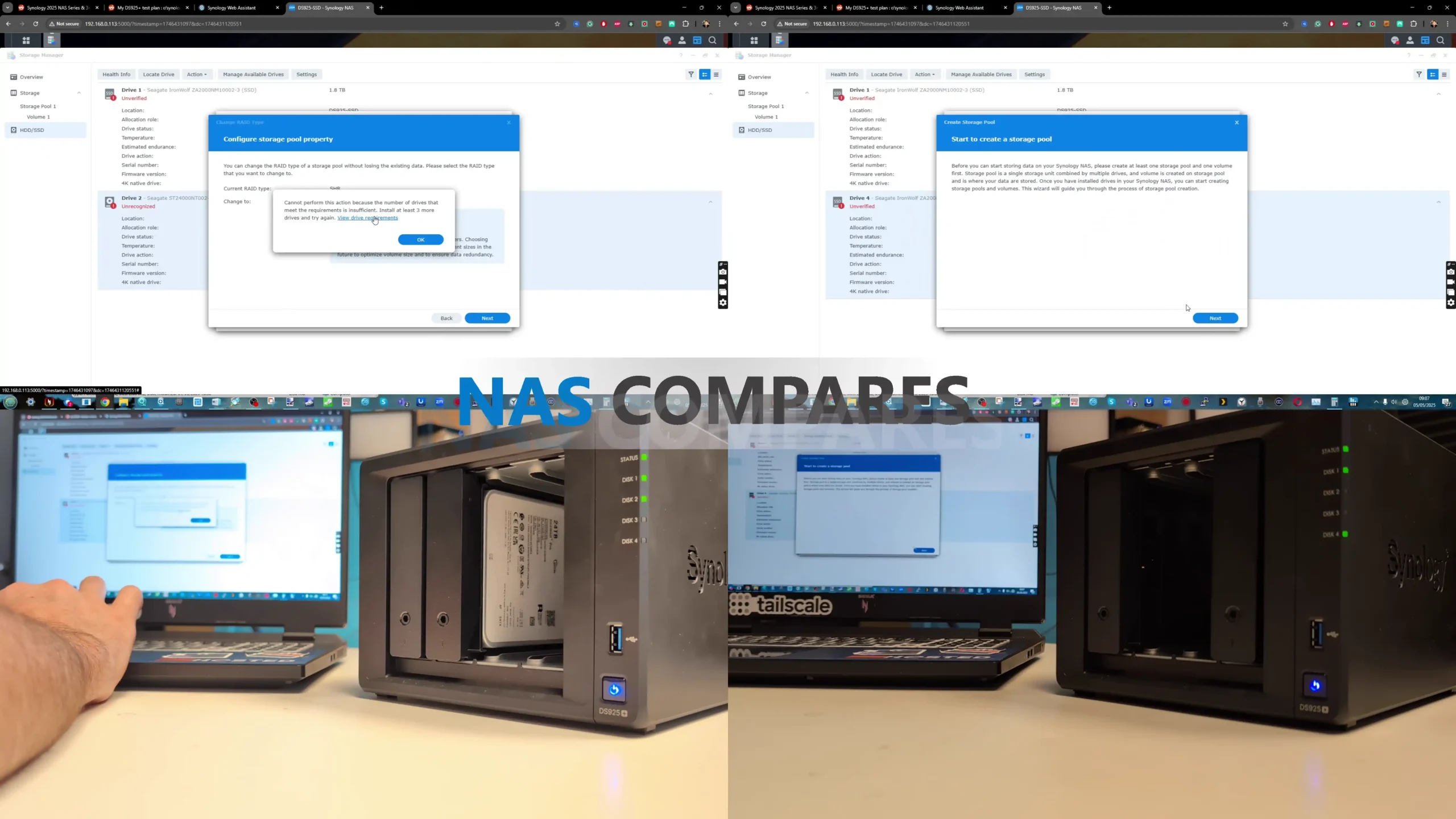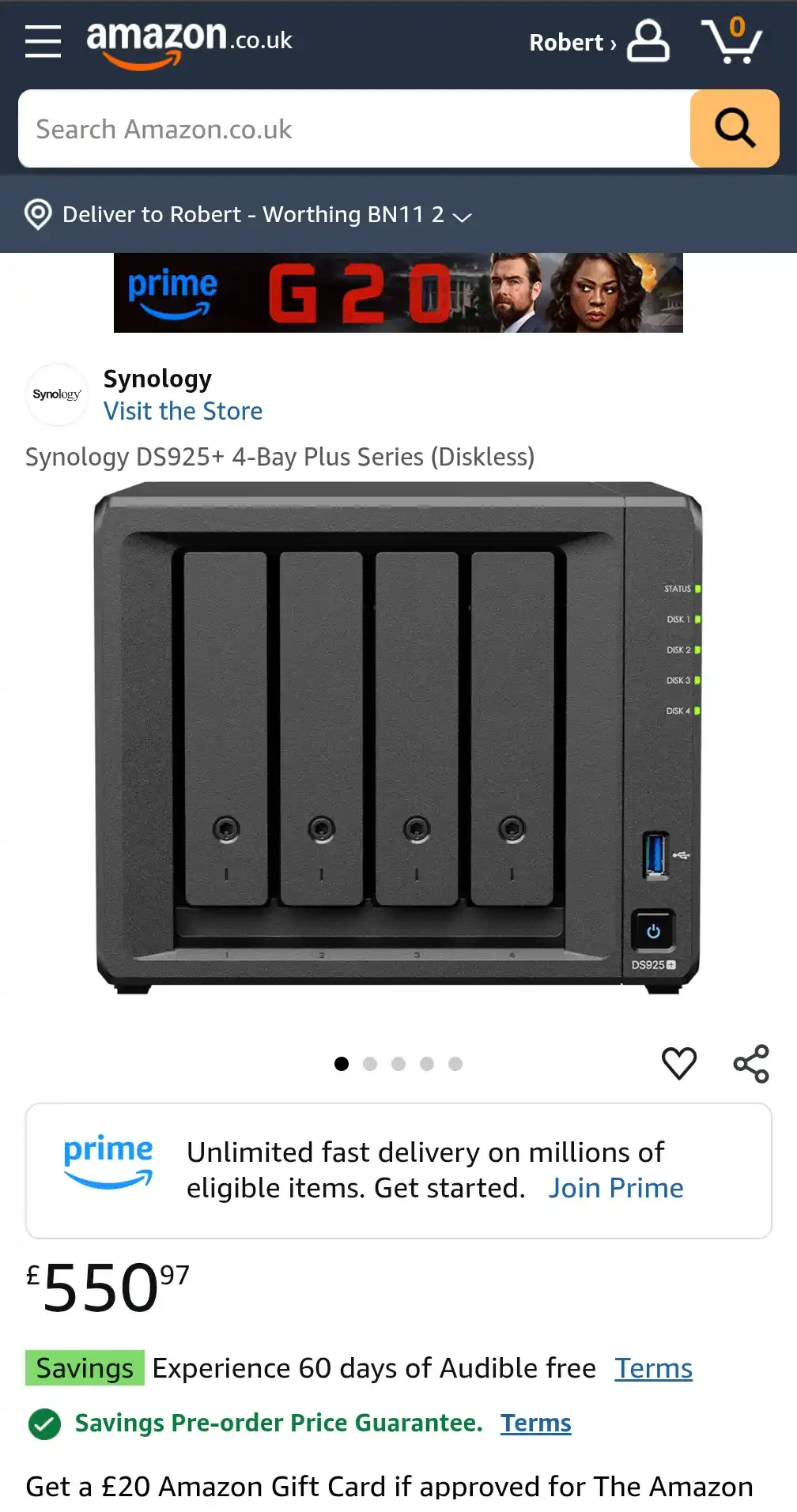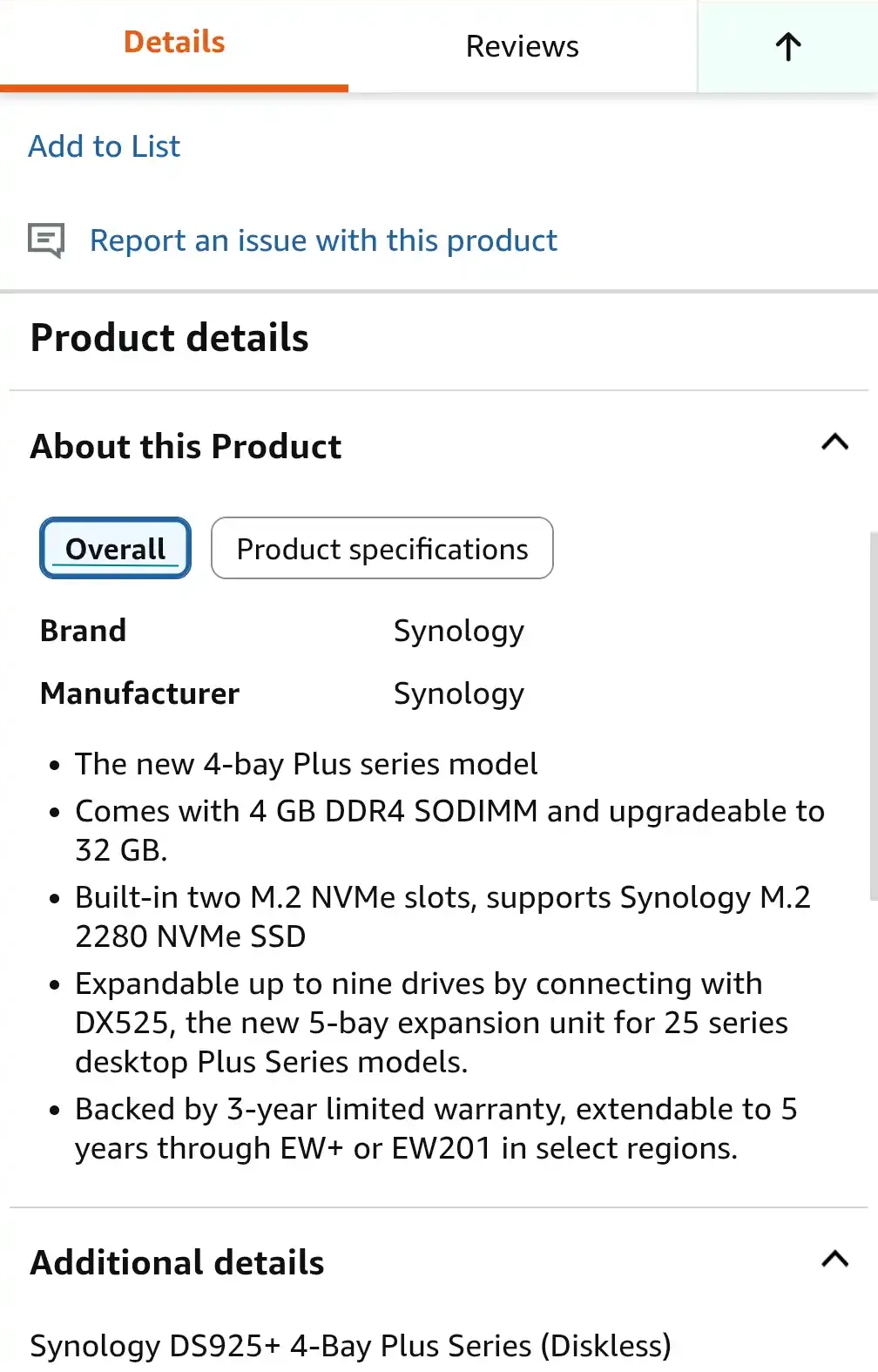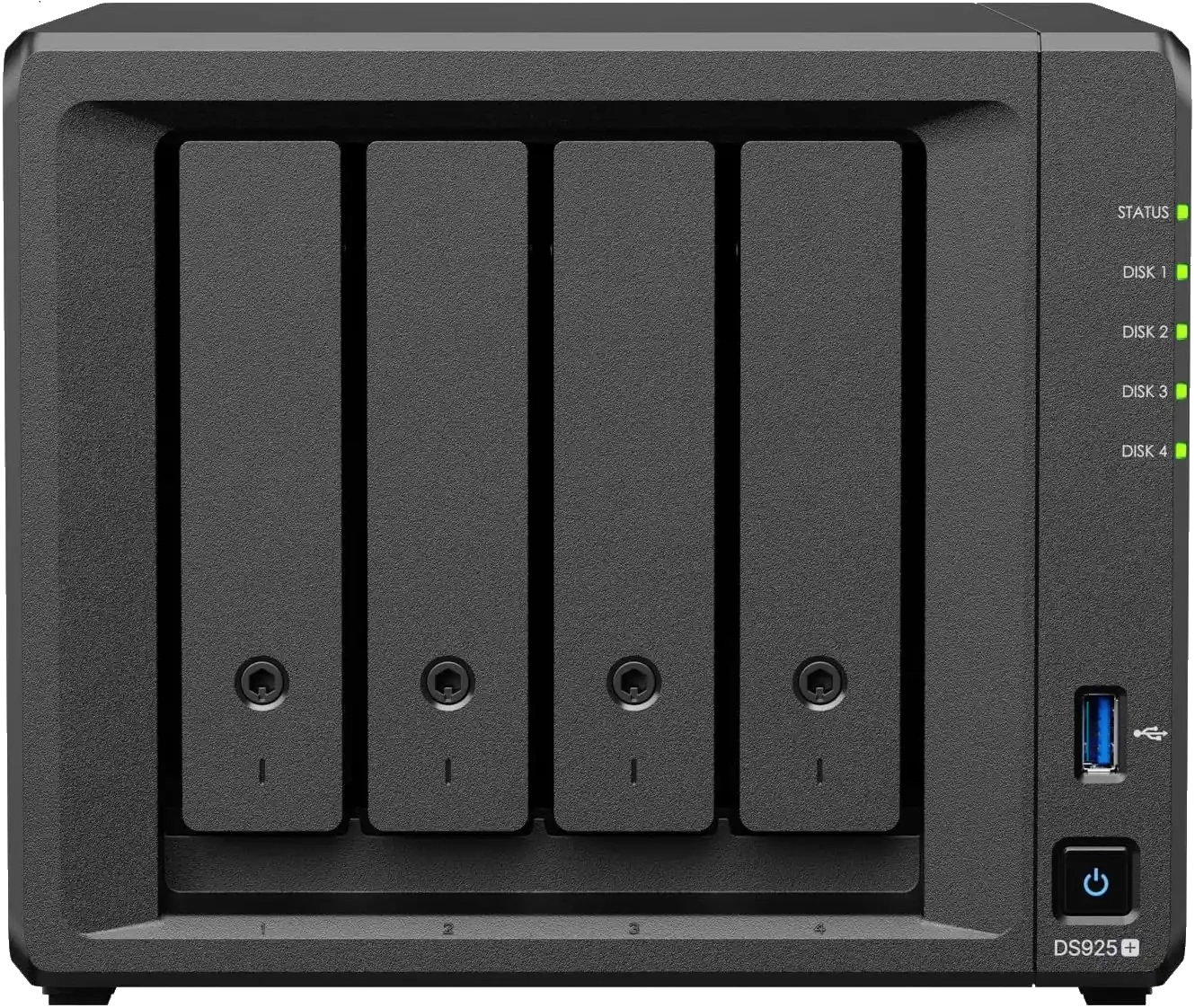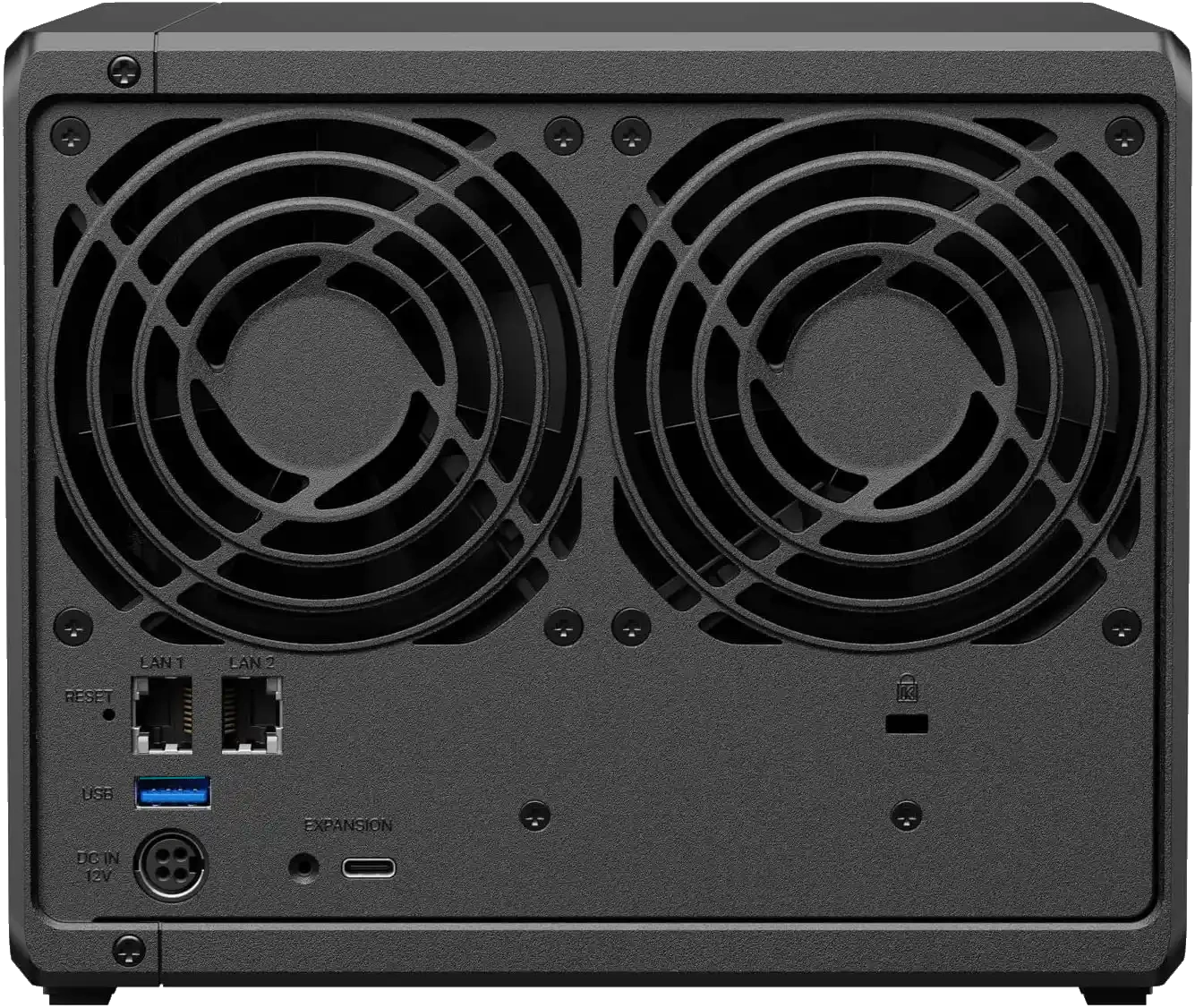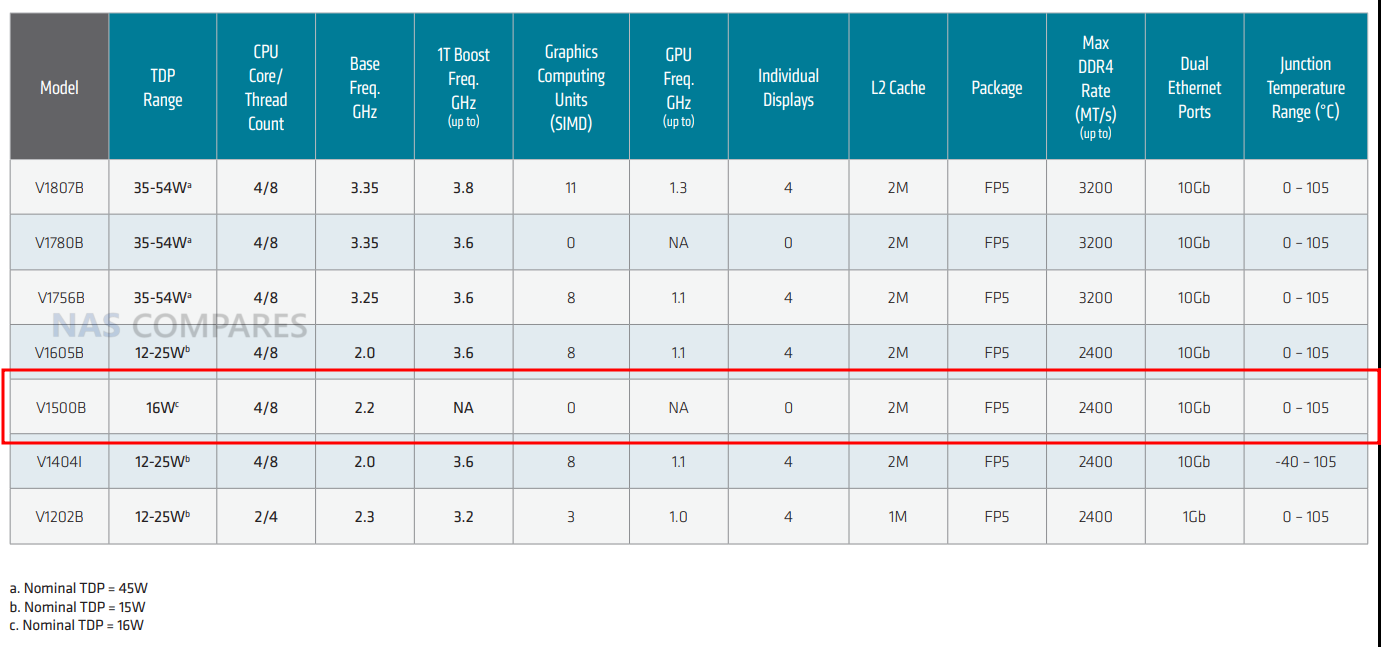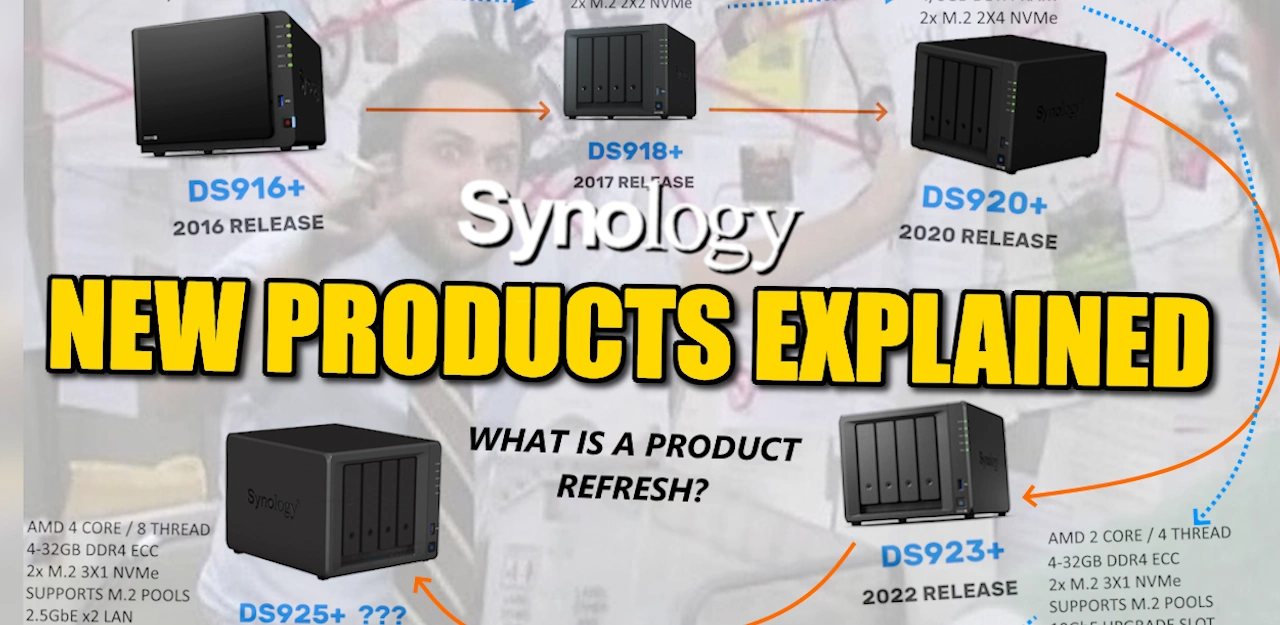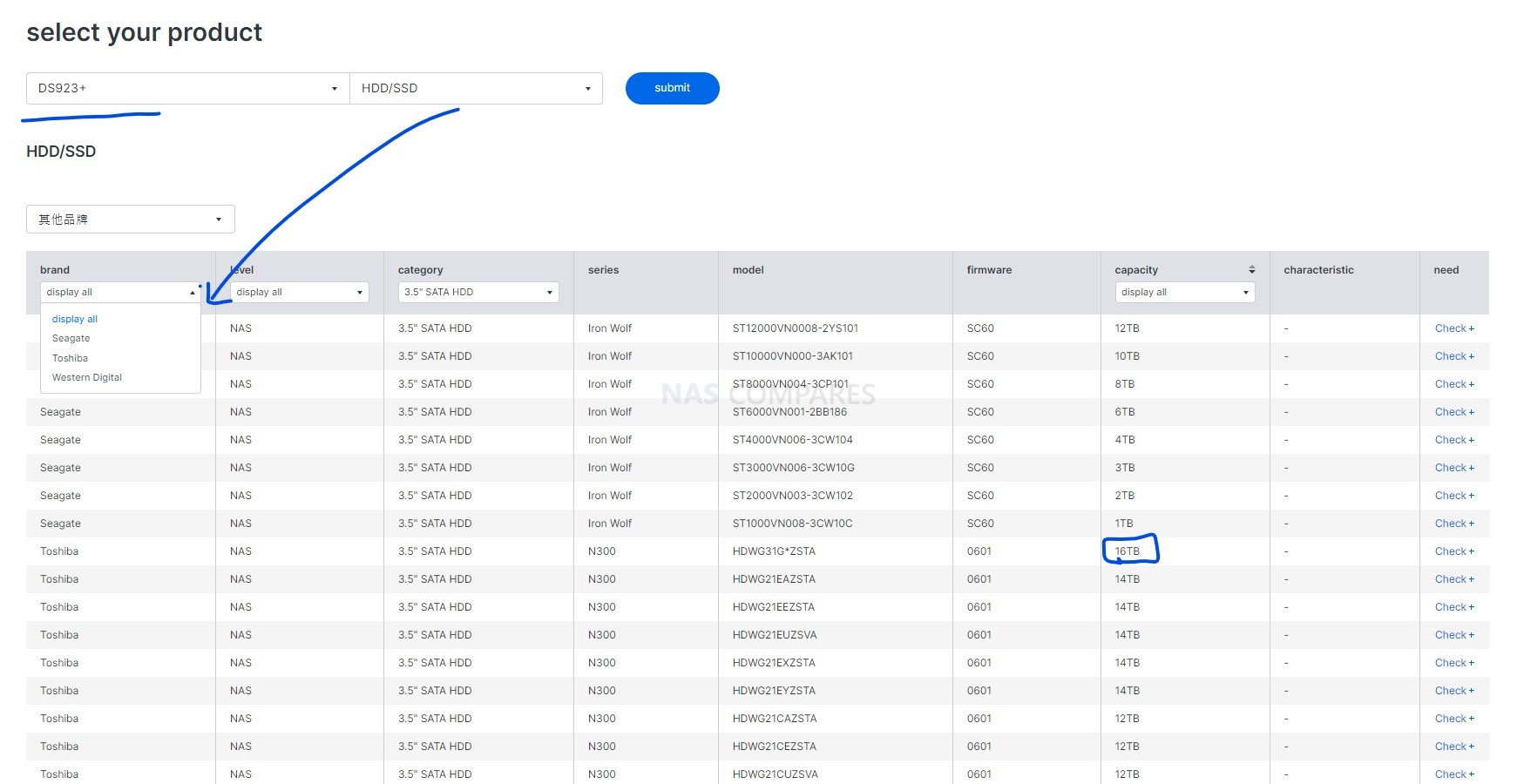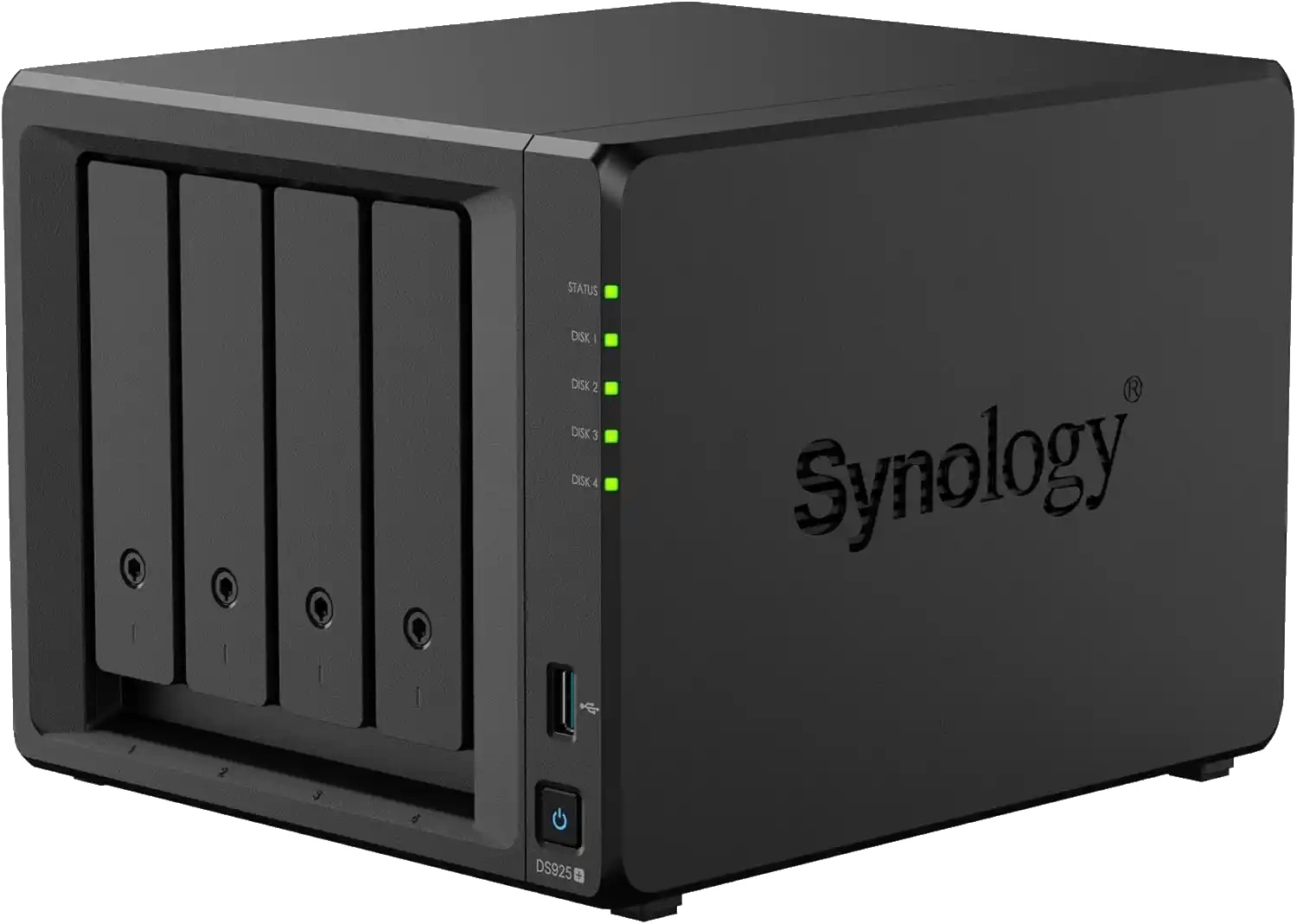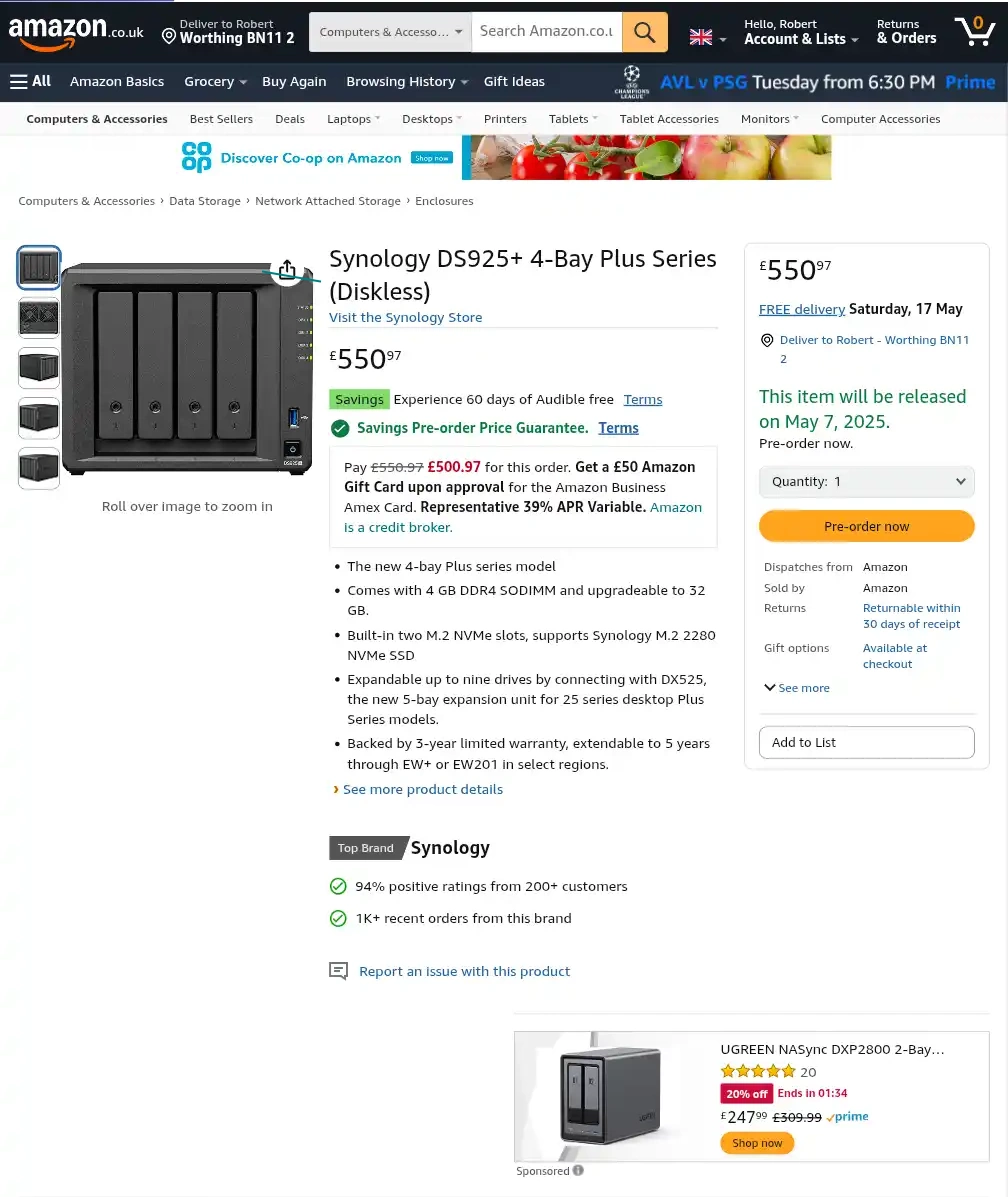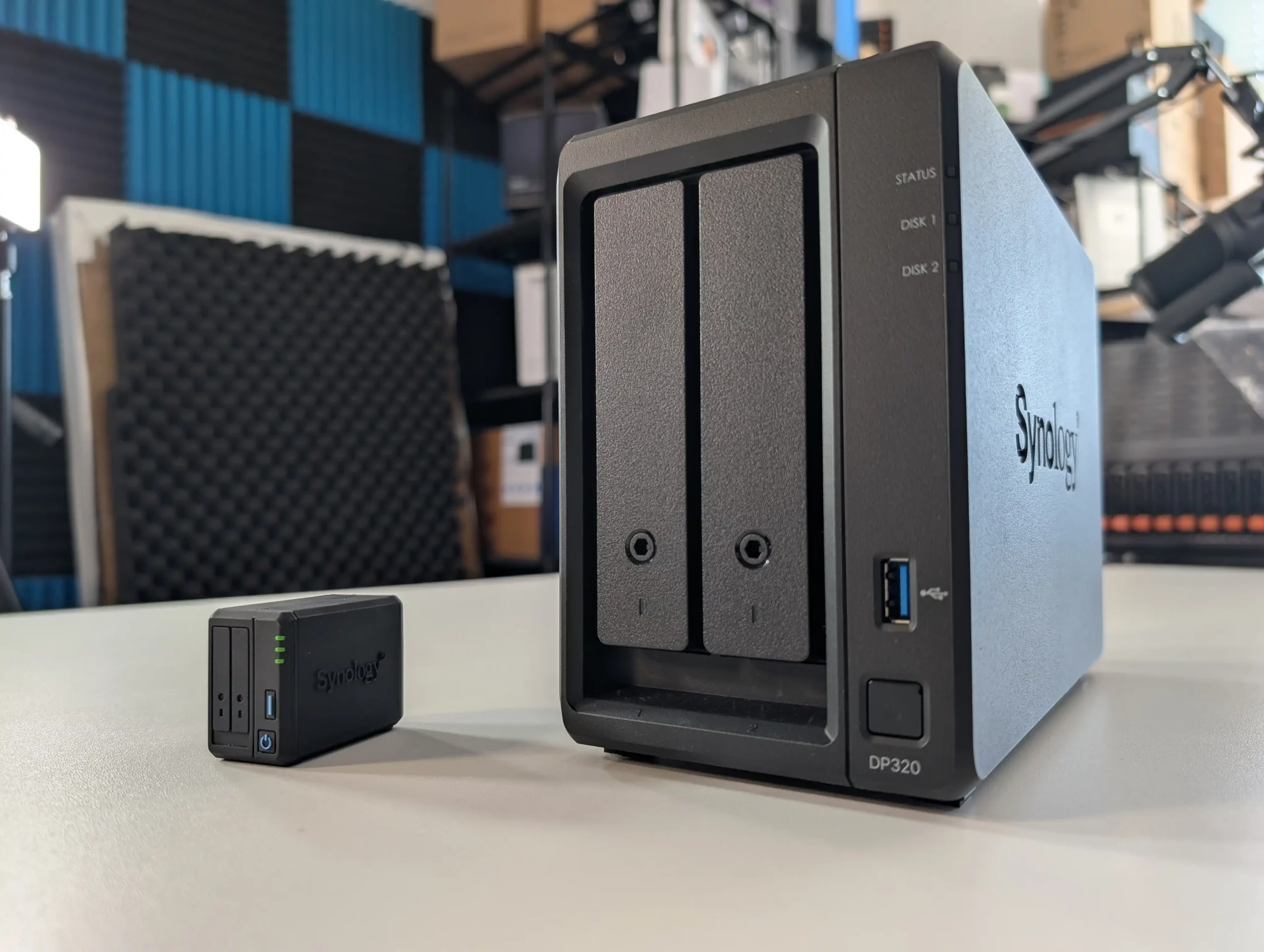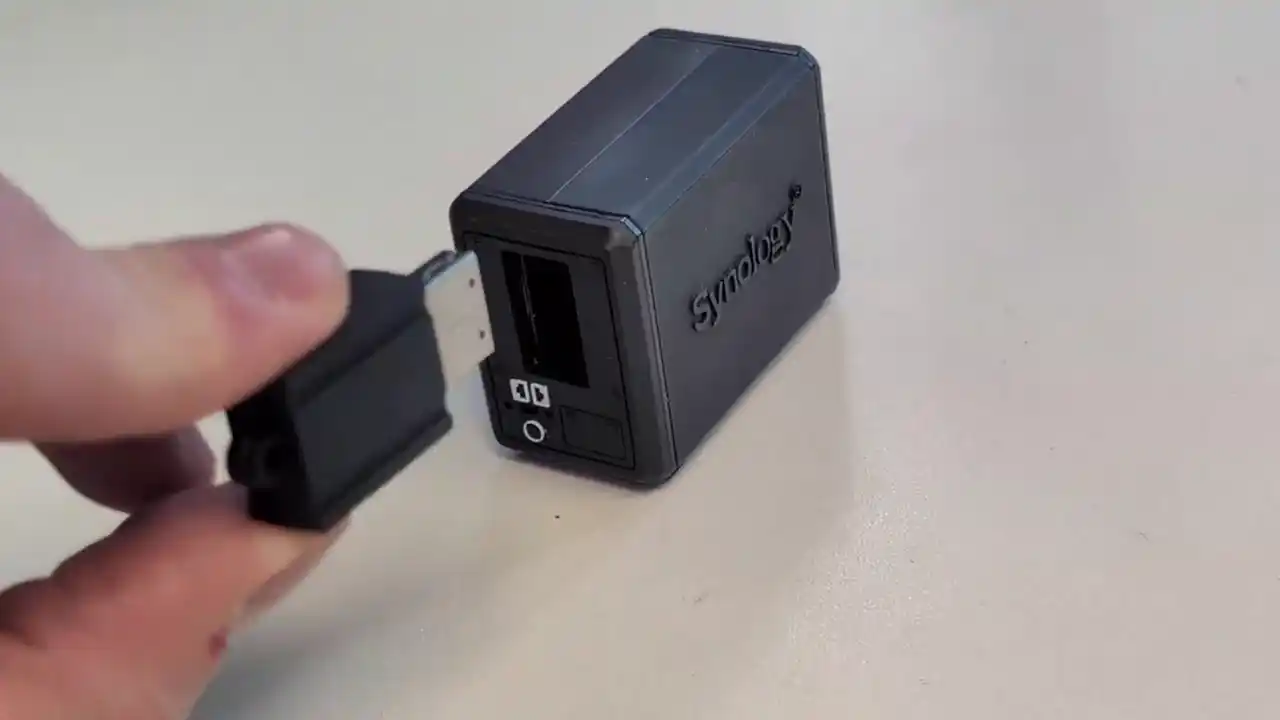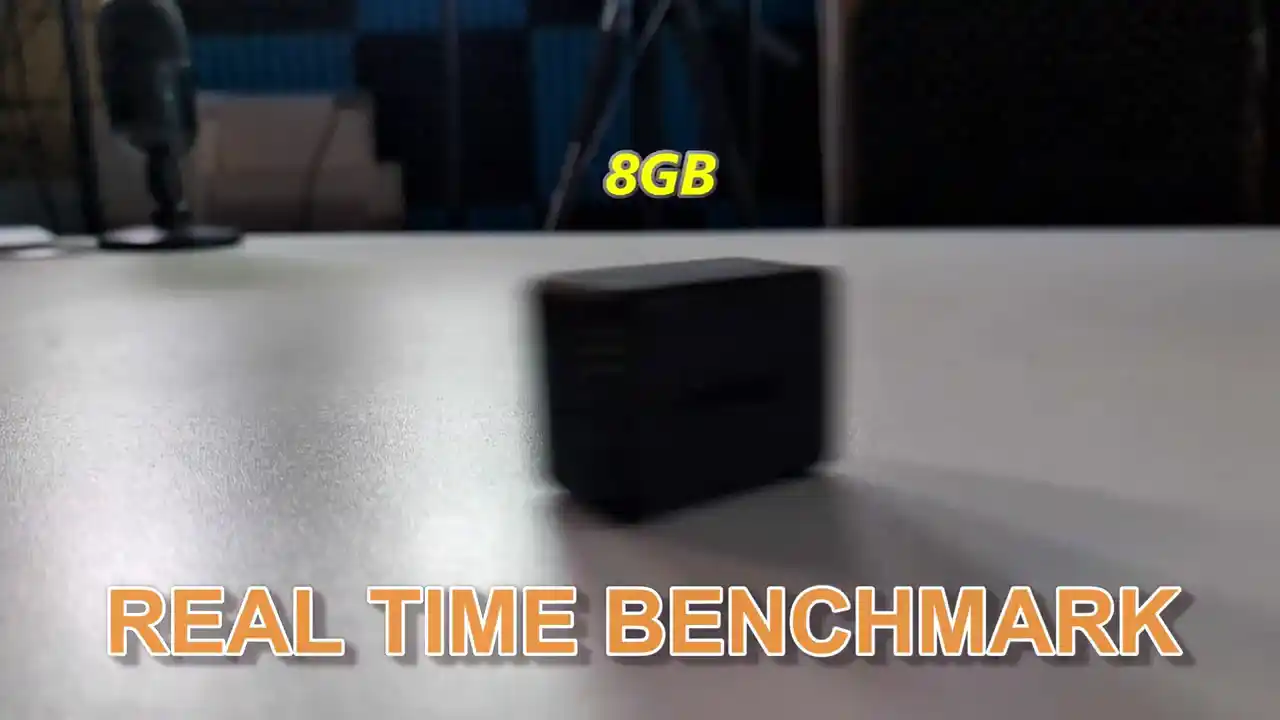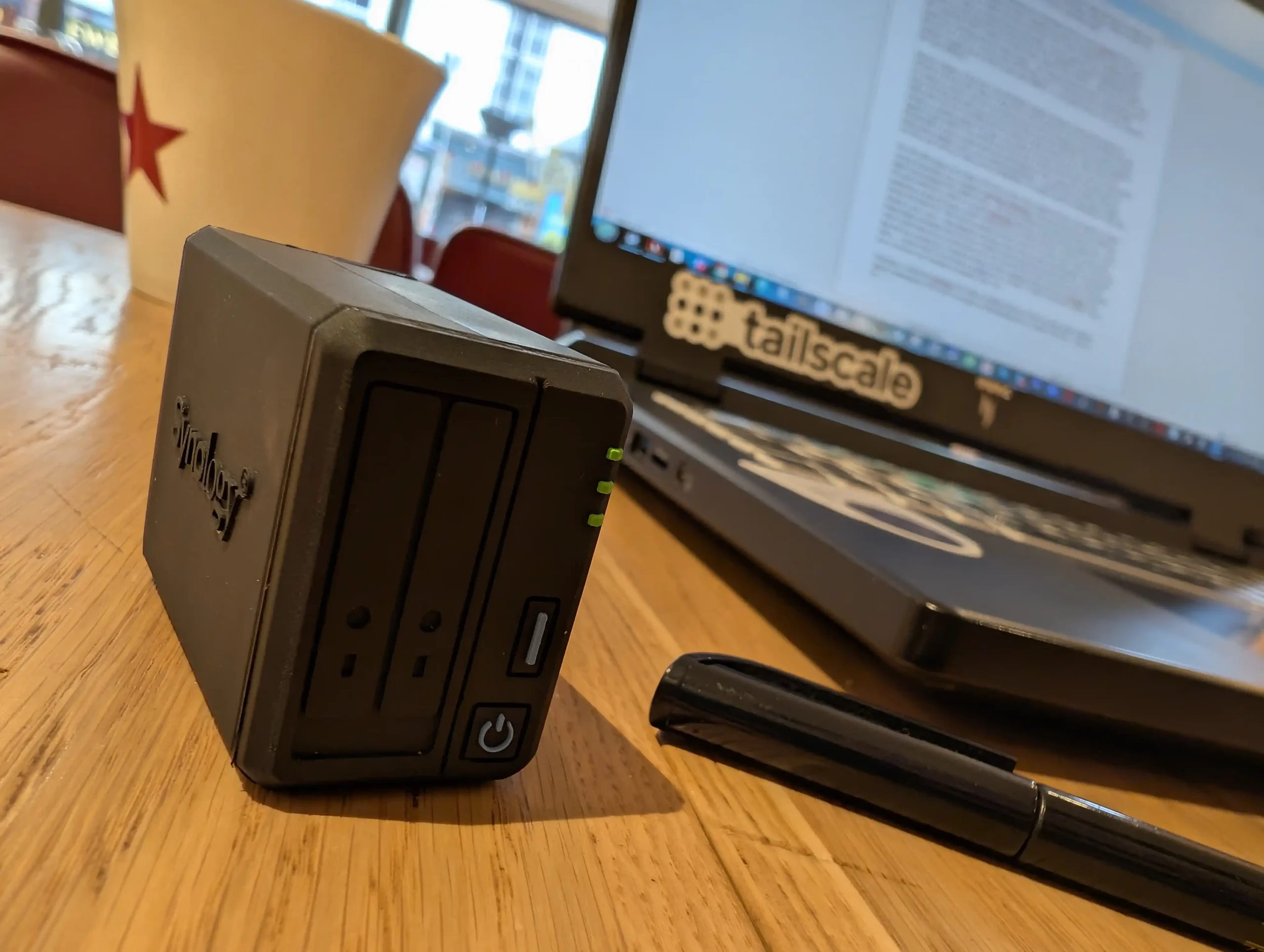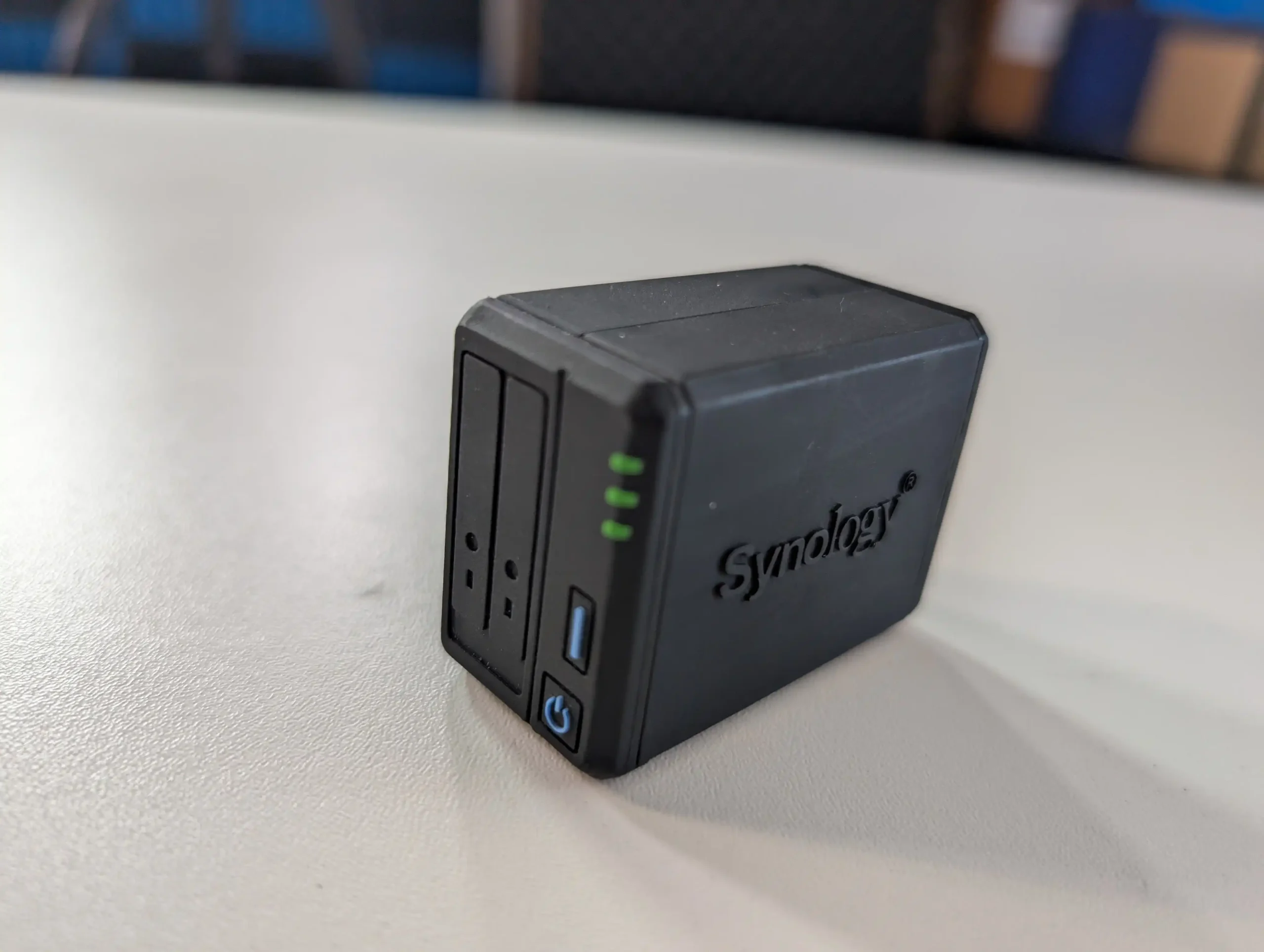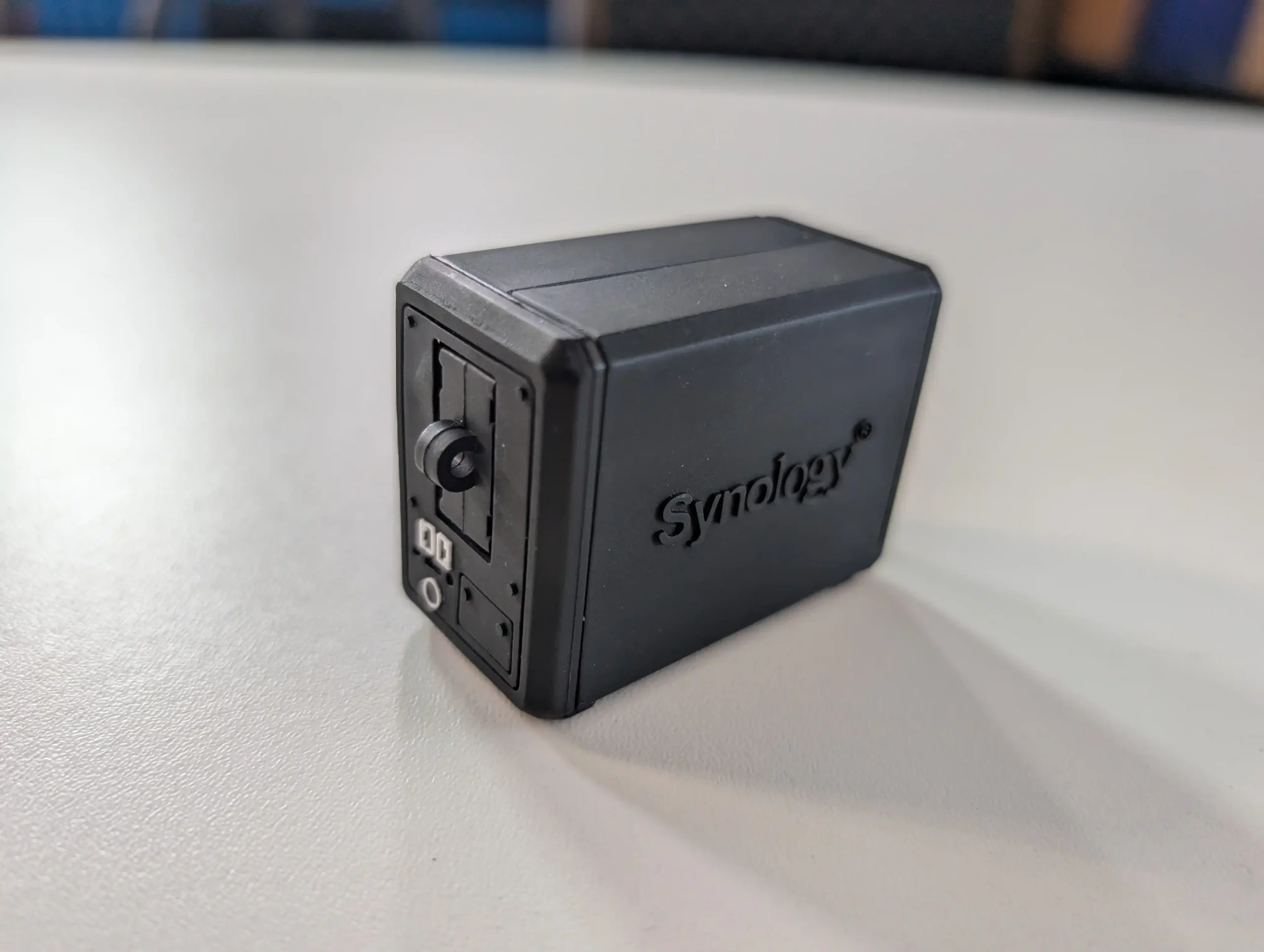The Synology RS2825RP+ Rackstation NAS Revealed
Synology Launches RS2825RP+ RackStation NAS for Business Deployments
As Synology continue its large-scale refresh of its solution portfolio, it is finally time to start talking about rackmount solutions! Although many were waiting on the RS1225+, it looks like the brand wants to ‘go big’ with the Synology RS2825RP+ 16 Bay, expandable 10GbE equipped and 25G Ready server solution. Arriving in the PLUS series, and therefore subject to the recent hardline storage media verification changes made by the brand for the 2025 series and onwards, the RS2825RP+ is clearly a very, very different solution and therefore perhaps reaching a target audience who are more receptive to it (maybe). Synology have a phenomenal history when it comes to their rackmount series – for many years it was just the rackstation series – but eventually we saw the UC, SA, FS and XS arrives.. which in turn is now rolling towards the enterprise challengers such as the Active Protect DP devices, the Gridstation (GS) devices and even a long desired and promised NVMe Flash series (the PAS range). So, PLUS series devices like the RS2825RP+ are occupying an increasingly squeezed area of the portfolio where buyers want comparatively affordable, scalable and capable storage. The changes by the brand on drive media support and verification do undercut this somewhat, so with that in mind, what has this new 3U Rackmount got to offer you in 2025 that makes it deserved your money and your data?

The Synology RS2825RP+ is equipped with an AMD Ryzen V1780B processor, offering a quad-core architecture with base and boost clocks of 3.35 GHz and 3.6 GHz, respectively. Designed for enterprise-grade workloads, the system includes 8 GB of ECC DDR4 memory in a single module configuration, which can be expanded up to 32 GB via two available slots. The rackmount chassis conforms to a 3U form factor and houses 16 front-accessible drive bays, supporting both 3.5” and 2.5” SATA formats. Networking capabilities include dual 1GbE ports and a single 10GbE port for high-speed data transfer, with a PCIe Gen3 slot offering further upgrade flexibility for additional NICs or storage controllers. According to Synology’s internal benchmarks, the unit delivers up to 3,519 MB/s sequential read and 1,790 MB/s write performance, which is suitable for multi-user environments requiring fast data access and sharing.
| Category | Specification |
|---|---|
| CPU | AMD Ryzen V1780B (Quad-Core, 3.35 GHz base / 3.6 GHz boost) |
| CPU Architecture | 64-bit |
| Hardware Encryption | Yes |
| System Memory | 8 GB DDR4 ECC UDIMM (expandable to 32 GB, 2 slots total) |
| Pre-installed Memory | 8 GB (1 x 8 GB) |
| Drive Bays | 16 x 3.5″/2.5″ SATA (expandable to 28 bays with 1 x RX1225RP) |
| Hot Swappable Drives | Yes |
| Expansion Slot | 1 x PCIe Gen 3 x8 (x4 link) |
| LAN Ports | 1 x 10GbE RJ-45, 2 x 1GbE RJ-45 |
| USB Ports | 2 x USB 3.2 Gen 1 |
| Expansion Ports | 1 (for Synology RX1225RP) |
| Form Factor | Rackmount 3U |
| Dimensions (H x W x D) | 132.3 mm x 482 mm x 656.5 mm |
| Weight | 17.3 kg |
| System Fans | 3 x 80 mm |
| Power Supply | Redundant, AC 100–240V, 50/60 Hz, Single Phase |
| Operating Temperature | 0°C to 35°C (32°F to 95°F) |
| Storage Temperature | -20°C to 60°C (-5°F to 140°F) |
| Relative Humidity | 5% to 95% RH |
| Max Operating Altitude | 5,000 m |
| Rack Installation | 4-post 19″ rack (Synology Rail Kit RKS-02, sold separately) |
Engineered for sustained operation in business-critical environments, the RS2825RP+ incorporates three hot-swappable fans for effective airflow and dual redundant power supplies to mitigate downtime during hardware failures. The hot-swappable drive trays support online volume management, allowing for drive replacement or expansion without system shutdown. The power input is adaptable across 100–240V AC ranges, ensuring compatibility with global power standards. The system is further enhanced by a dedicated hardware encryption engine, allowing encrypted data processing without heavily impacting performance, making it practical for organizations handling sensitive or regulated data.
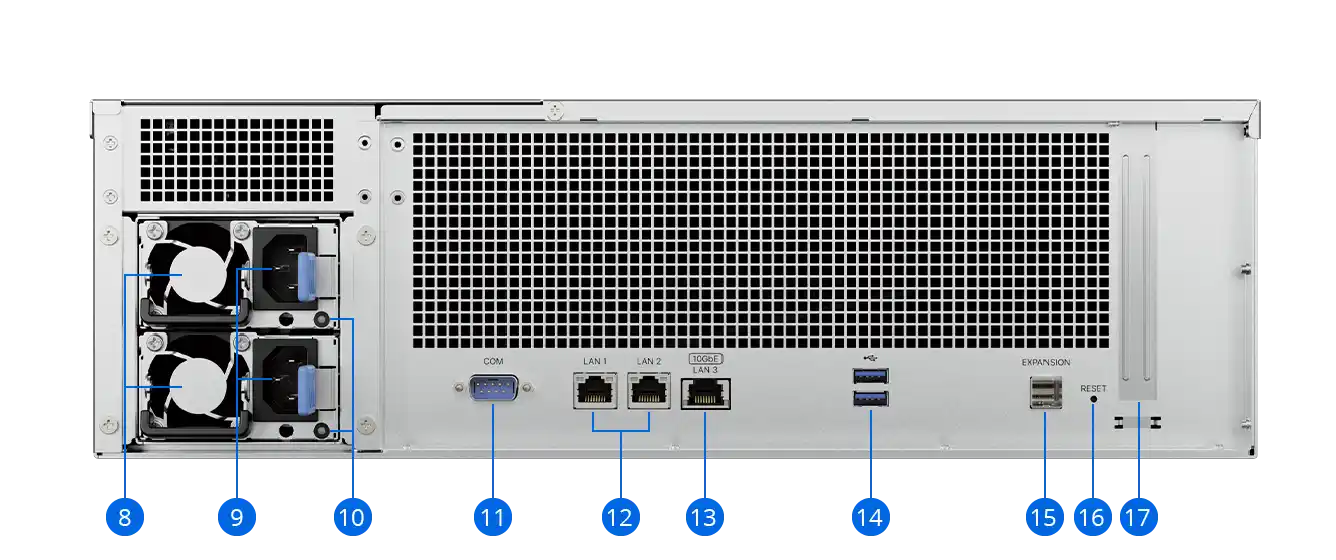
On the software side, the RS2825RP+ runs Synology’s DiskStation Manager (DSM), which supports a wide suite of data protection, business productivity, and infrastructure management applications. Included without additional licensing are tools such as Synology High Availability, which enables failover between identical units to ensure service continuity, and Snapshot Replication, which offers near-instantaneous recovery points for shared folders and LUNs. Hyper Backup extends protection to remote servers and public clouds with features like deduplication, data integrity verification, and multi-versioned backup scheduling. For IT environments reliant on virtualization, DSM integrates natively with VMware vSphere, Microsoft Hyper-V, Citrix, and OpenStack, with support for VMware VAAI and Windows ODX to offload and streamline storage operations.
| Category | Specification |
|---|---|
| Operating System | Synology DiskStation Manager (DSM) |
| File Systems (Internal) | Btrfs |
| File Systems (External) | Btrfs, ext4, ext3, FAT32, NTFS, HFS+, exFAT |
| Supported RAID Types | SHR, Basic, JBOD, RAID 0, RAID 1, RAID 5, RAID 6, RAID 10 |
| Max Single Volume Size | 108 TB (200 TB with 32 GB RAM) |
| Max Internal Volumes | 32 |
| SSD Cache Support | Yes (SATA & M.2 NVMe with optional cards) |
| File Protocols | SMB, AFP, NFS, FTP, WebDAV, Rsync |
| Max SMB Connections | 560 (with memory expansion) |
| Max User Accounts | 1,024 |
| Max User Groups | 256 |
| Max Shared Folders | 256 |
| Max Shared Folder Sync | 12 Tasks |
| Virtualization Support | VMware vSphere, Microsoft Hyper-V, Citrix, OpenStack |
| VM Tools | Synology Storage Console, VAAI, ODX |
| Virtual Machine Manager | Supports 8 VMs and 8 Virtual DSM instances (1 license included) |
| Snapshot Replication | Up to 256 per shared folder / 4,096 system-wide |
| Backup Tools | Hyper Backup, Active Backup Suite (PCs, VMs, M365, Google Workspace) |
| High Availability | Supported (cluster with identical Synology NAS) |
| Surveillance Station | 2 licenses included (up to 90 cameras supported with additional licenses) |
| Hybrid Share | Yes (C2 subscription required) |
| Synology Office | Up to 900 users |
| Synology Chat | Up to 300 users |
| Synology Drive | 1,000 users / 15 million hosted files |
| MailPlus Server | 5 accounts free (up to 1,100 with license packs) |
| SAN Manager | 64 iSCSI Targets / 128 LUNs |
| VPN Server | 12 concurrent connections |
| Security Features | Firewall, encrypted folders, SMB/FTP over TLS, HTTPS, Let’s Encrypt |
| Browser Support | Chrome, Firefox, Safari, Edge |
| Languages Supported | 20+ including English, Français, Deutsch, 日本語, 简体中文, 한국어 |
Beyond infrastructure, DSM also serves as a collaboration platform. Synology Drive allows for real-time file synchronization across Windows, macOS, Linux, and mobile platforms, with granular permissions for enterprise-grade file governance. Users can collaborate using Synology Office, which provides a shared workspace for documents, spreadsheets, and presentations with unlimited versioning and cross-format compatibility. Communication features such as Synology Chat and Calendar are included, supporting encrypted messaging and team scheduling. Hybrid Share, an optional feature, combines on-premise access speed with cloud-based scalability, enabling multi-site deployments to efficiently manage shared files with a single global namespace.

The RS2825RP+ supports a maximum of 28 drives when paired with the RX1225RP expansion unit, enabling up to 560 TB of raw storage using currently available 20 TB drives. Storage flexibility is provided through support for Btrfs on internal volumes and a range of file systems on external devices. Multiple RAID configurations are available, including Synology Hybrid RAID, Basic, JBOD, and traditional RAID levels 0 through 10. SSD caching is supported via both SATA and M.2 NVMe SSDs, the latter requiring optional expansion cards. Volume sizes up to 200 TB are supported, although configurations exceeding 108 TB require the system to be upgraded to 32 GB of RAM, ensuring memory availability for managing large metadata and file tables.
A key constraint with the RS2825RP+ is Synology’s enforcement of verified drive compatibility. At the time of release, the system only allows initialization and full access to features when Synology-branded drives or those listed on its official compatibility list are installed. This closed ecosystem policy may limit adoption among users seeking to repurpose third-party or existing storage media. The restriction also affects advanced features such as SSD caching, drive health monitoring, and hybrid volume configurations, which are tied to Synology’s drive firmware and integration layers. The Synology RS2825RP+ offers a balanced mix of compute power, storage expandability, and data protection features suitable for centralized IT infrastructure in small to medium-sized businesses. Its high-speed throughput, enterprise-grade software suite, and support for virtualization and surveillance make it versatile for multiple deployment scenarios. However, organizations considering this model should weigh the implications of Synology’s drive compatibility enforcement against their existing hardware procurement policies.
Synology RS2825RP+ vs RS2821RP+ – A Significant Upgrade?
he RS2825RP+ is expected to replace the older RS2821RP+ in Synology’s 16-bay rackmount NAS lineup, and while both systems share the same 3U chassis size, drive bay count, and expansion support up to 28 bays, they diverge significantly in internal hardware. The newer model features a faster AMD Ryzen V1780B CPU with a higher base clock of 3.35 GHz (vs 2.2 GHz in the V1500B), along with 8 GB of ECC DDR4 memory pre-installed—double that of the RS2821RP+. The RS2825RP+ also includes a 10GbE port by default, something absent from the RS2821RP+, which instead comes with four 1GbE ports. While both models support PCIe expansion, the RS2825RP+ uses a newer generation processor with improved encryption offloading and virtualization potential, better suited to modern business applications with higher throughput demands.
| Category | RS2825RP+ | RS2821RP+ |
|---|---|---|
| CPU Model | AMD Ryzen V1780B (4-core, 3.35 GHz base / 3.6 GHz boost) | AMD Ryzen V1500B (4-core, 2.2 GHz) |
| Memory (Default / Max) | 8 GB DDR4 ECC UDIMM / 32 GB | 4 GB DDR4 ECC UDIMM / 32 GB |
| Drive Bays | 16 (expandable to 28 with RX1225RP) | 16 (expandable to 28 with RX1217) |
| Drive Compatibility | Synology-only/verified drives required | Broader third-party drive support |
| Hot-Swappable Drives | Yes | Yes |
| 10GbE Port (Built-in) | 1 x 10GbE RJ-45 | Not included (requires expansion card) |
| 1GbE Ports (Built-in) | 2 x 1GbE RJ-45 | 4 x 1GbE RJ-45 |
| PCIe Expansion Slot | 1 x PCIe Gen3 x8 (x4 link) | 1 x PCIe Gen3 x8 (x4 link) |
| USB Ports | 2 x USB 3.2 Gen 1 | 2 x USB 3.2 Gen 1 |
| Expansion Port Type | For RX1225RP (proprietary) | Infiniband (for RX1217) |
| Default RAID Support | SHR, Basic, JBOD, RAID 0, 1, 5, 6, 10 | SHR, Basic, JBOD, RAID 0, 1, 5, 6, 10 |
| Max Volume Size | 108 TB (200 TB with 32 GB RAM) | 108 TB (200 TB with 32 GB RAM) |
| Power Supply | Redundant | Redundant |
| Cooling | 3 x 80 mm fans | 3 x 80 mm fans |
| Form Factor | Rackmount 3U | Rackmount 3U |
| Dimensions (H x W x D) | 132.3 x 482 x 656.5 mm | 132.3 x 482 x 656.5 mm |
| Weight | 17.3 kg | 17.1 kg |
| Drive Lock-In | Enforced — only verified drives allowed | Recommended — third-party drives still functional |
| Default DSM Version | DSM 7.2+ | DSM 7.x |
| Surveillance Support | Up to 90 cameras (with additional licenses) | Up to 90 cameras (with additional licenses) |
| Warranty | 3 years (extendable to 5 years) | 3 years (extendable to 5 years) |
However, the RS2821RP+ offers greater flexibility in terms of supported drive media. Although Synology recommends its own branded drives for this unit, it does not enforce the same strict hardware lock-in seen on the RS2825RP+. Users of the RS2821RP+ can utilize a broader range of 2.5” and 3.5” SATA HDDs and SSDs, including many from third-party vendors, without encountering initialization blocks or feature restrictions. This openness makes the RS2821RP+ a more attractive option for businesses with existing storage investments or those who prioritize long-term cost control and vendor neutrality. By contrast, the RS2825RP+ requires verified drives at launch, which restricts hardware reusability and may increase TCO for those transitioning from legacy systems.

When Will the Synology RS2825RP+ Be Released and the Price?
Ultimately, the RS2825RP+ represents a forward step in terms of raw performance and integrated networking capabilities, aligning with Synology’s broader push toward all-in-one systems with deeper integration and control. But that progress comes at the cost of flexibility, particularly in storage media compatibility. The RS2821RP+ may remain relevant for users seeking broader hardware compatibility, even as the RS2825RP+ replaces it in the official portfolio. Buyers will need to weigh the advantages of newer hardware against the limitations introduced by Synology’s tighter ecosystem approach.
All shared information online and inadvertent slips on the RS2825RP+ appear to indicate that the RS2825RP+ will arrive at a similar price point to it’s predecessor at around $3000-3499, and launching earlier in the eastern regions, but eventually rolling out globally in June.
|
Check Amazon in Your Region for the Synology RS2825RP+ NAS |
Check B&H for the Synology RS2825RP+ NAS |
Check AliExpress for the Synology RS2825RP+ NAS |
 SUBSCRIBE TO OUR NEWSLETTER
SUBSCRIBE TO OUR NEWSLETTER 
[contact-form-7]
 Join Inner Circle
Join Inner Circle
Get an alert every time something gets added to this specific article!
 Subscribe
Subscribe
This description contains links to Amazon. These links will take you to some of the products mentioned in today's content. As an Amazon Associate, I earn from qualifying purchases. Visit the NASCompares Deal Finder to find the best place to buy this device in your region, based on Service, Support and Reputation - Just Search for your NAS Drive in the Box Below
Need Advice on Data Storage from an Expert?
Finally, for free advice about your setup, just leave a message in the comments below here at NASCompares.com and we will get back to you. Need Help?
Where possible (and where appropriate) please provide as much information about your requirements, as then I can arrange the best answer and solution to your needs. Do not worry about your e-mail address being required, it will NOT be used in a mailing list and will NOT be used in any way other than to respond to your enquiry.
[contact-form-7]
Need Help?
Where possible (and where appropriate) please provide as much information about your requirements, as then I can arrange the best answer and solution to your needs. Do not worry about your e-mail address being required, it will NOT be used in a mailing list and will NOT be used in any way other than to respond to your enquiry.
[contact-form-7]
 Ko-fi or old school Paypal. Thanks!To find out more about how to support this advice service check HEREIf you need to fix or configure a NAS, check Fiver
Have you thought about helping others with your knowledge? Find Instructions Here
Ko-fi or old school Paypal. Thanks!To find out more about how to support this advice service check HEREIf you need to fix or configure a NAS, check Fiver
Have you thought about helping others with your knowledge? Find Instructions Here

|
 |
| Where to Buy a Product | |||
|
|
    
|

|
VISIT RETAILER ➤ |
 |
    
|

|
VISIT RETAILER ➤ |
We use affiliate links on the blog allowing NAScompares information and advice service to be free of charge to you. Anything you purchase on the day you click on our links will generate a small commission which is used to run the website. Here is a link for Amazon and B&H. You can also get me a
 Ko-fi or old school Paypal. Thanks!
To find out more about how to support this advice service check HERE
If you need to fix or configure a NAS, check Fiver
Have you thought about helping others with your knowledge? Find Instructions Here
Ko-fi or old school Paypal. Thanks!
To find out more about how to support this advice service check HERE
If you need to fix or configure a NAS, check Fiver
Have you thought about helping others with your knowledge? Find Instructions Here




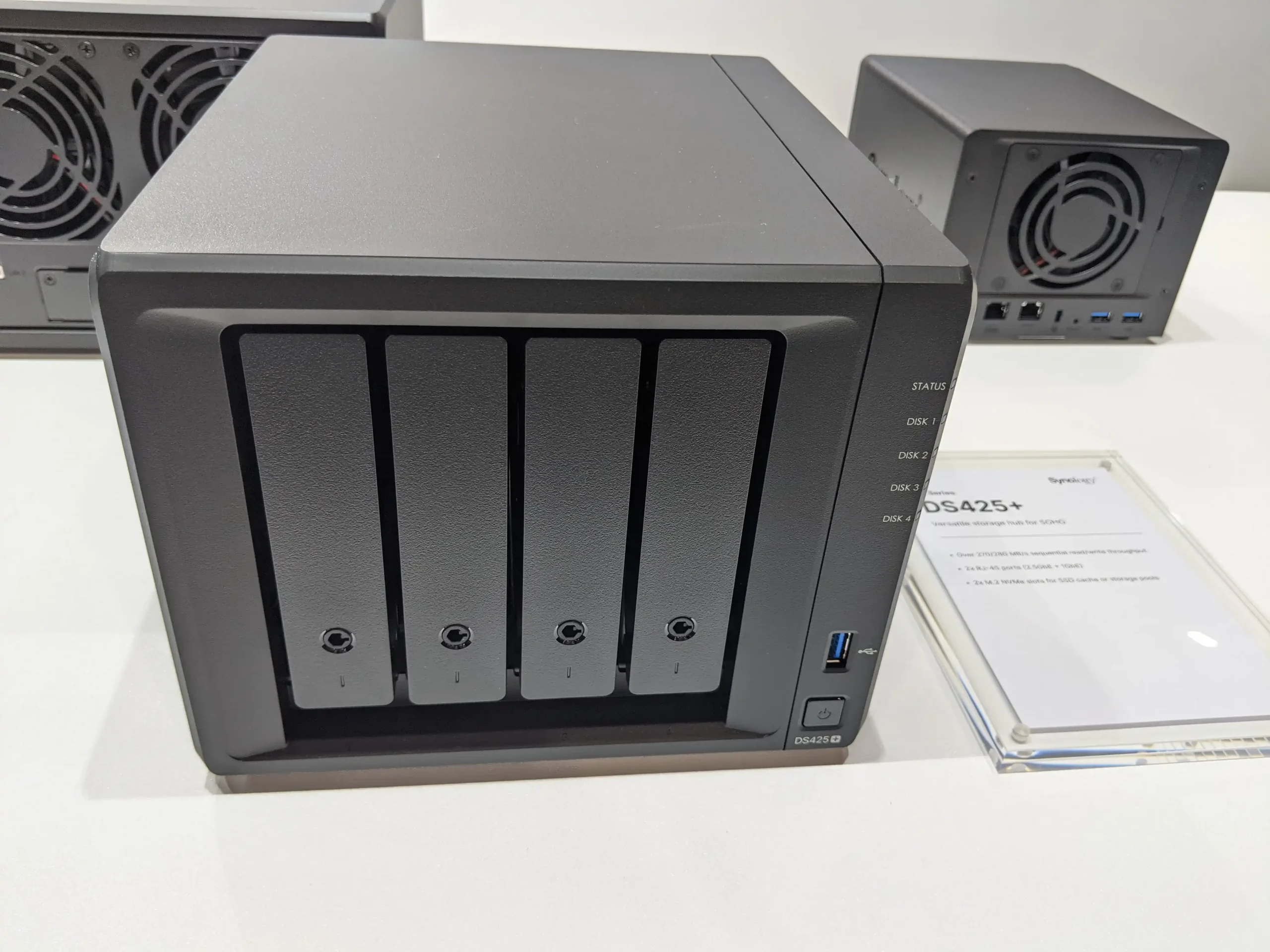

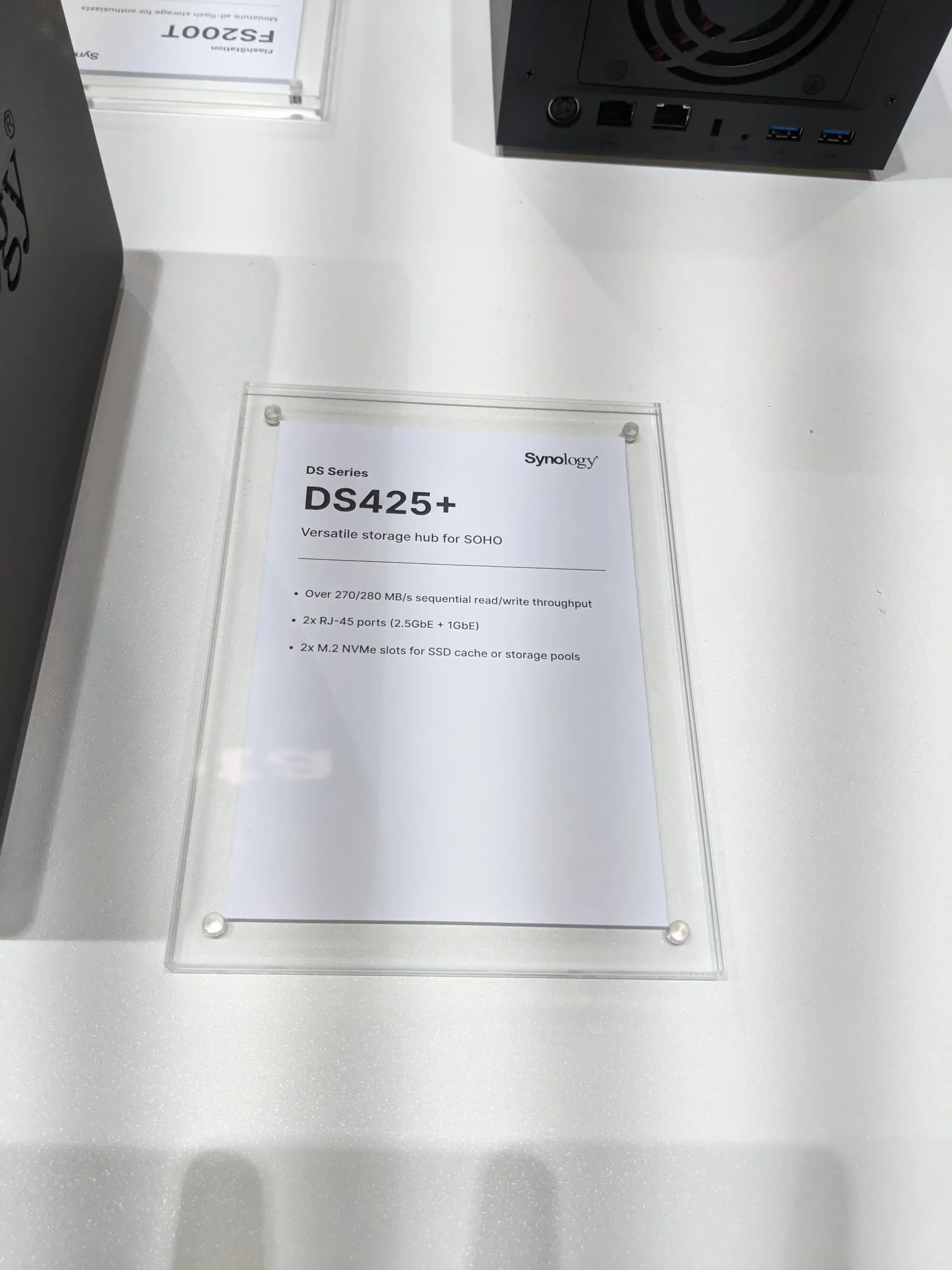
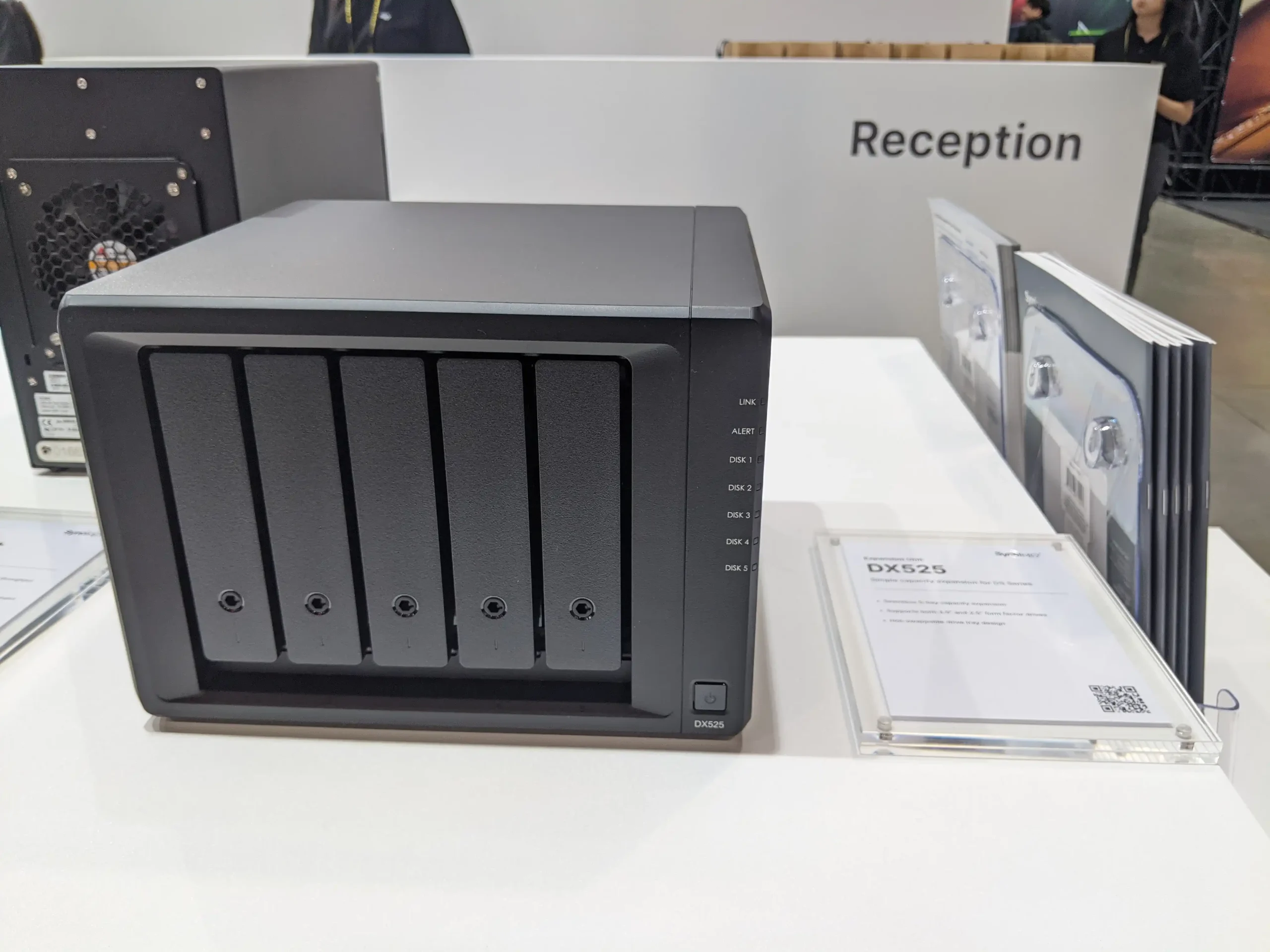
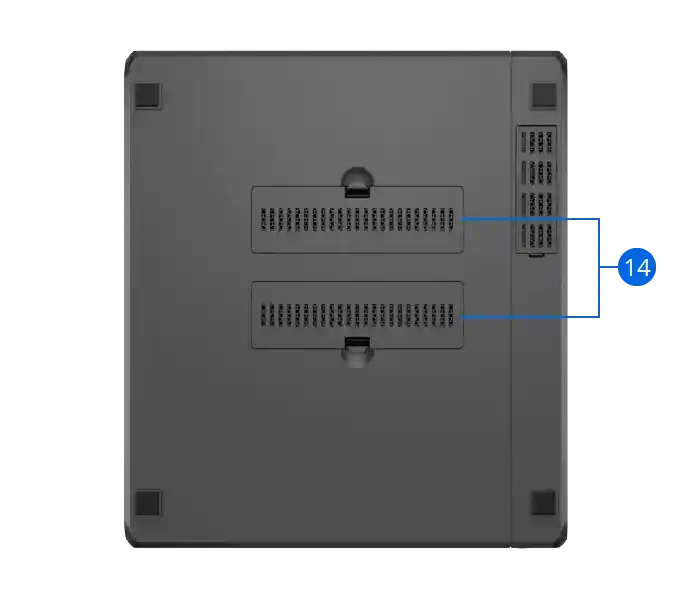
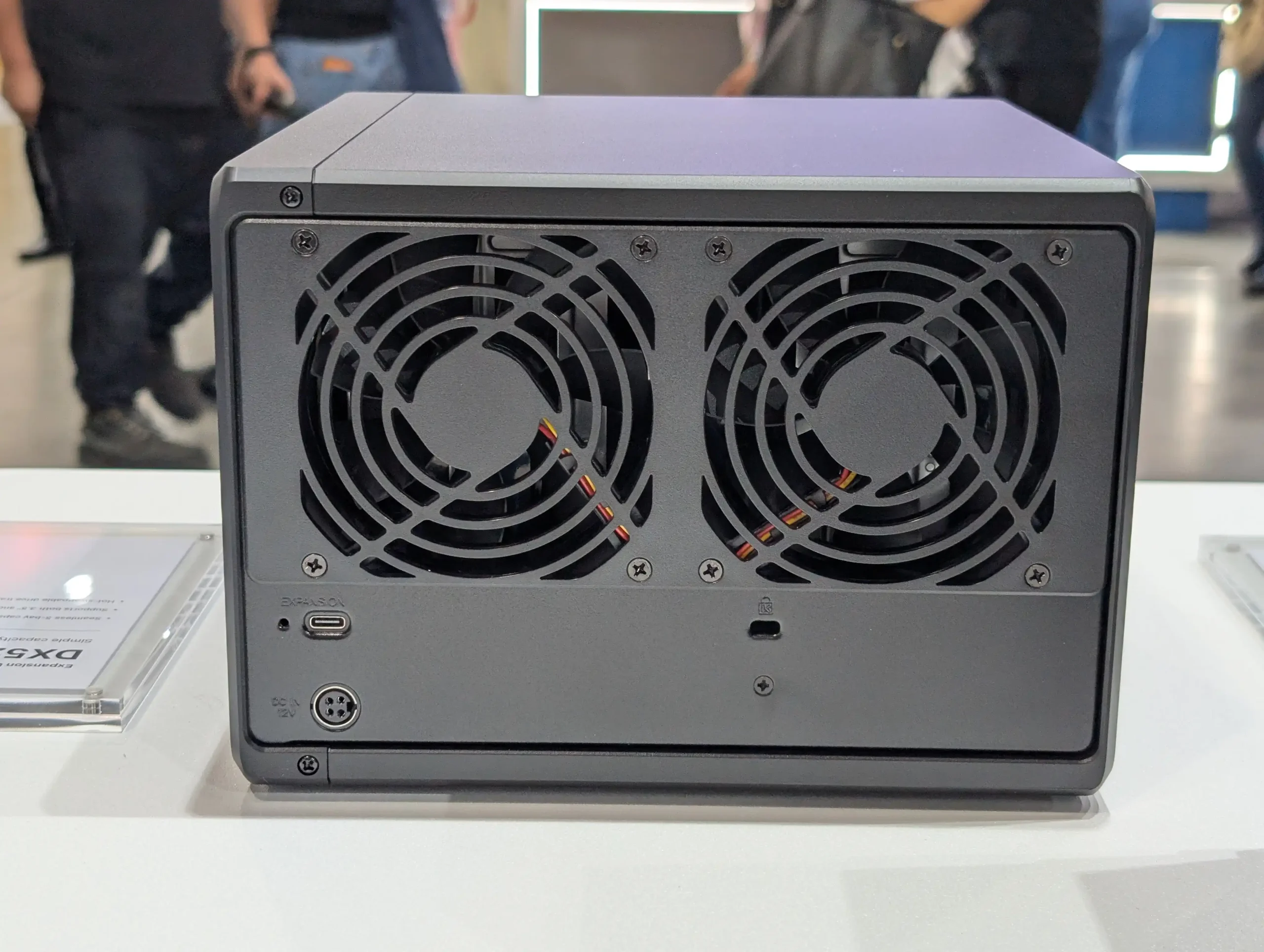
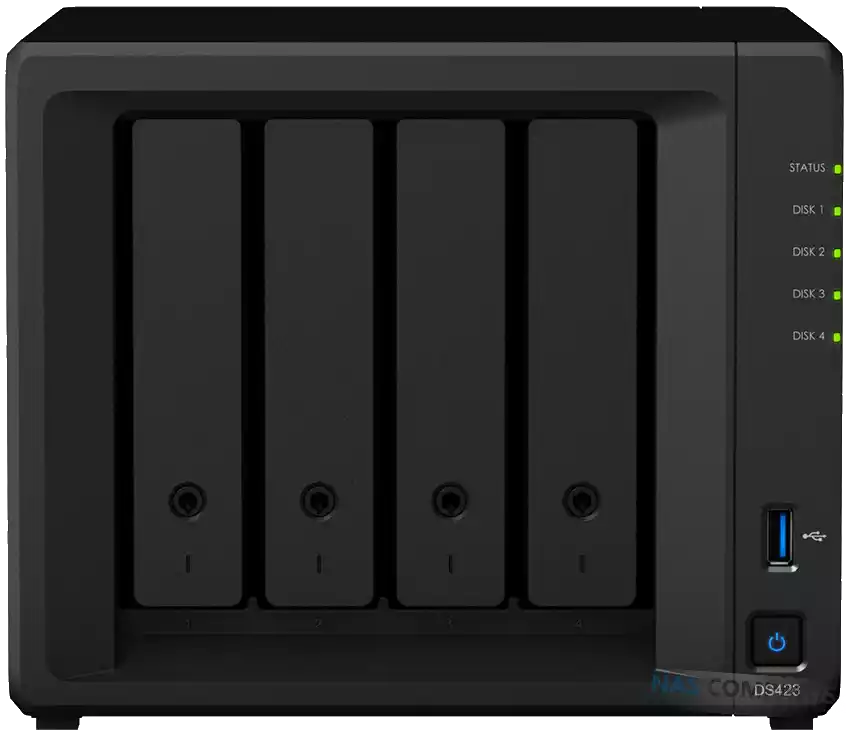


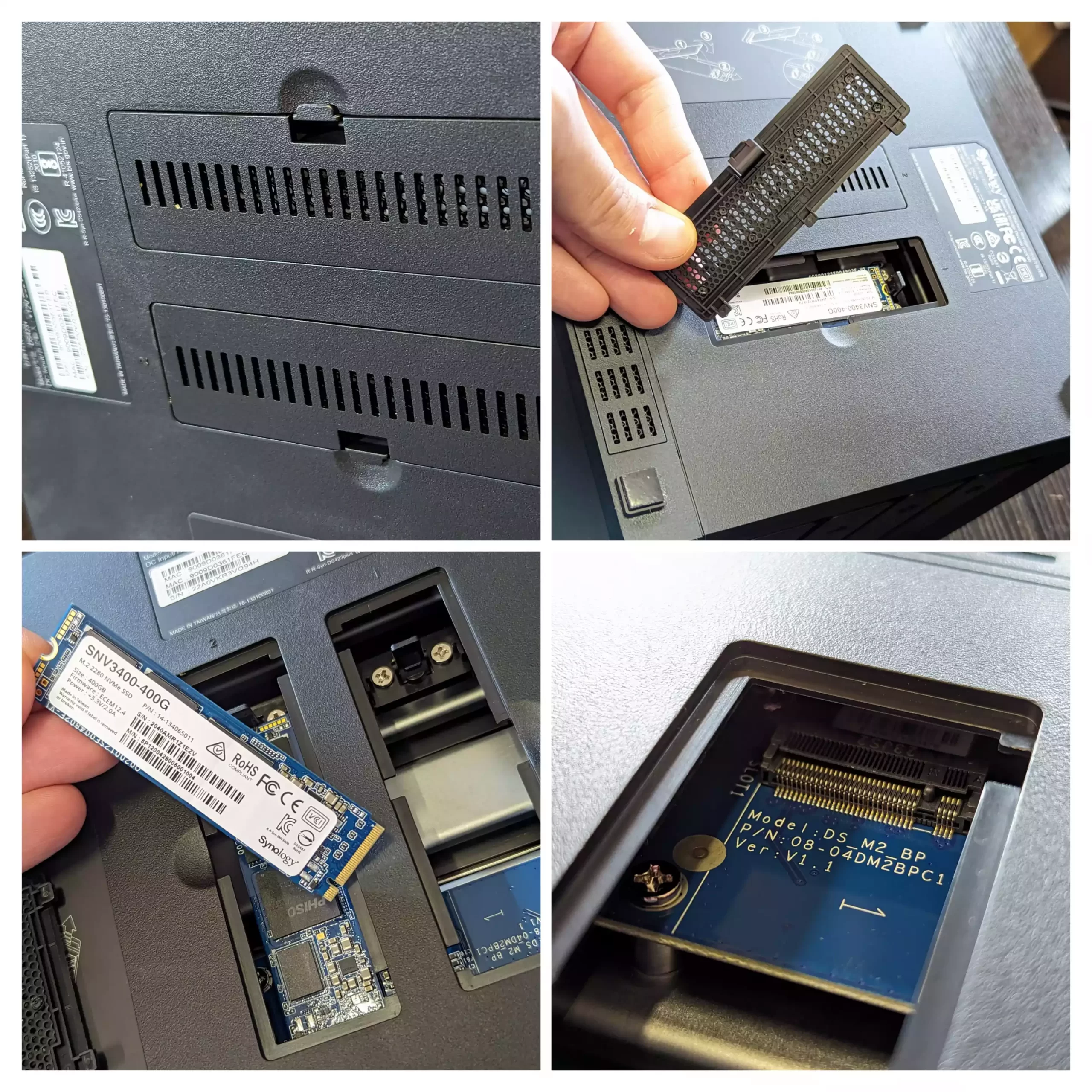

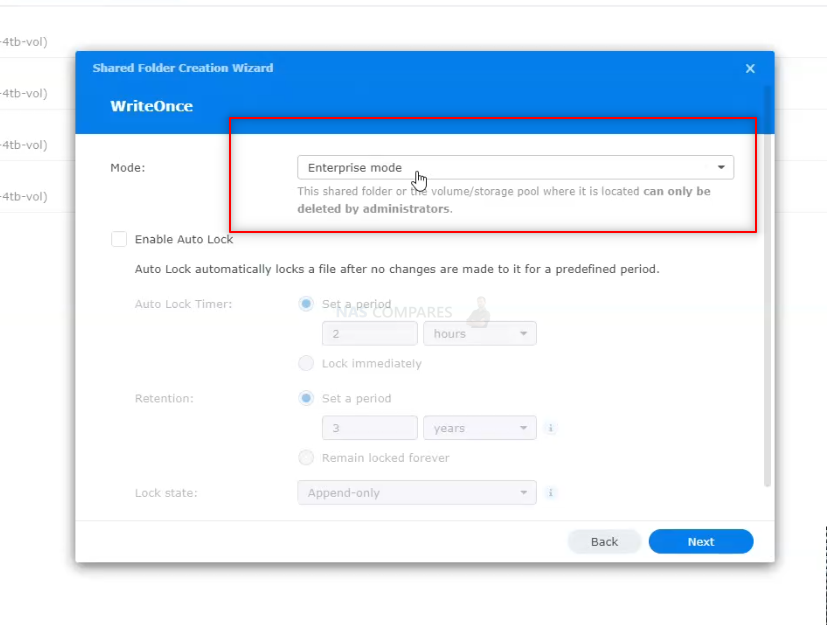



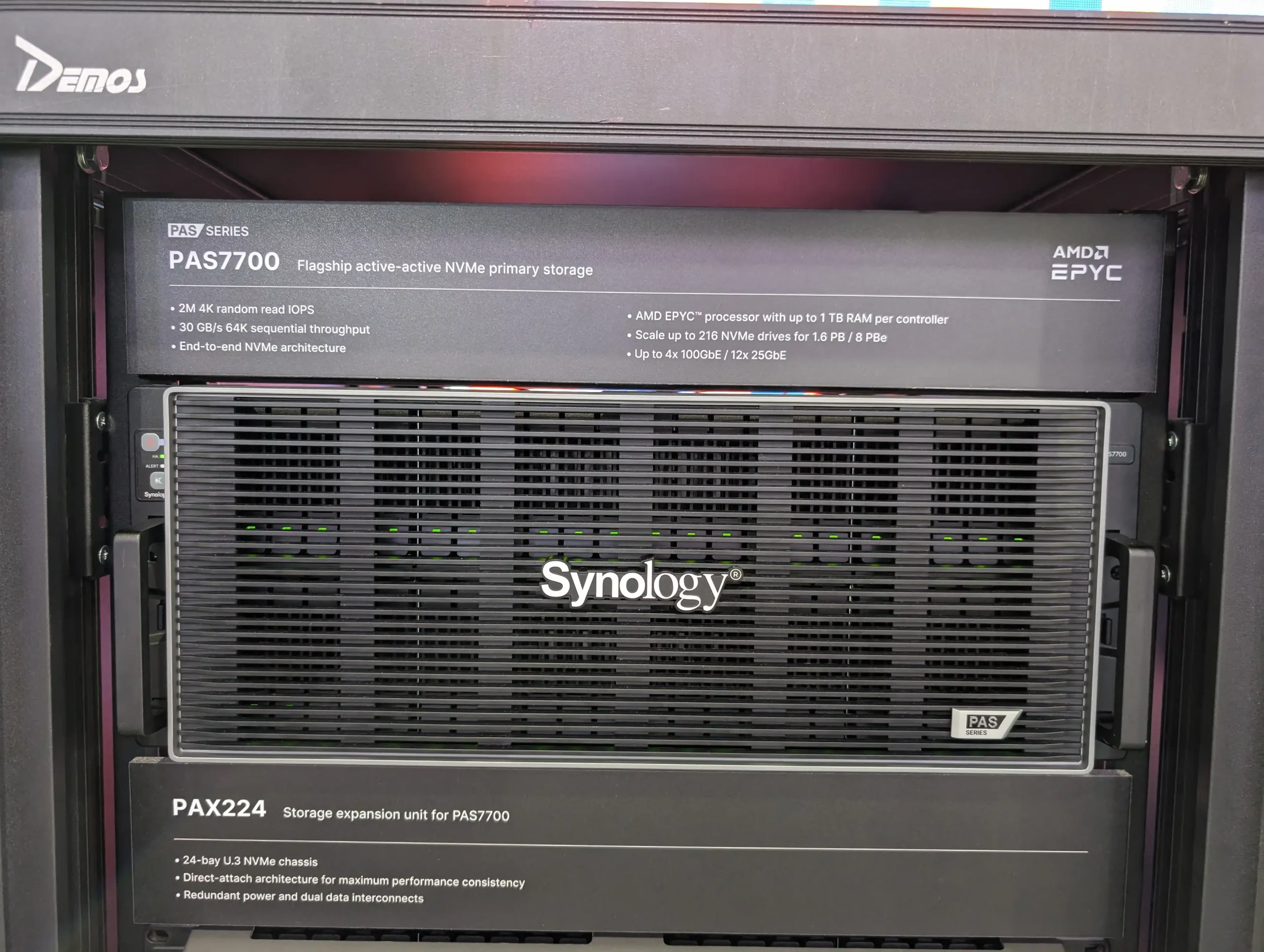 This ongoing shift in policy has raised concerns within the NAS community—especially among users who rely on third-party drives for flexibility and cost-effectiveness. Messaging around this storage validation system remains inconsistent, with key technical and strategic details still unclear. Nonetheless, this year’s lineup confirms Synology’s intent to consolidate hardware and media under its own ecosystem, even while expanding its presence into flash-first infrastructure and turnkey surveillance platforms.
This ongoing shift in policy has raised concerns within the NAS community—especially among users who rely on third-party drives for flexibility and cost-effectiveness. Messaging around this storage validation system remains inconsistent, with key technical and strategic details still unclear. Nonetheless, this year’s lineup confirms Synology’s intent to consolidate hardware and media under its own ecosystem, even while expanding its presence into flash-first infrastructure and turnkey surveillance platforms.
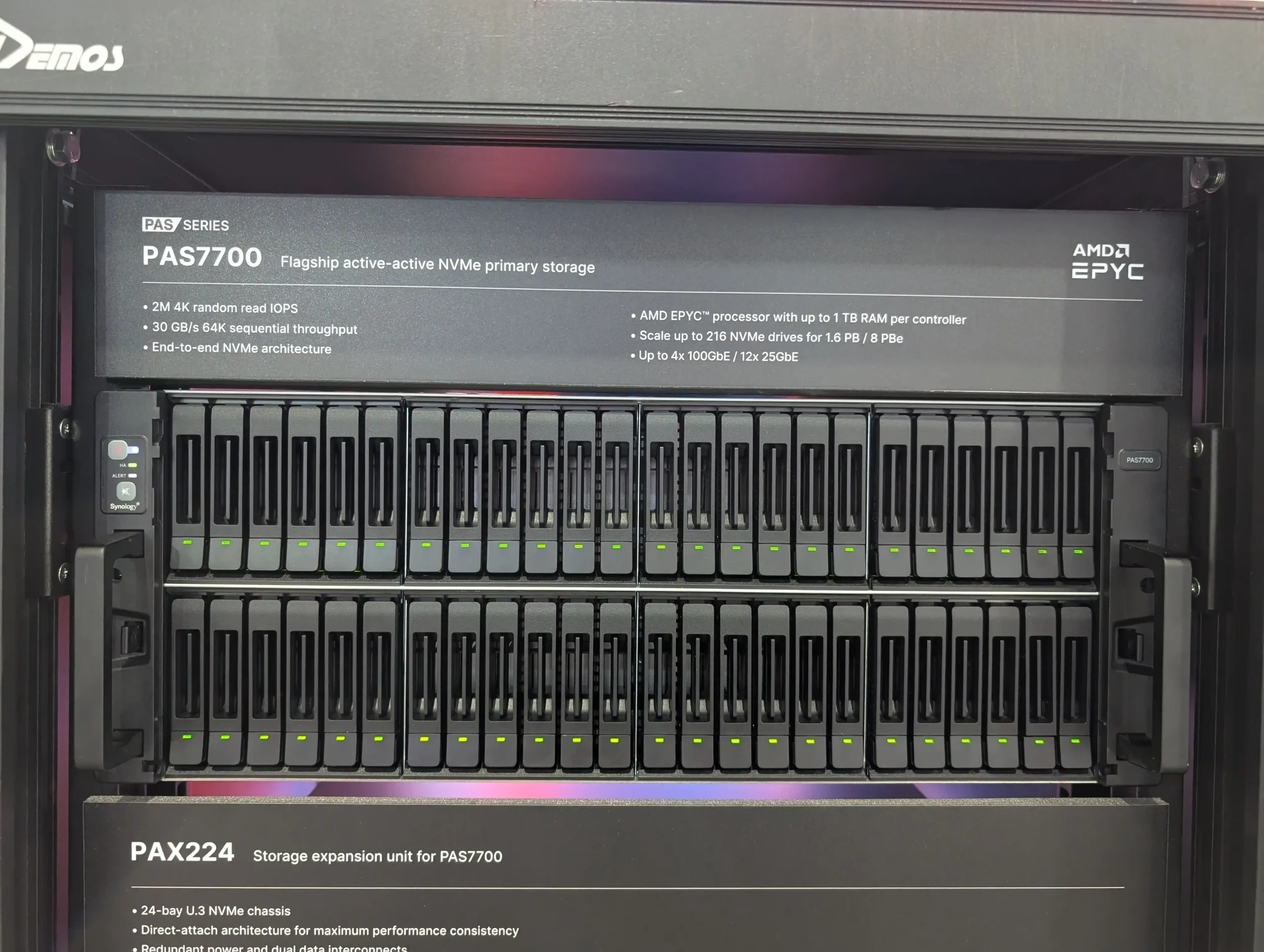
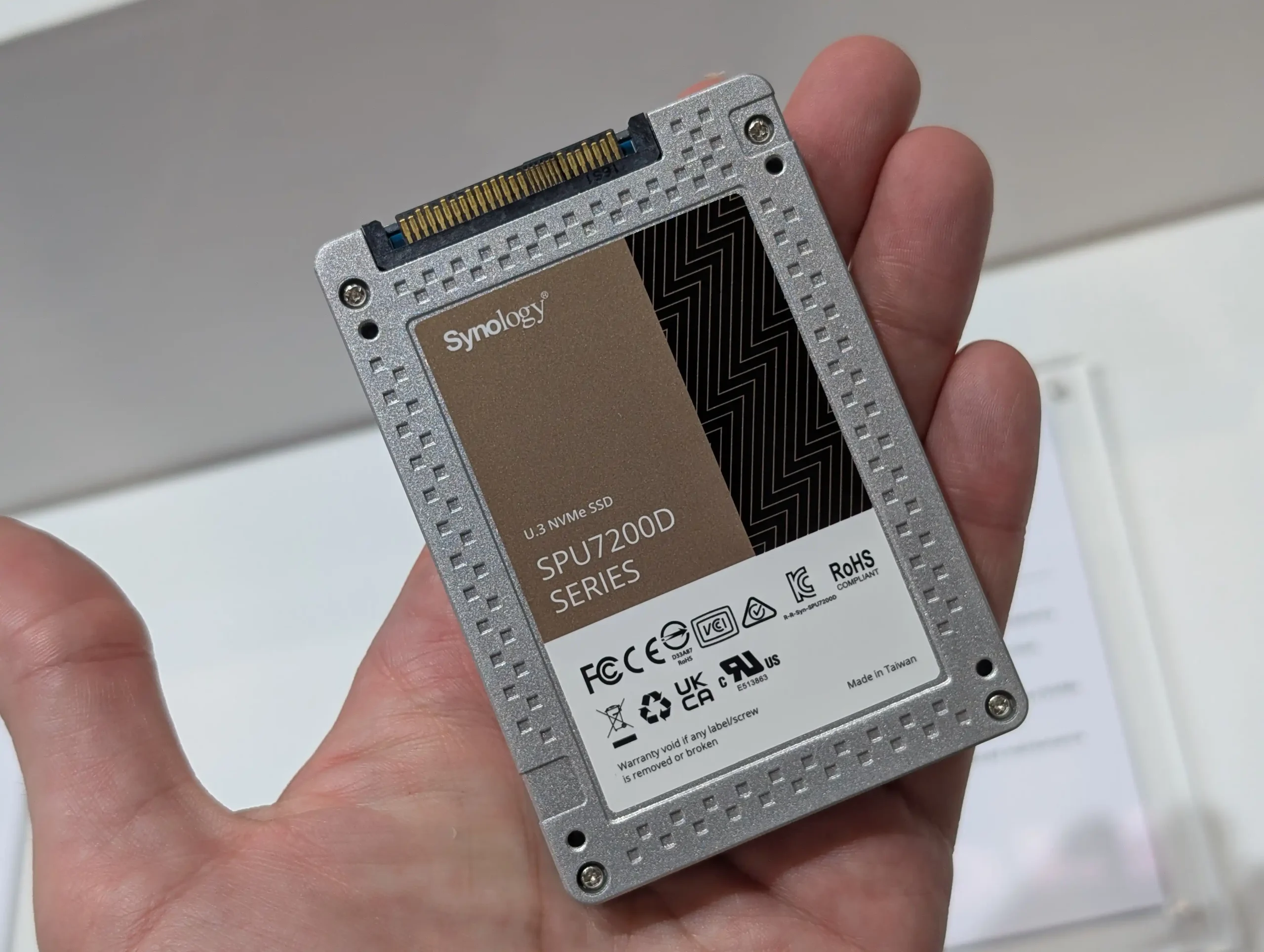

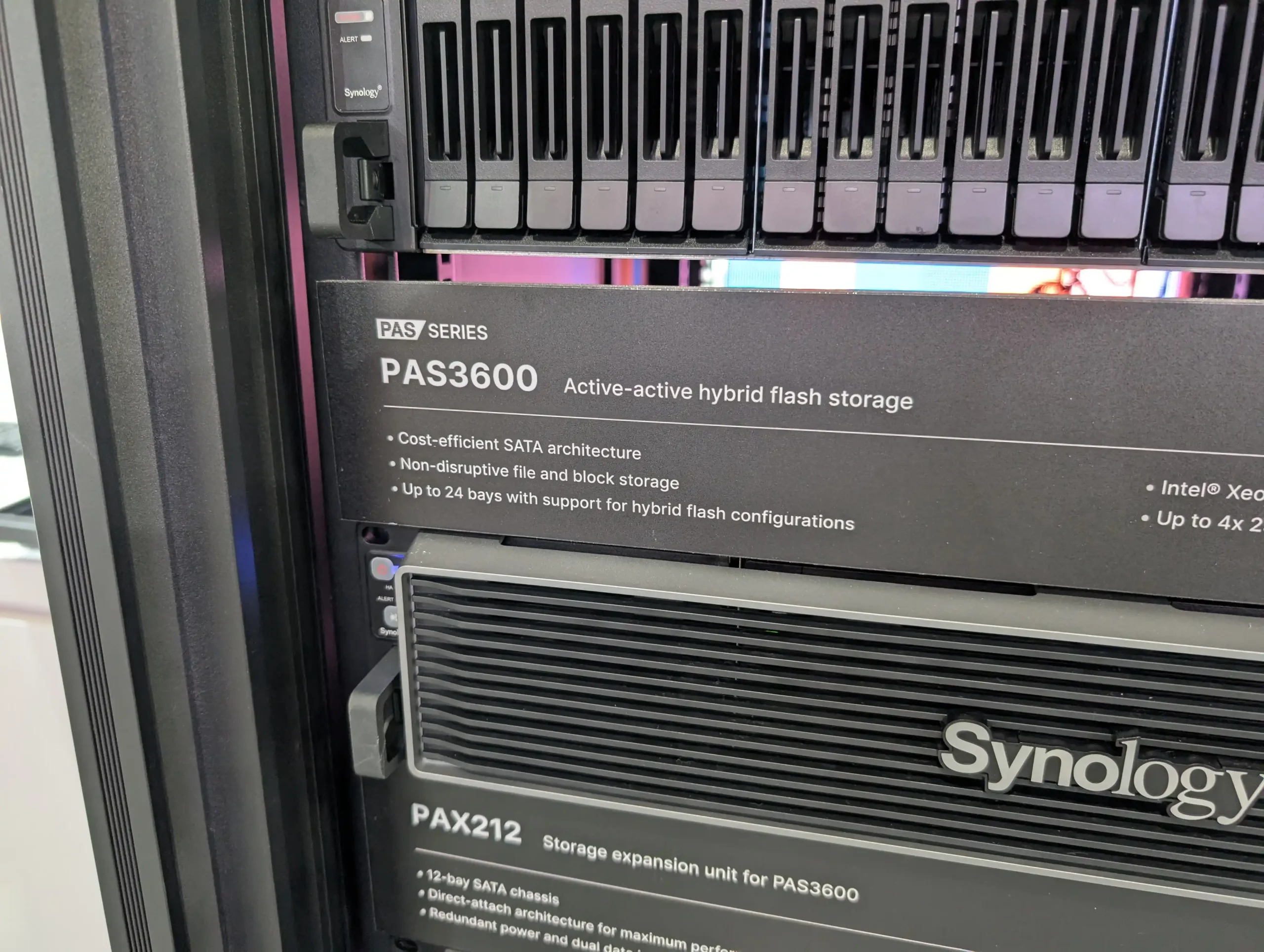
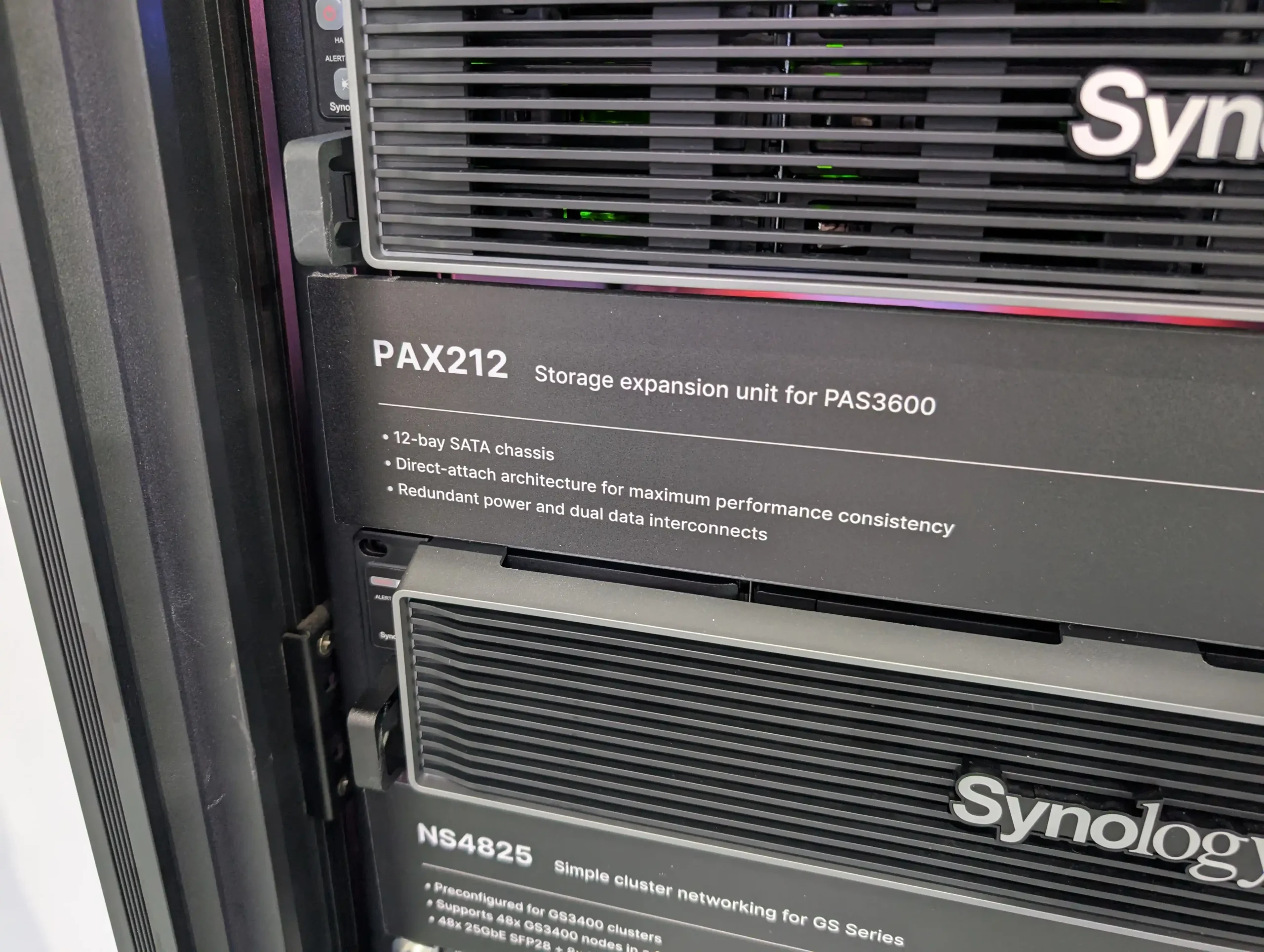
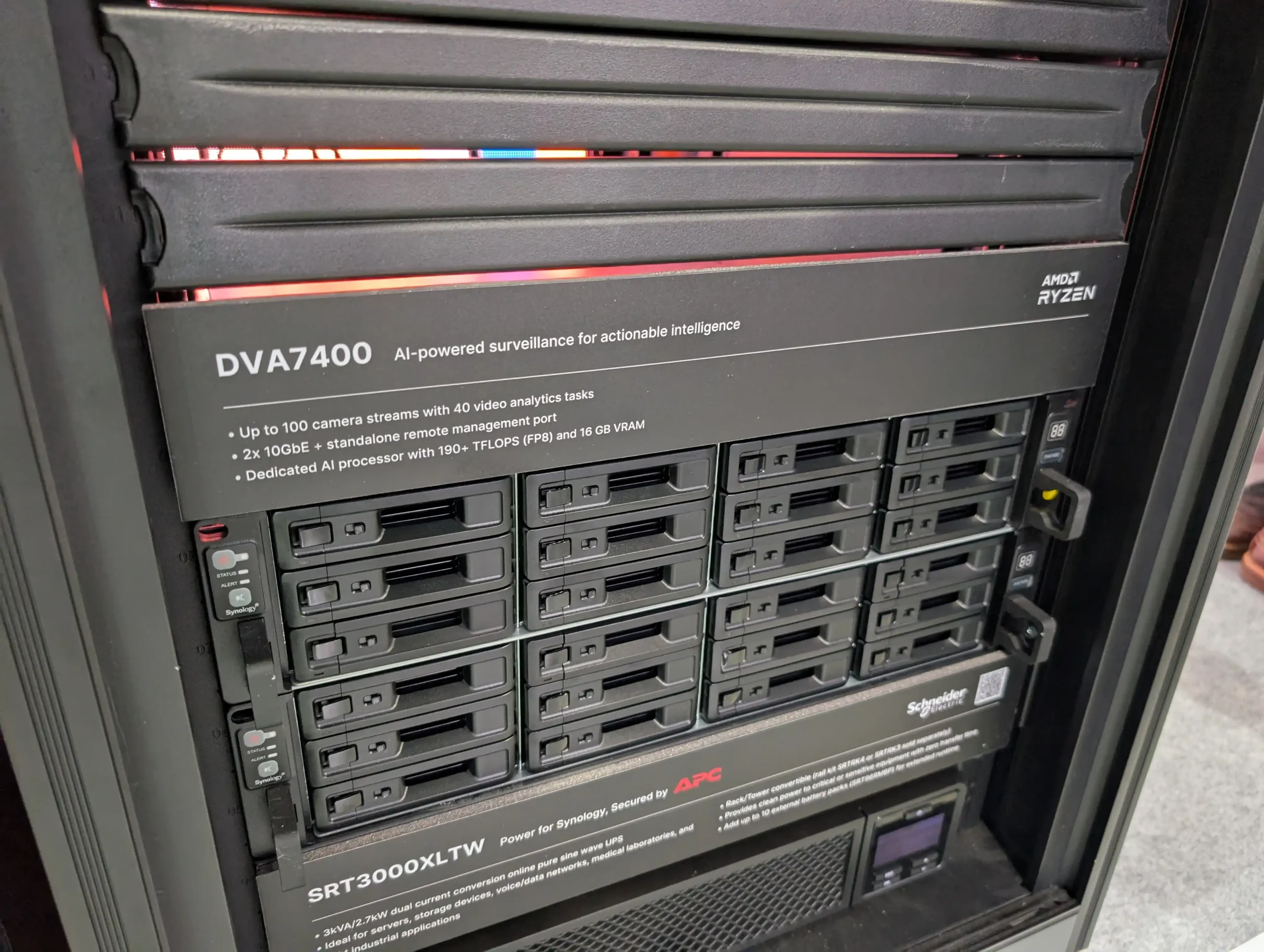
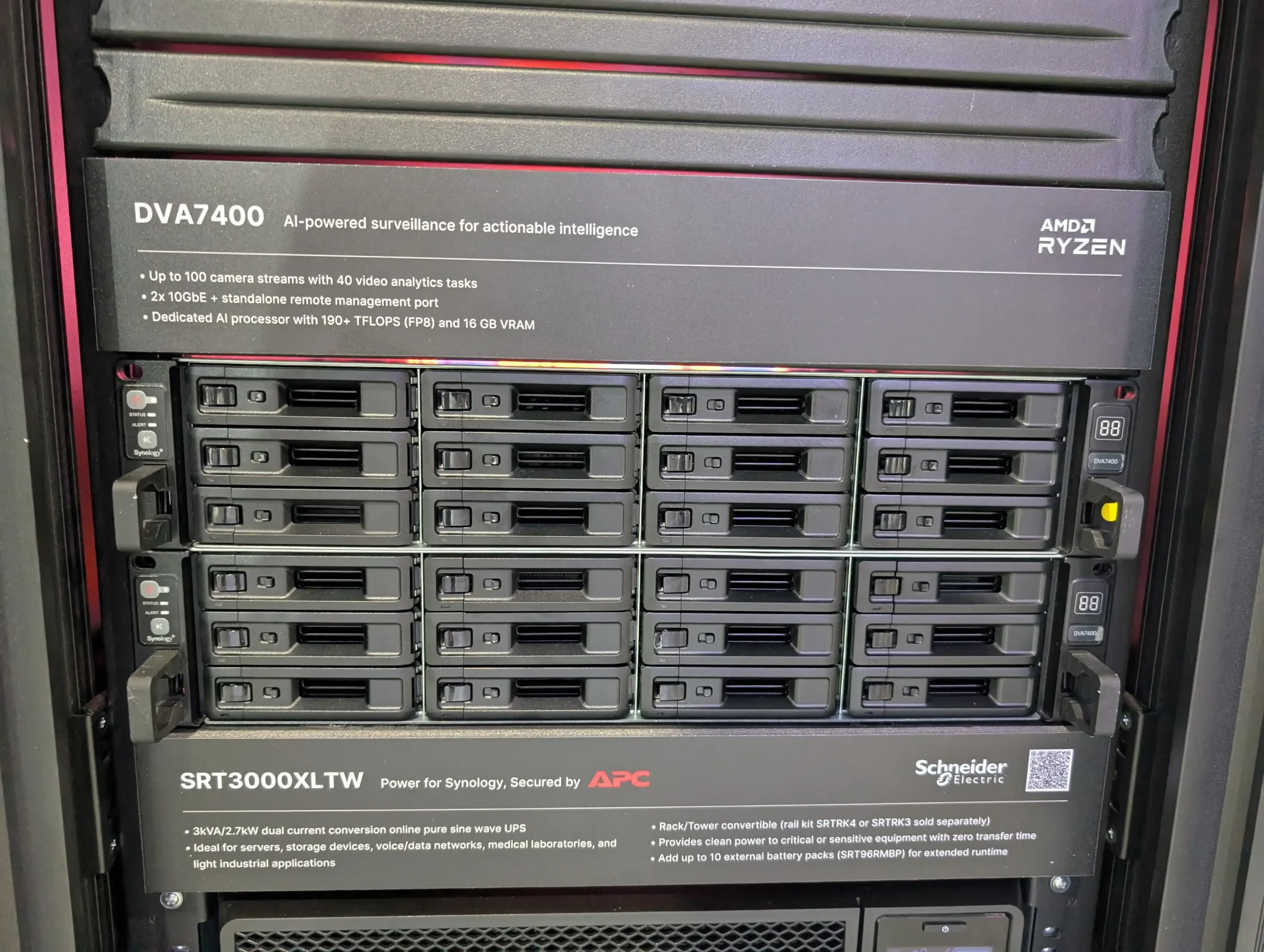
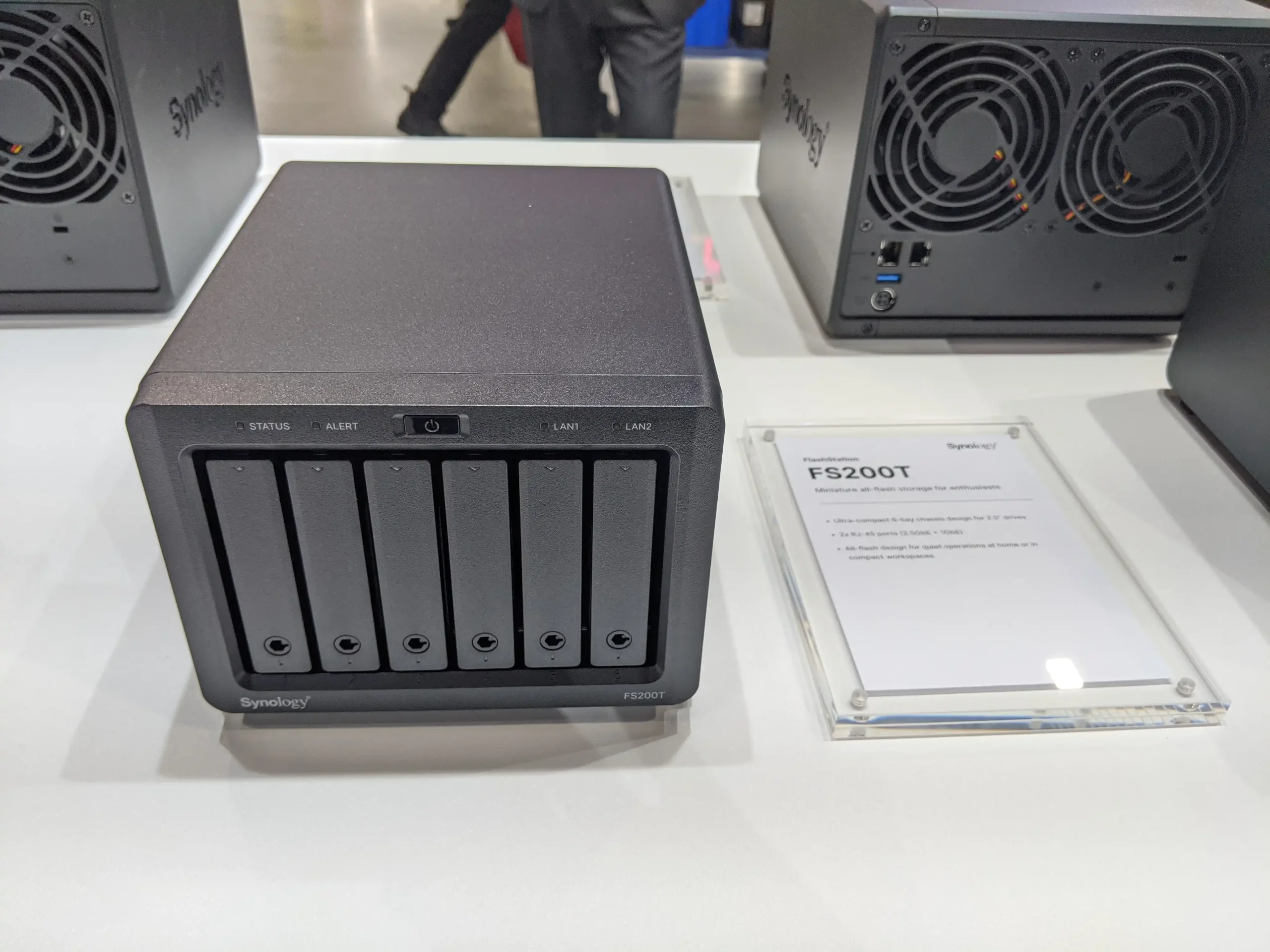
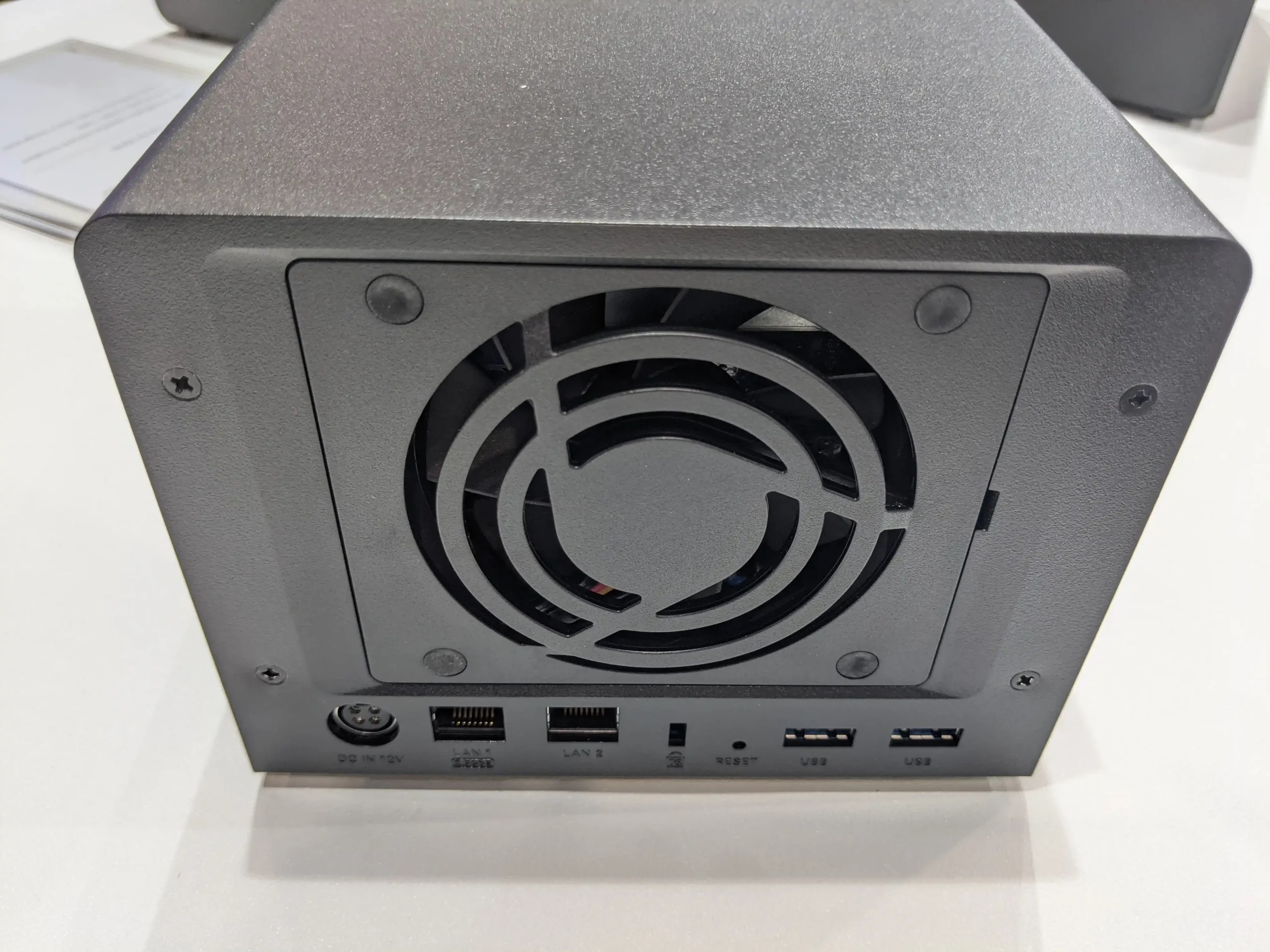
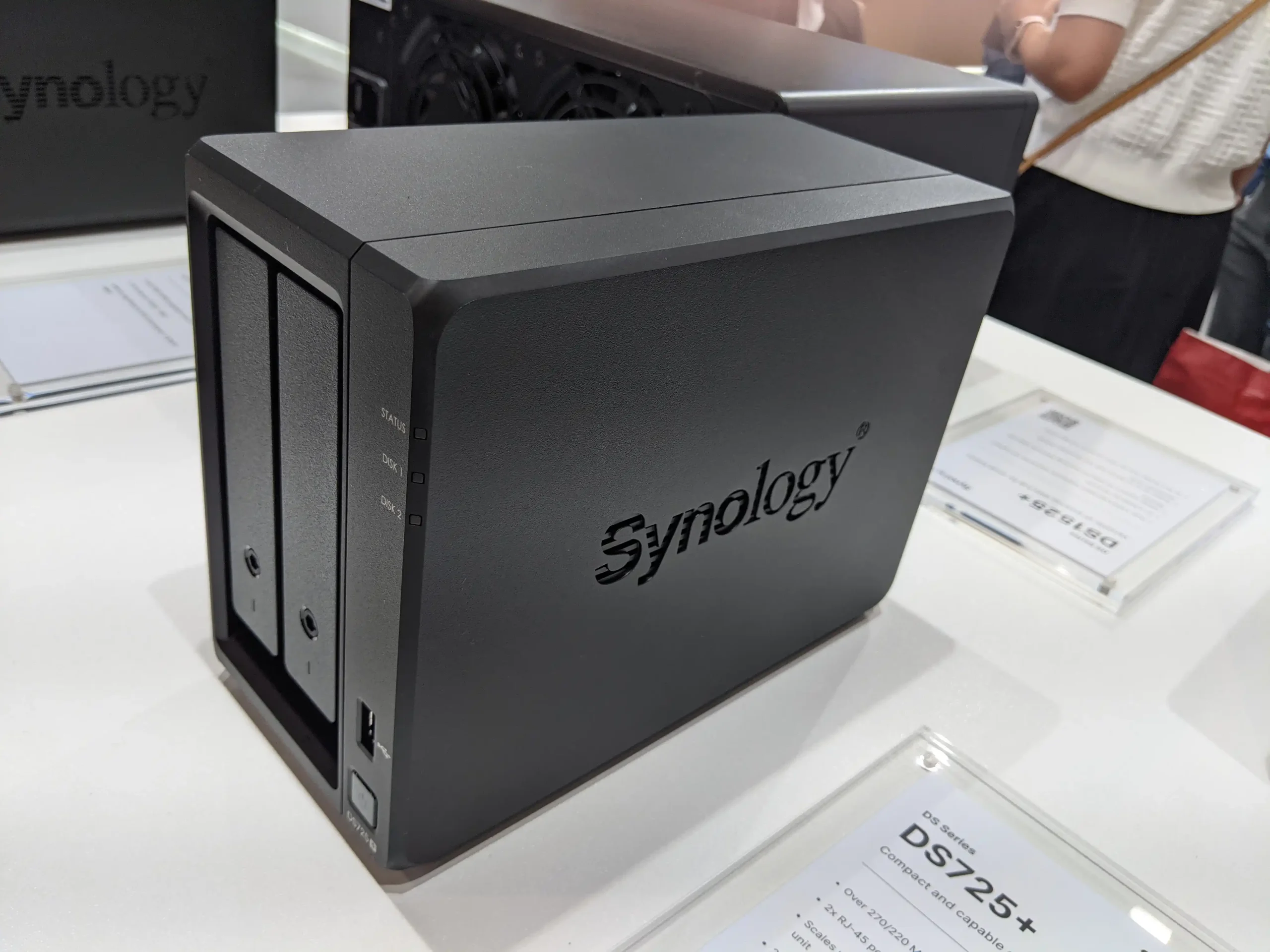
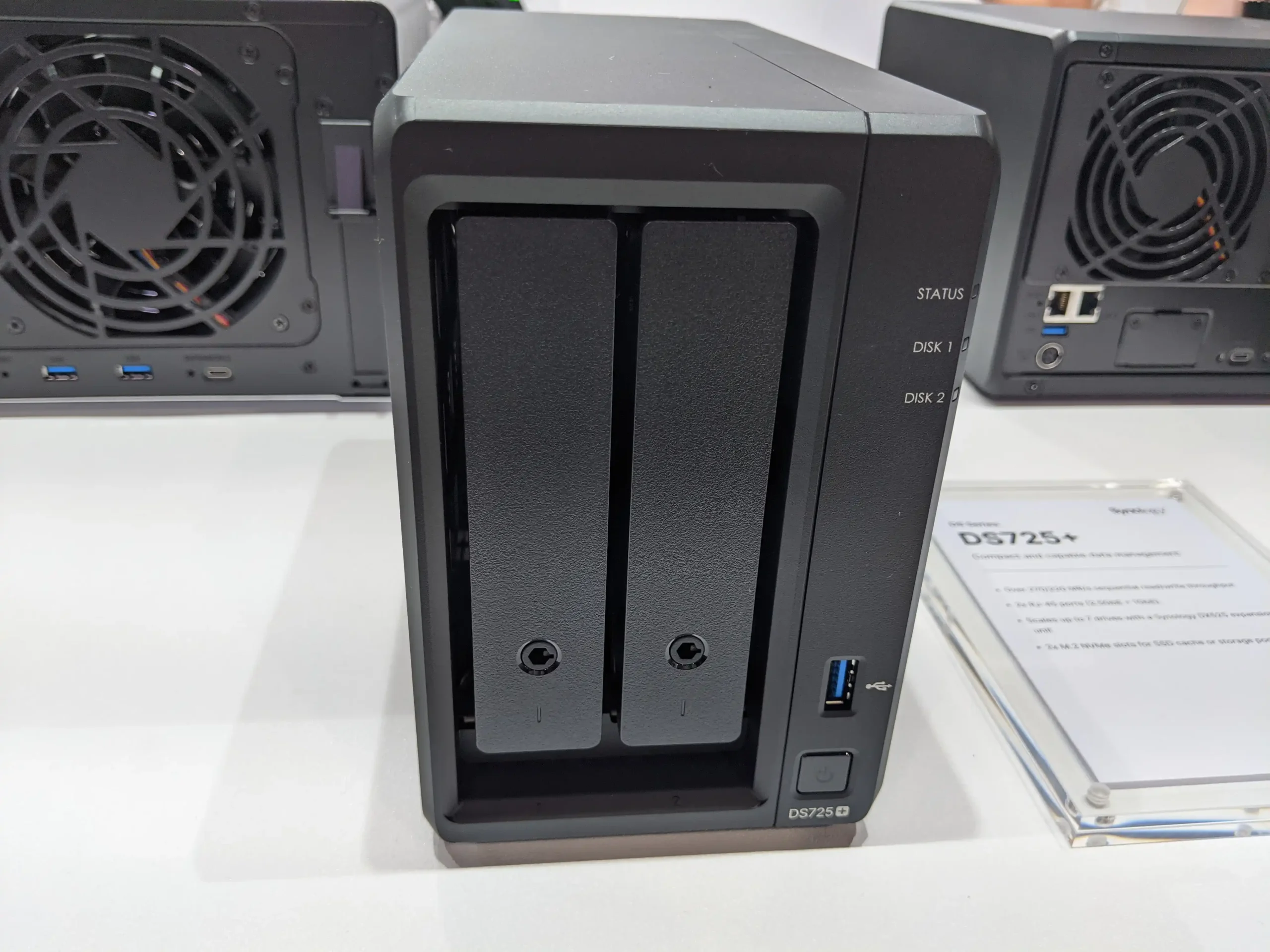
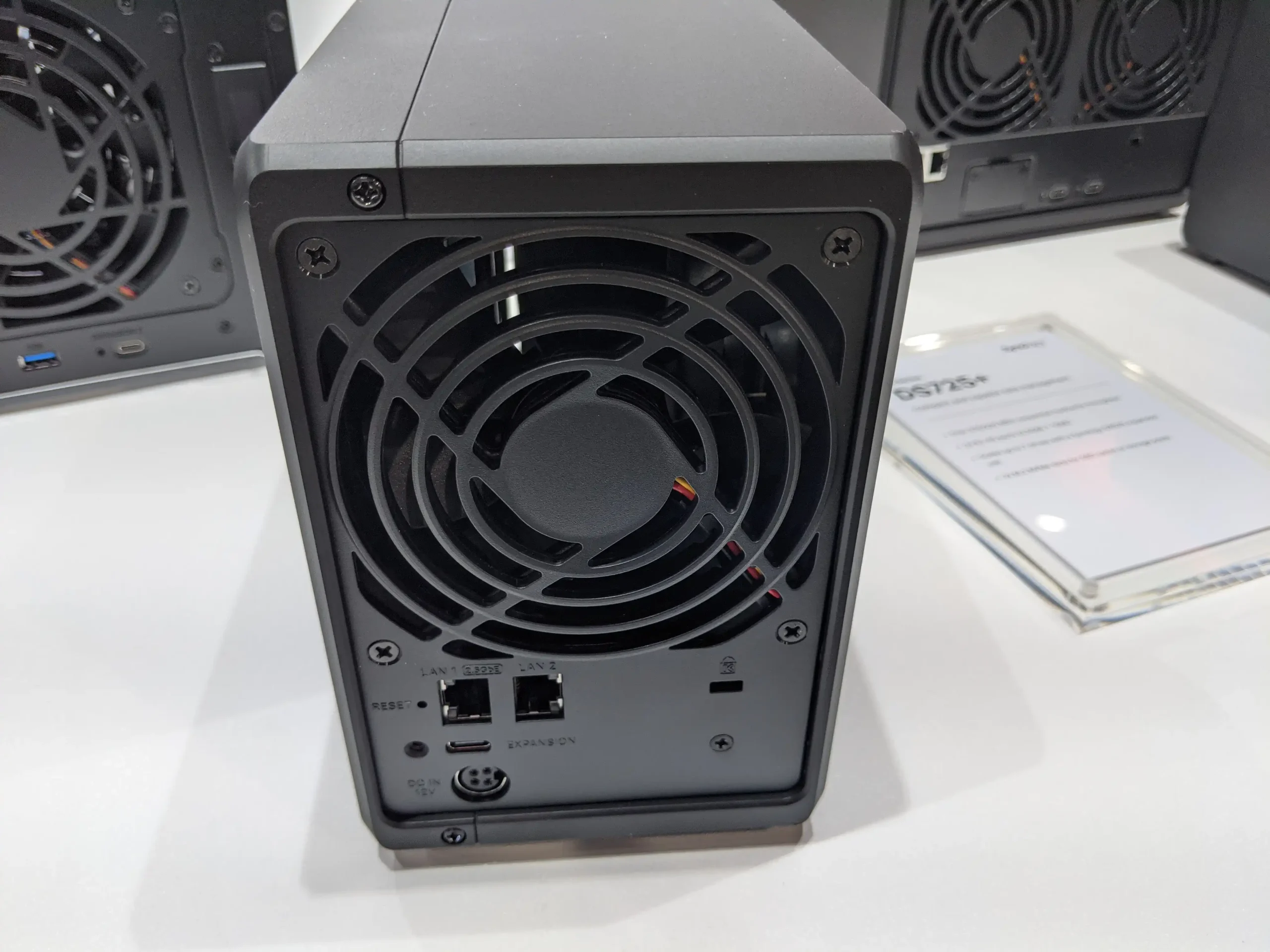
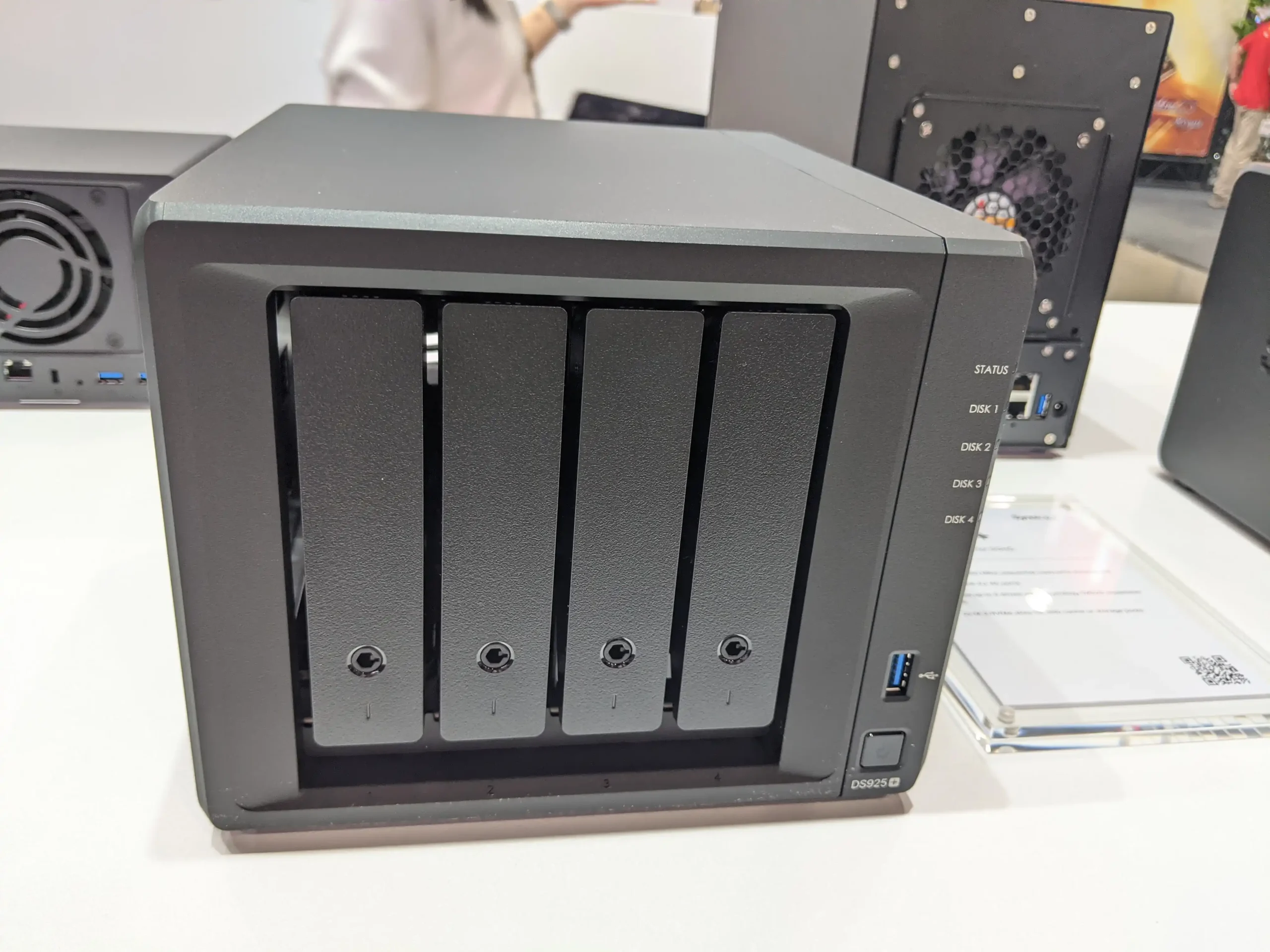
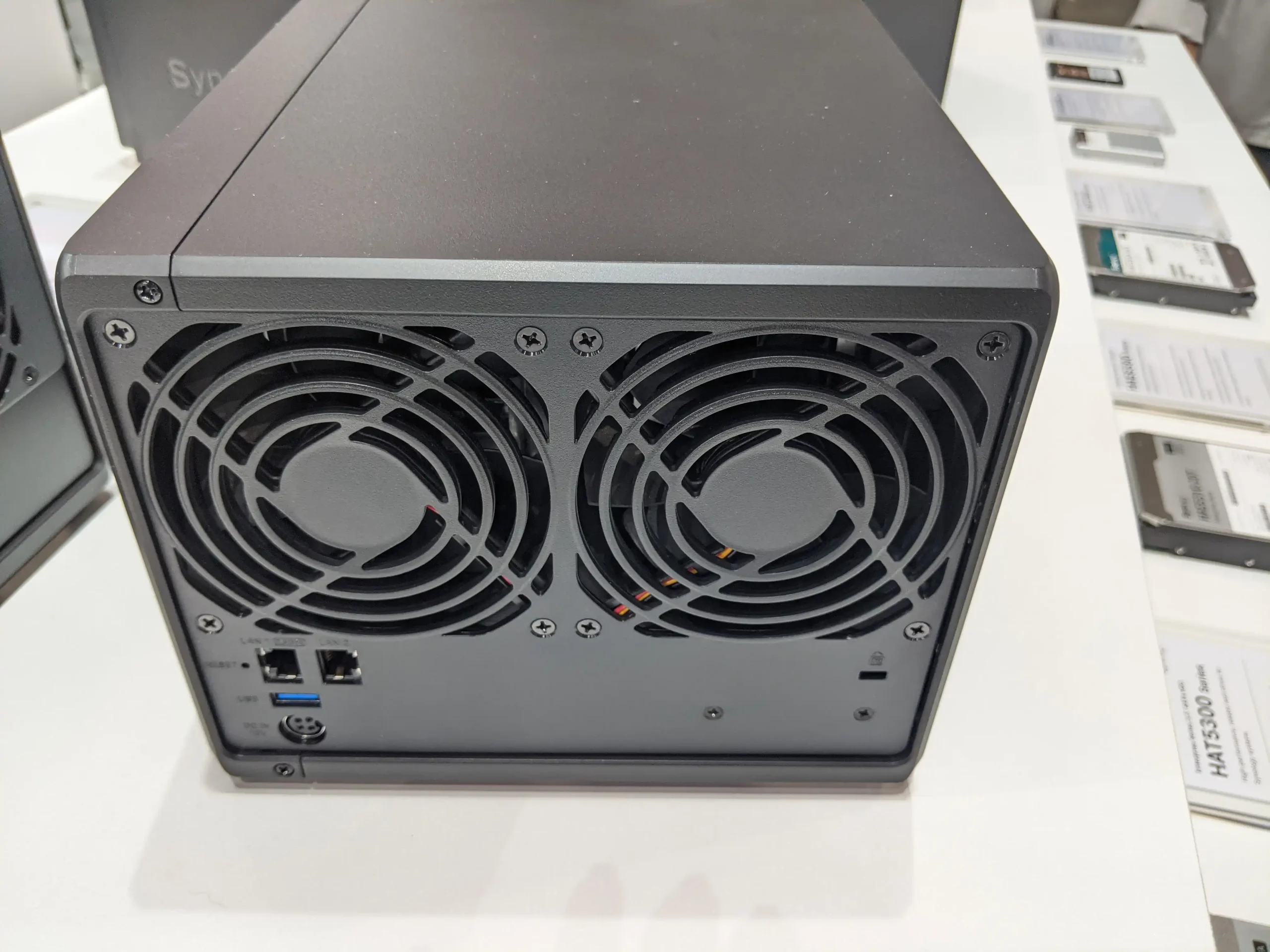
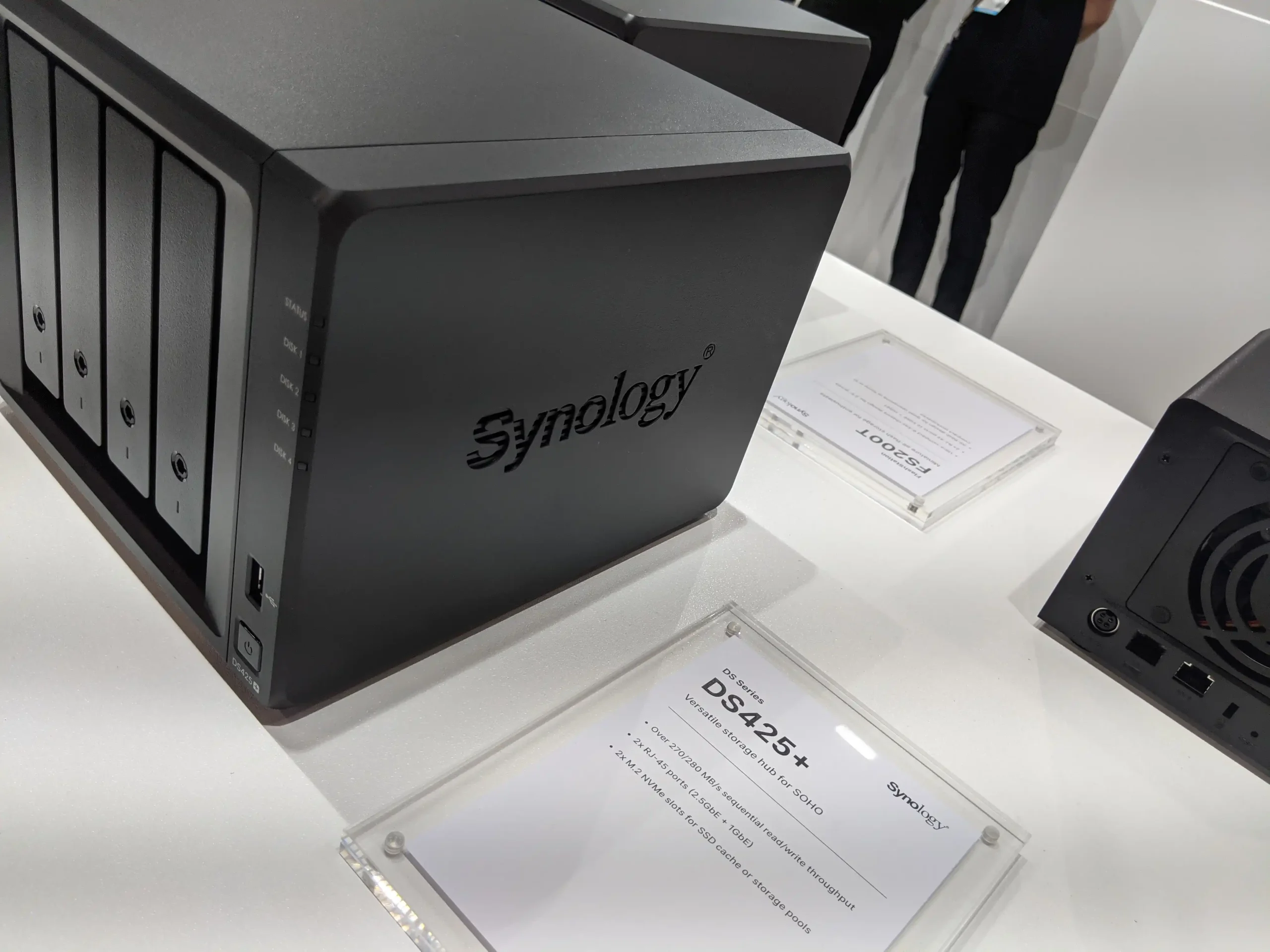
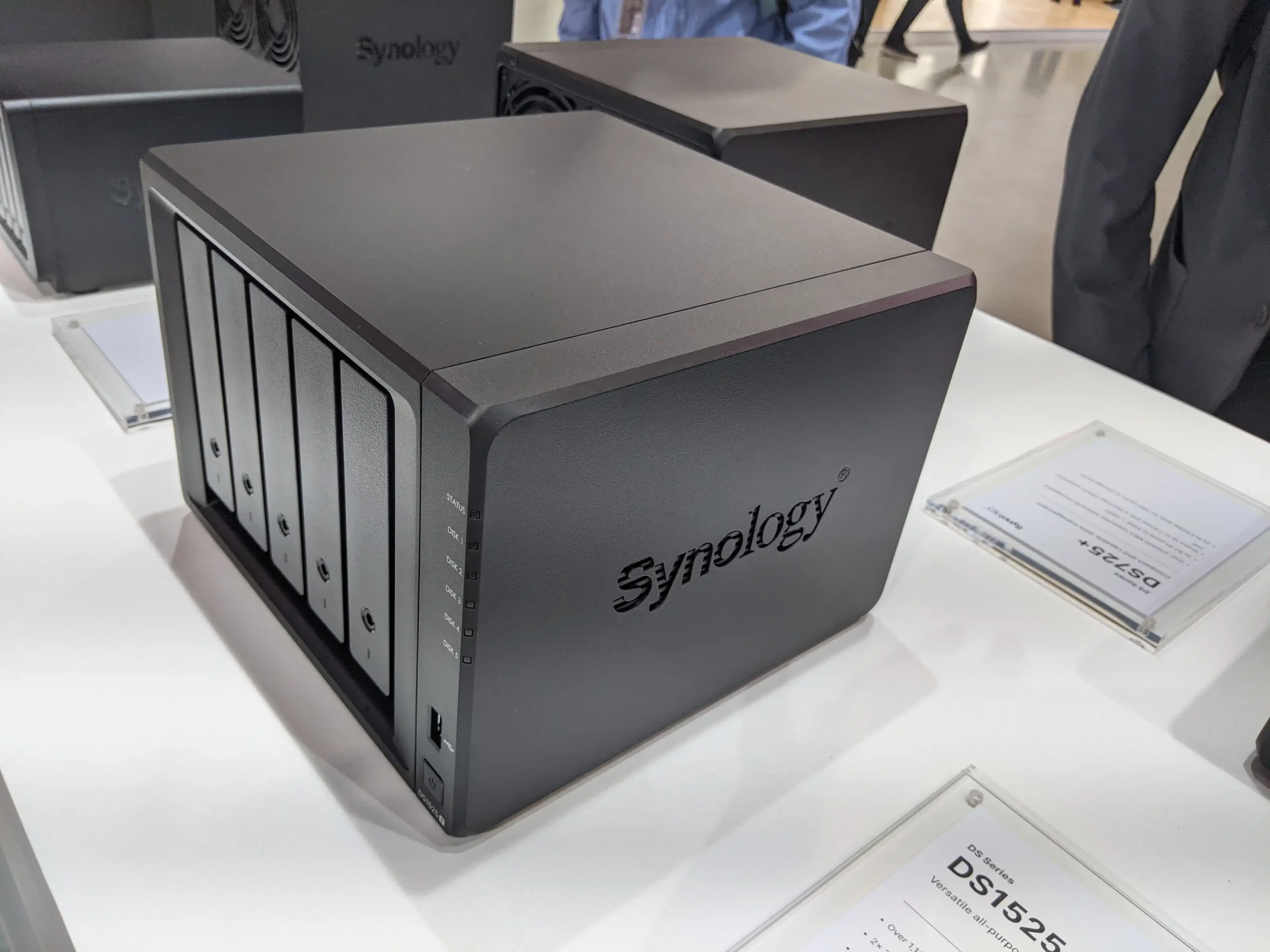
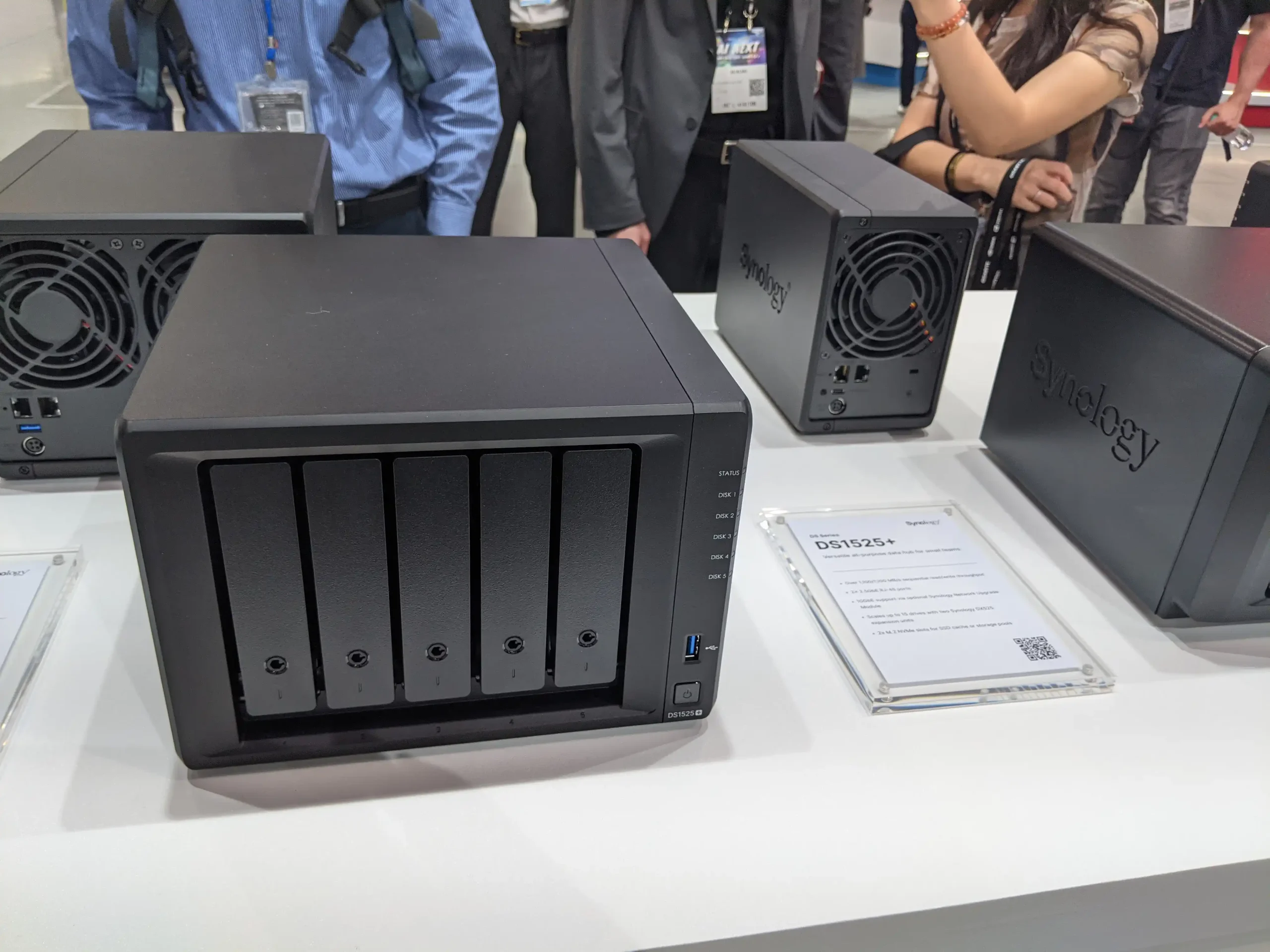


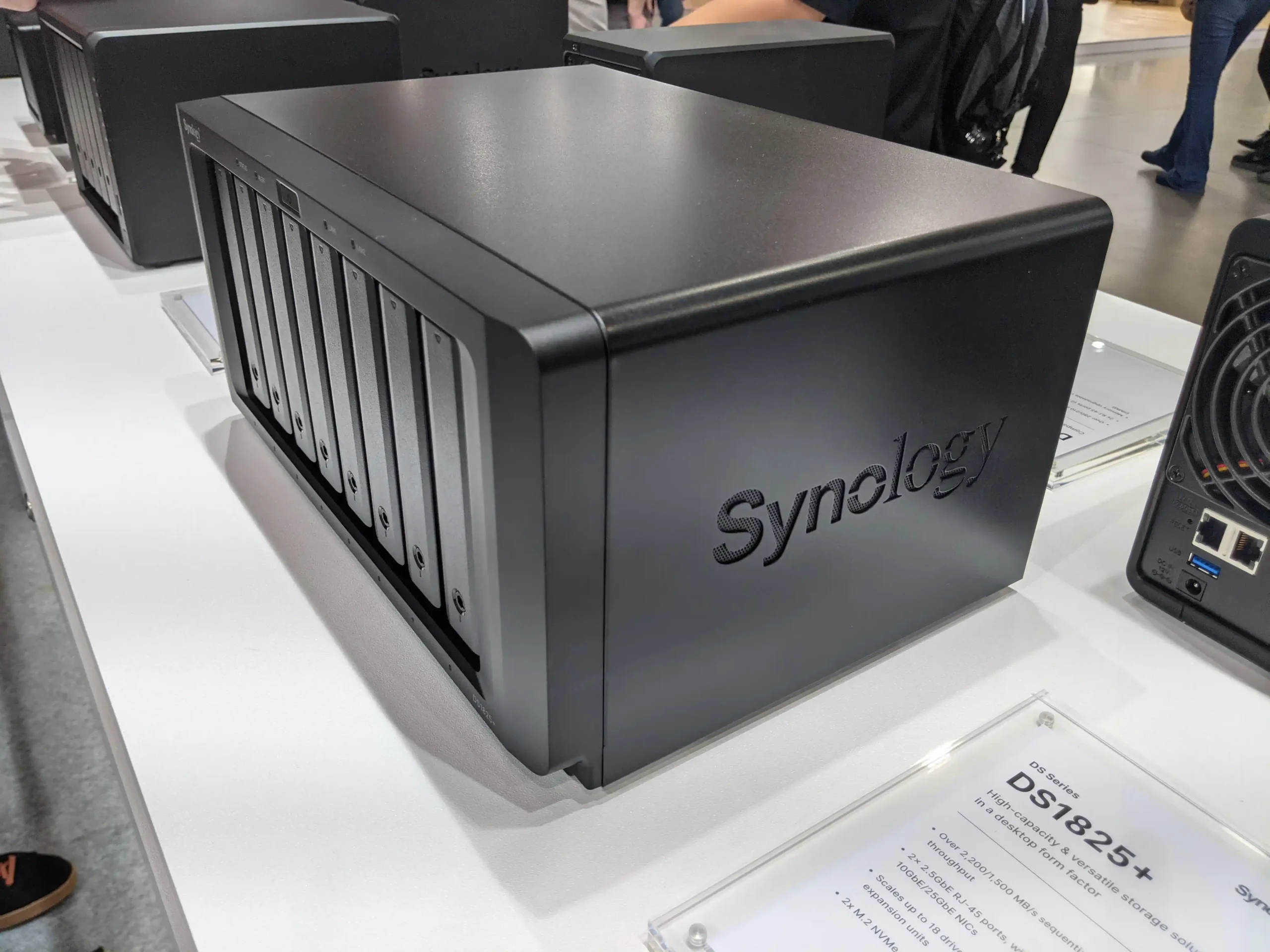
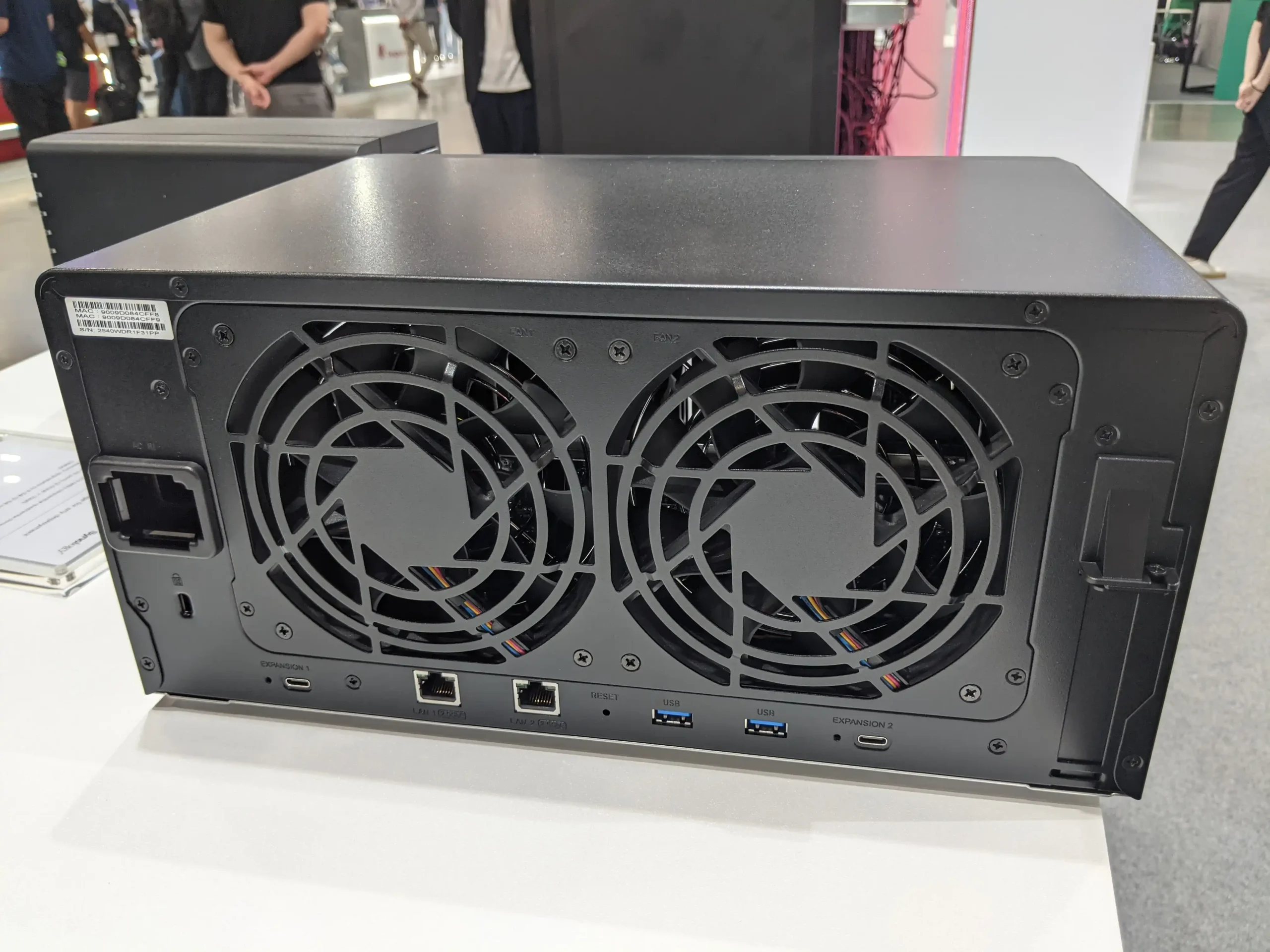
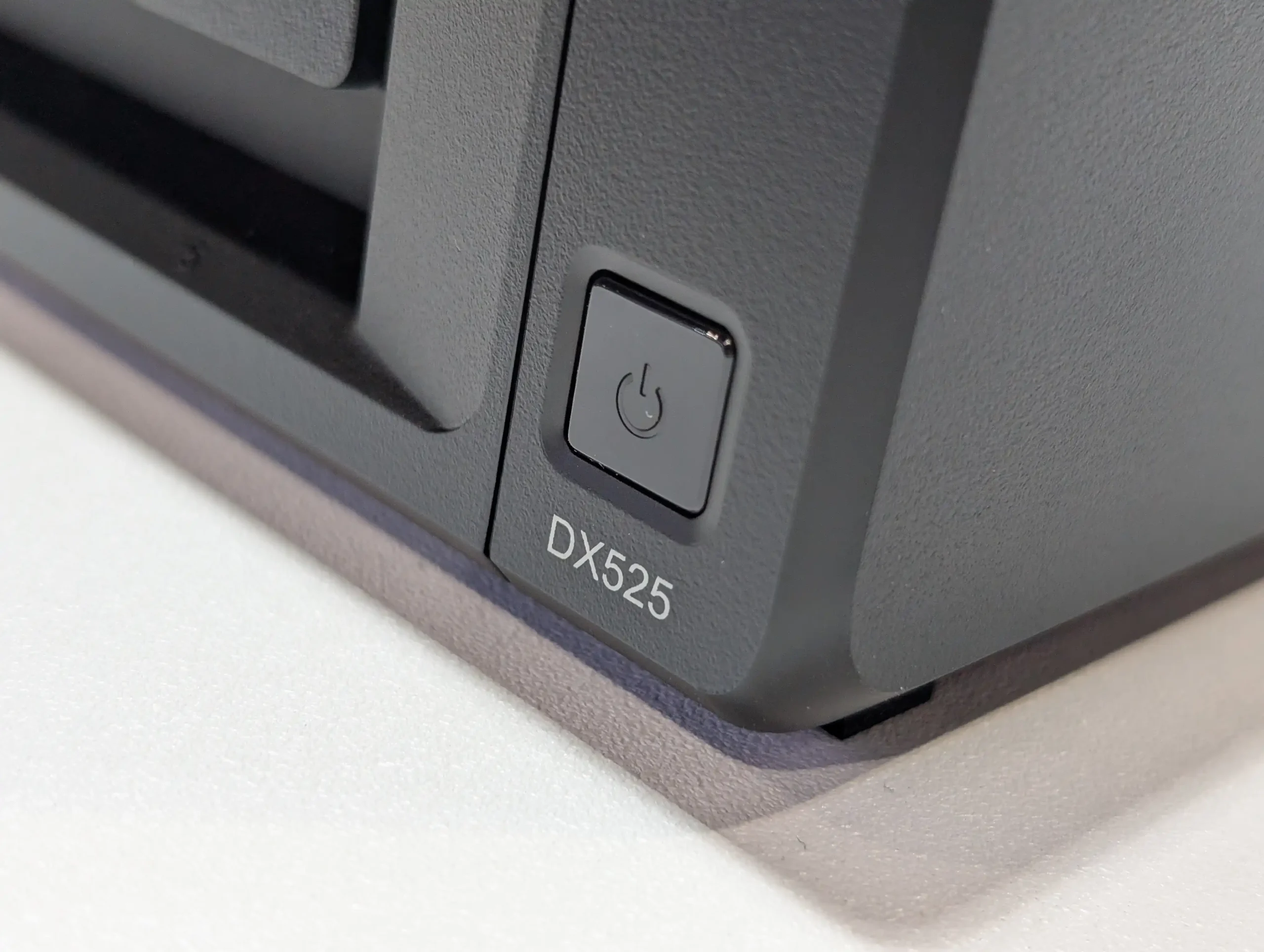
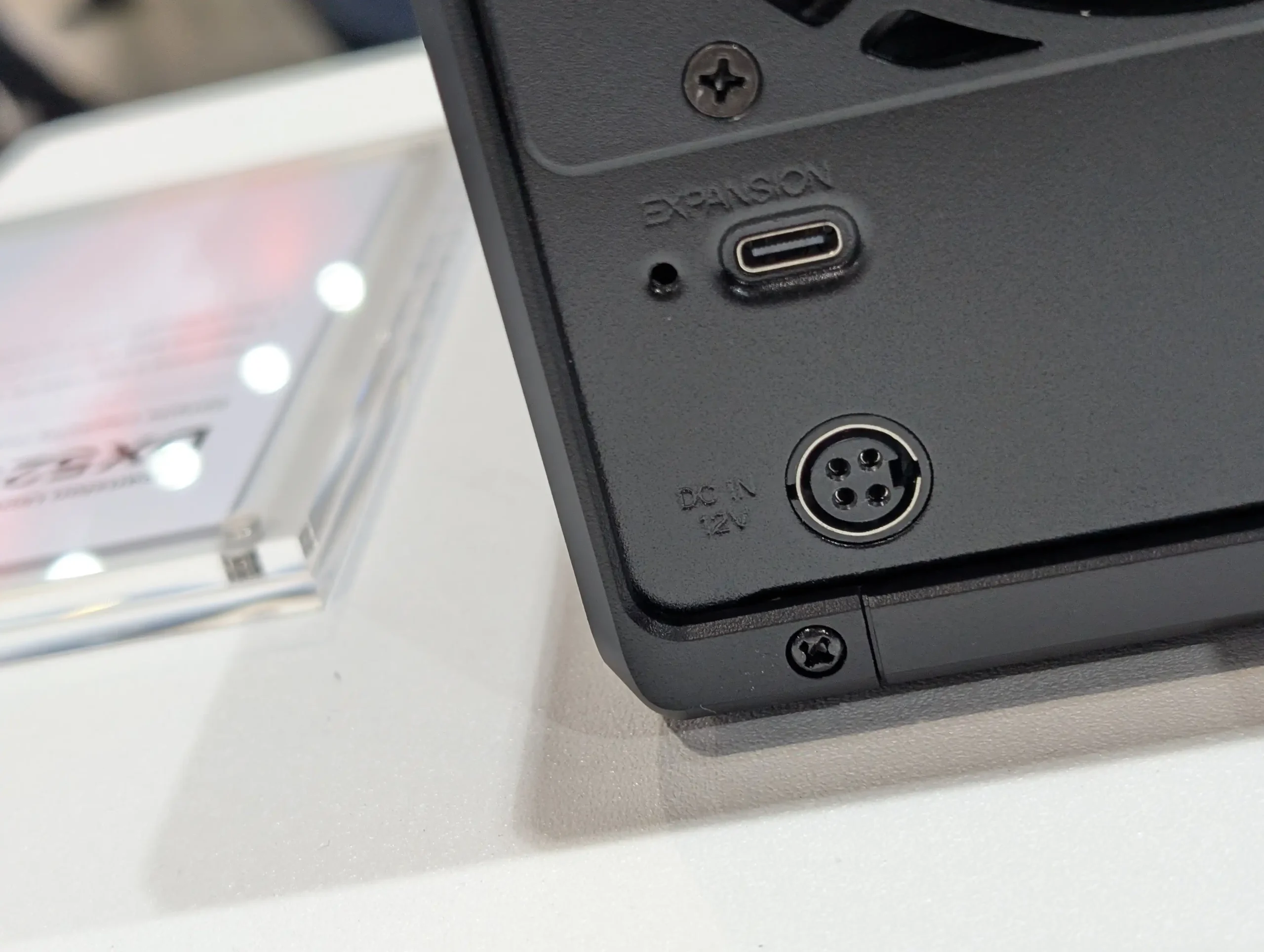

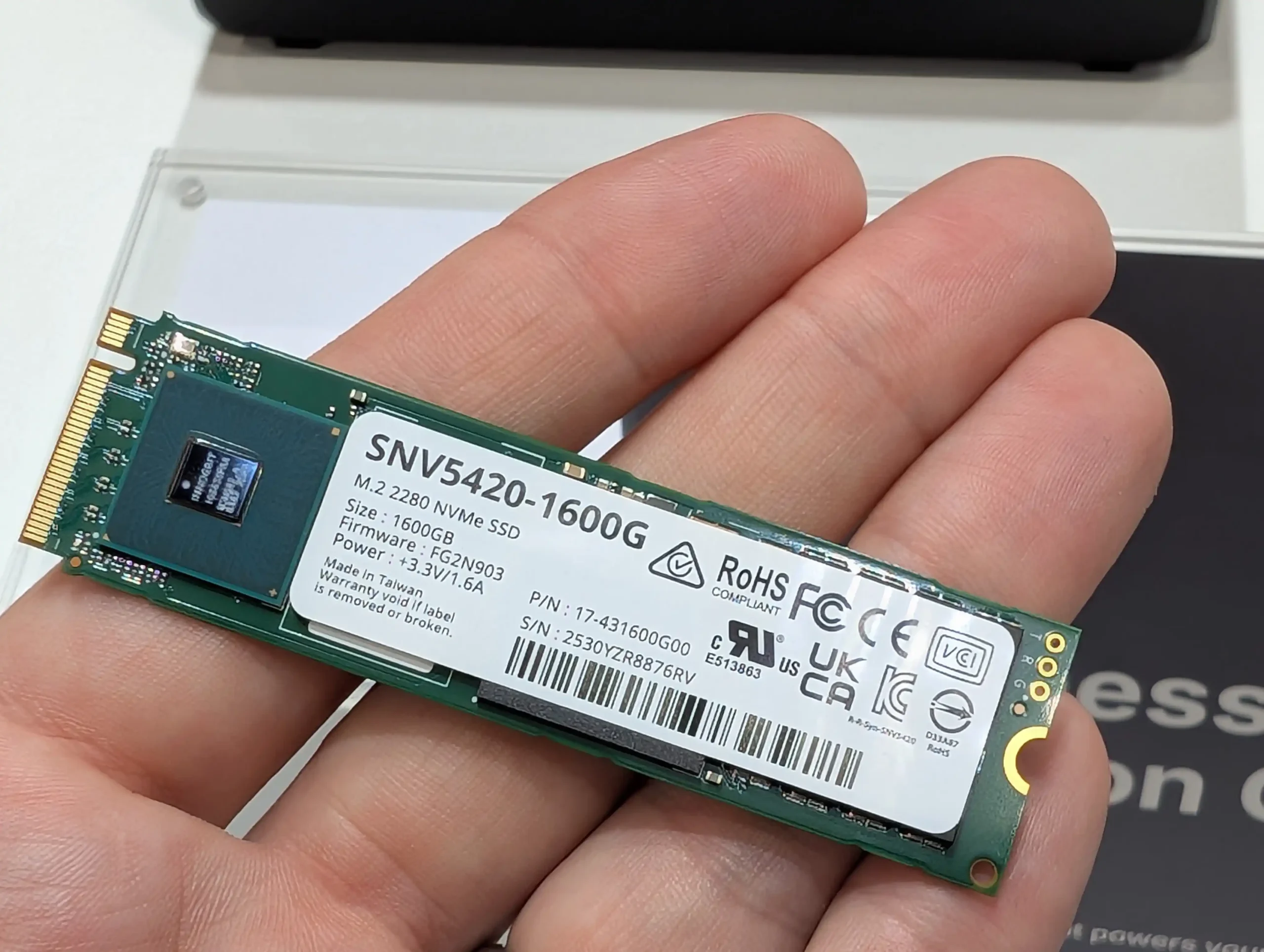
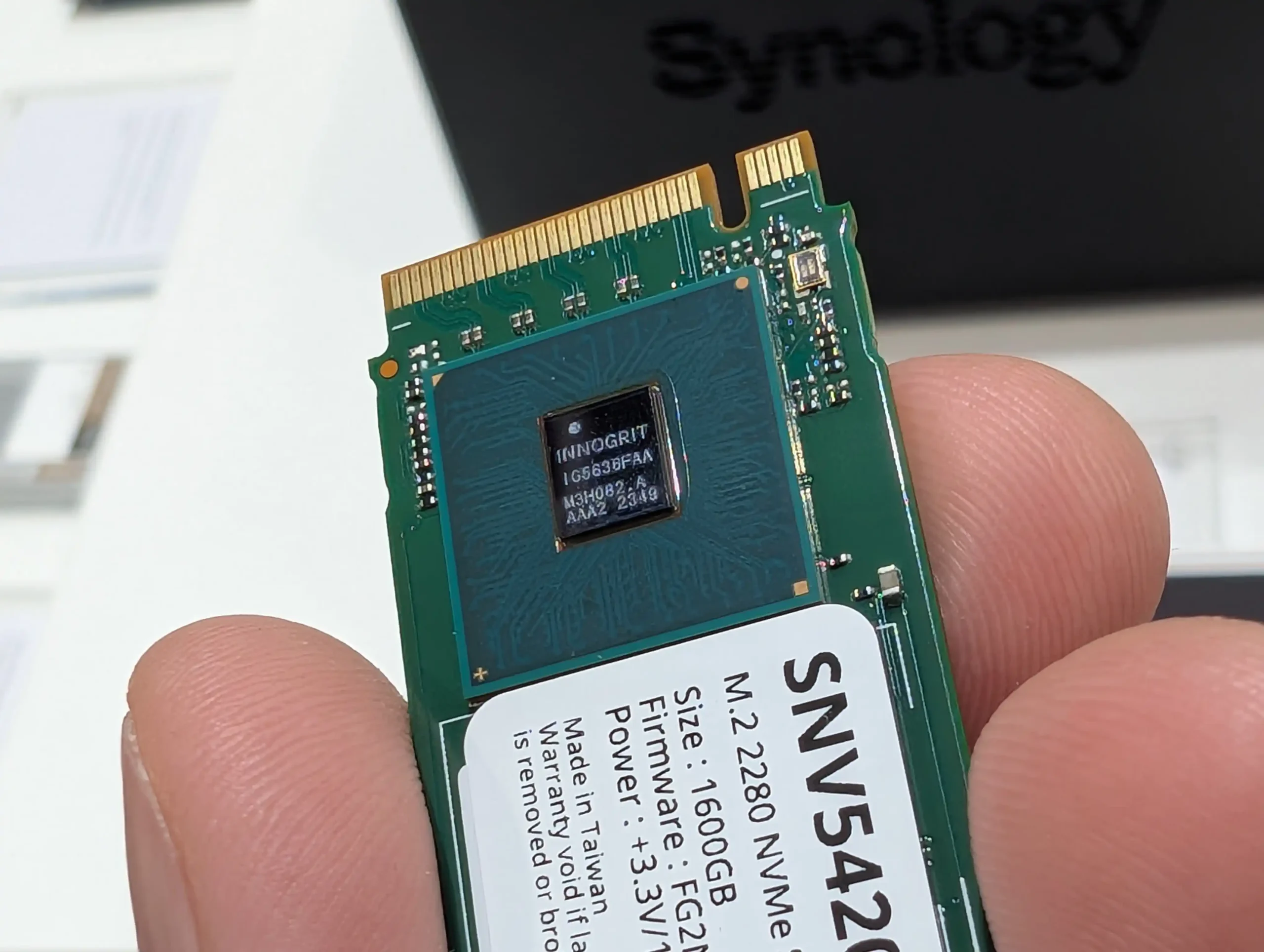

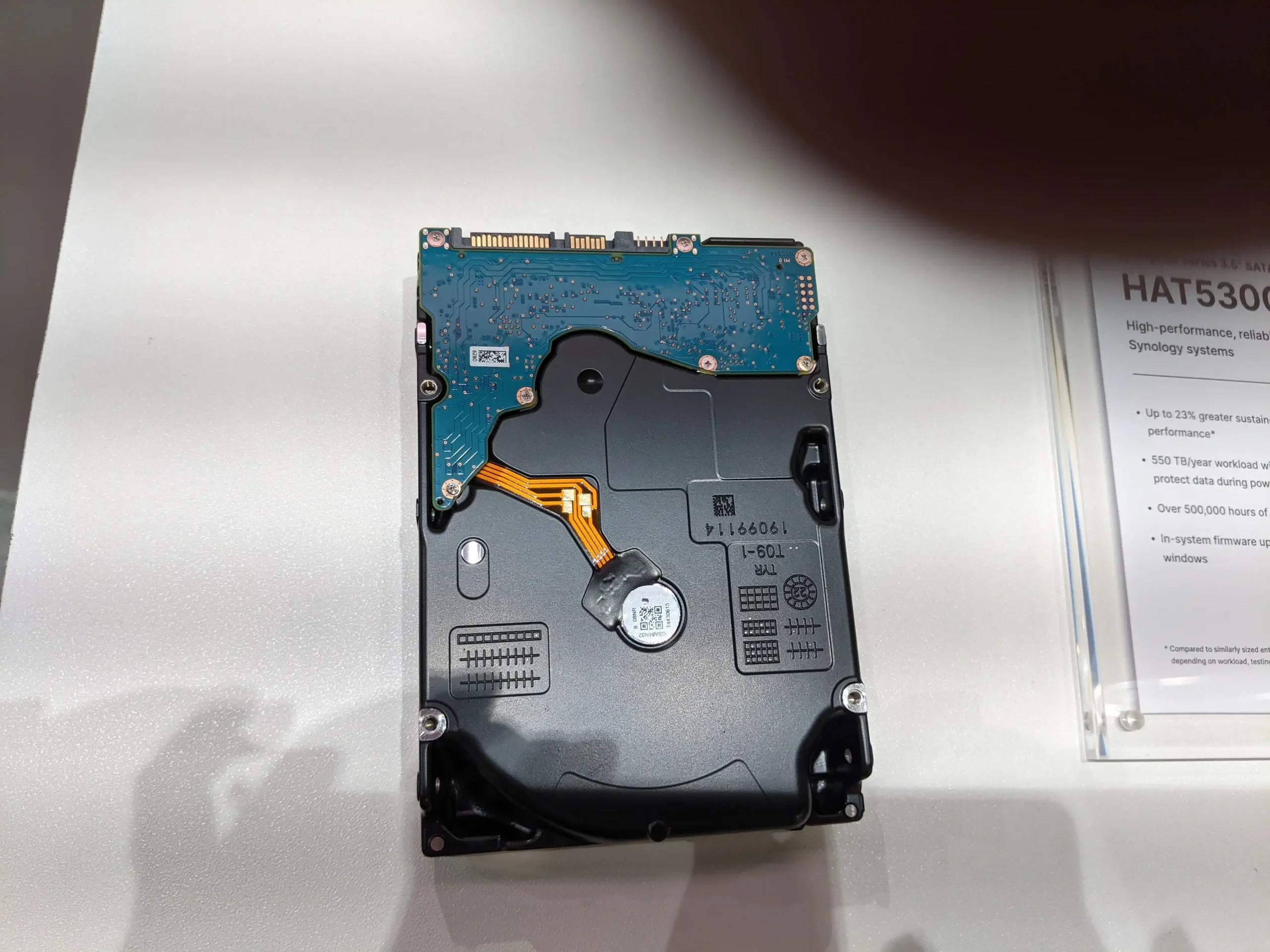
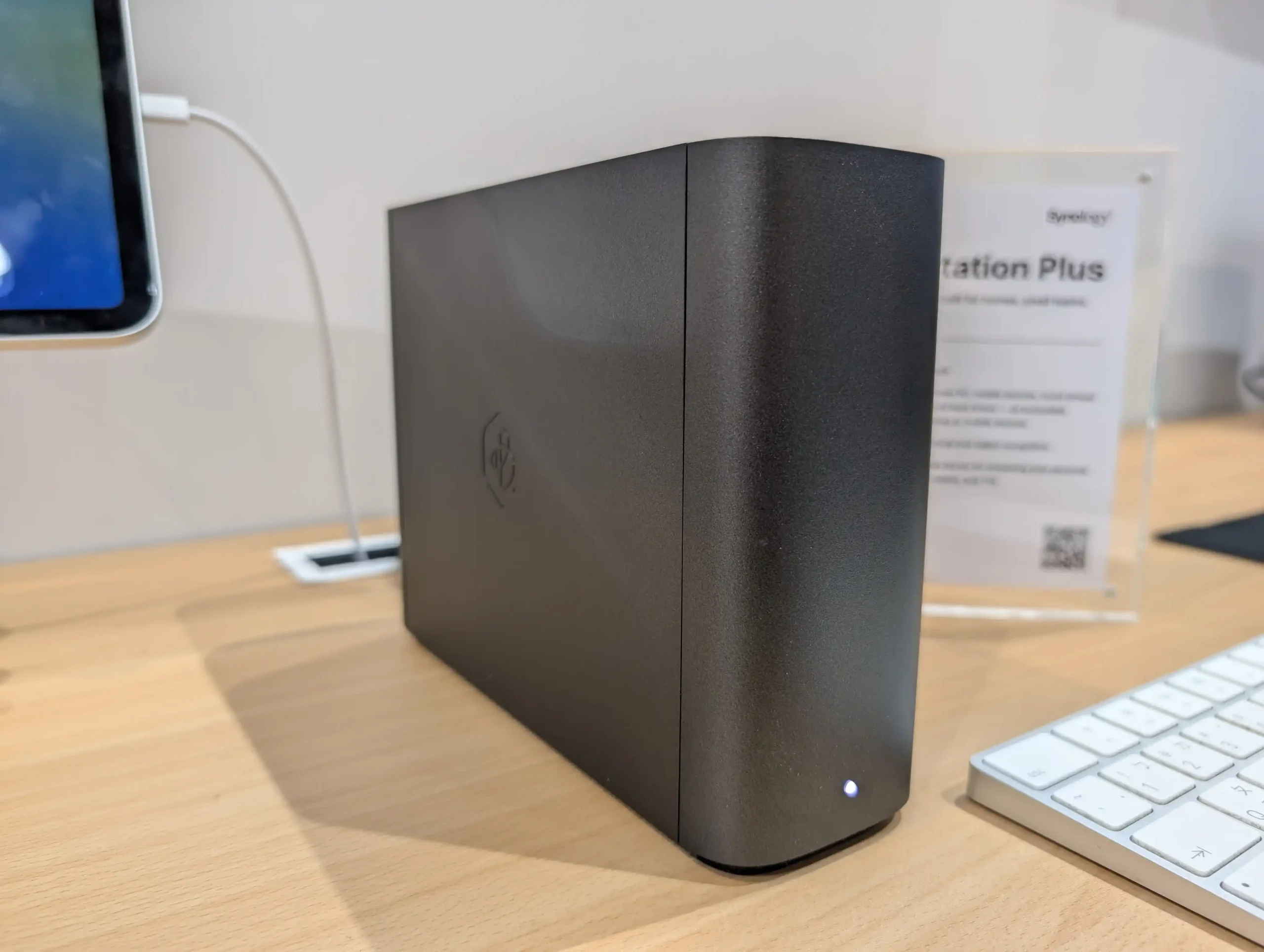

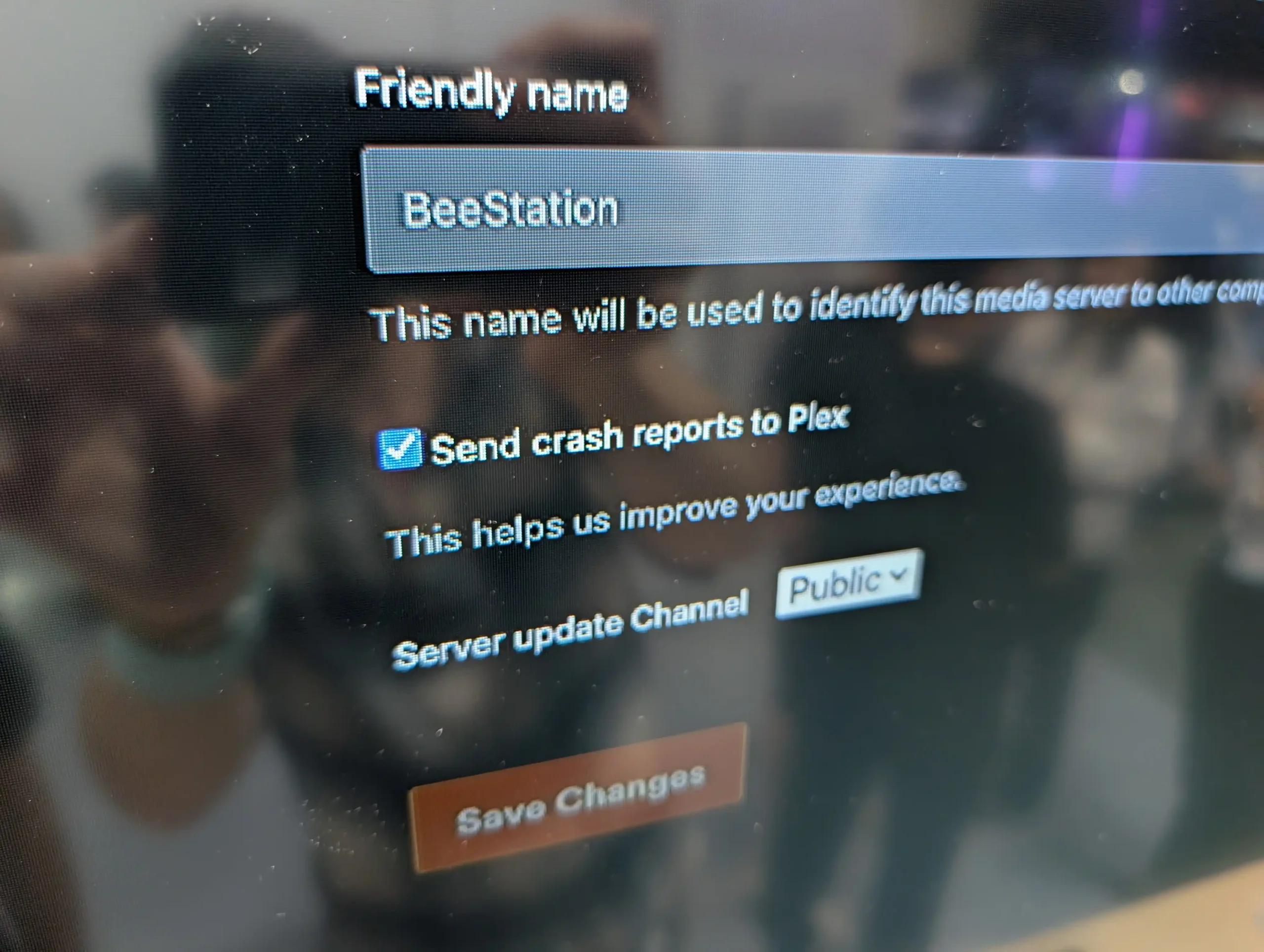
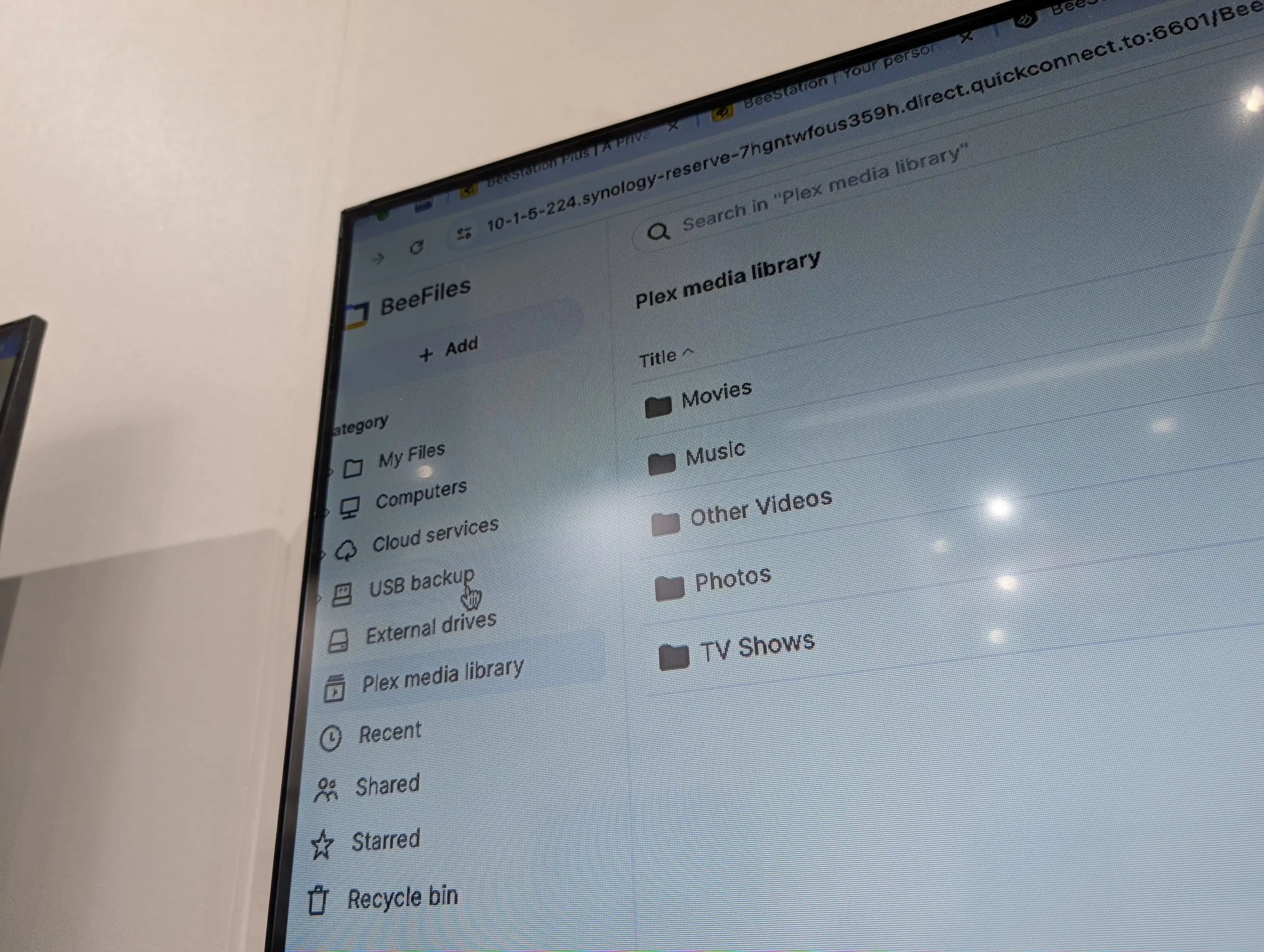
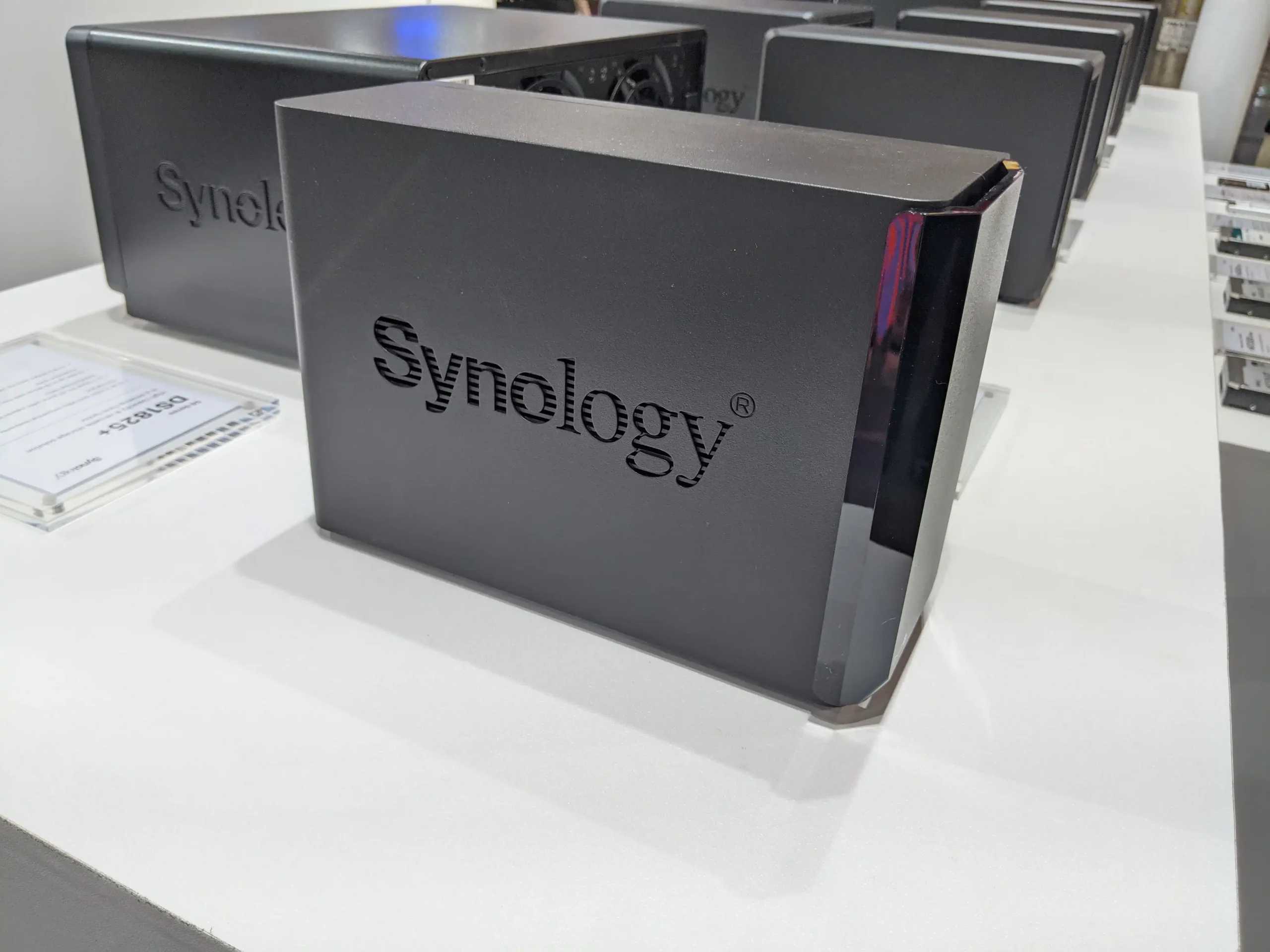
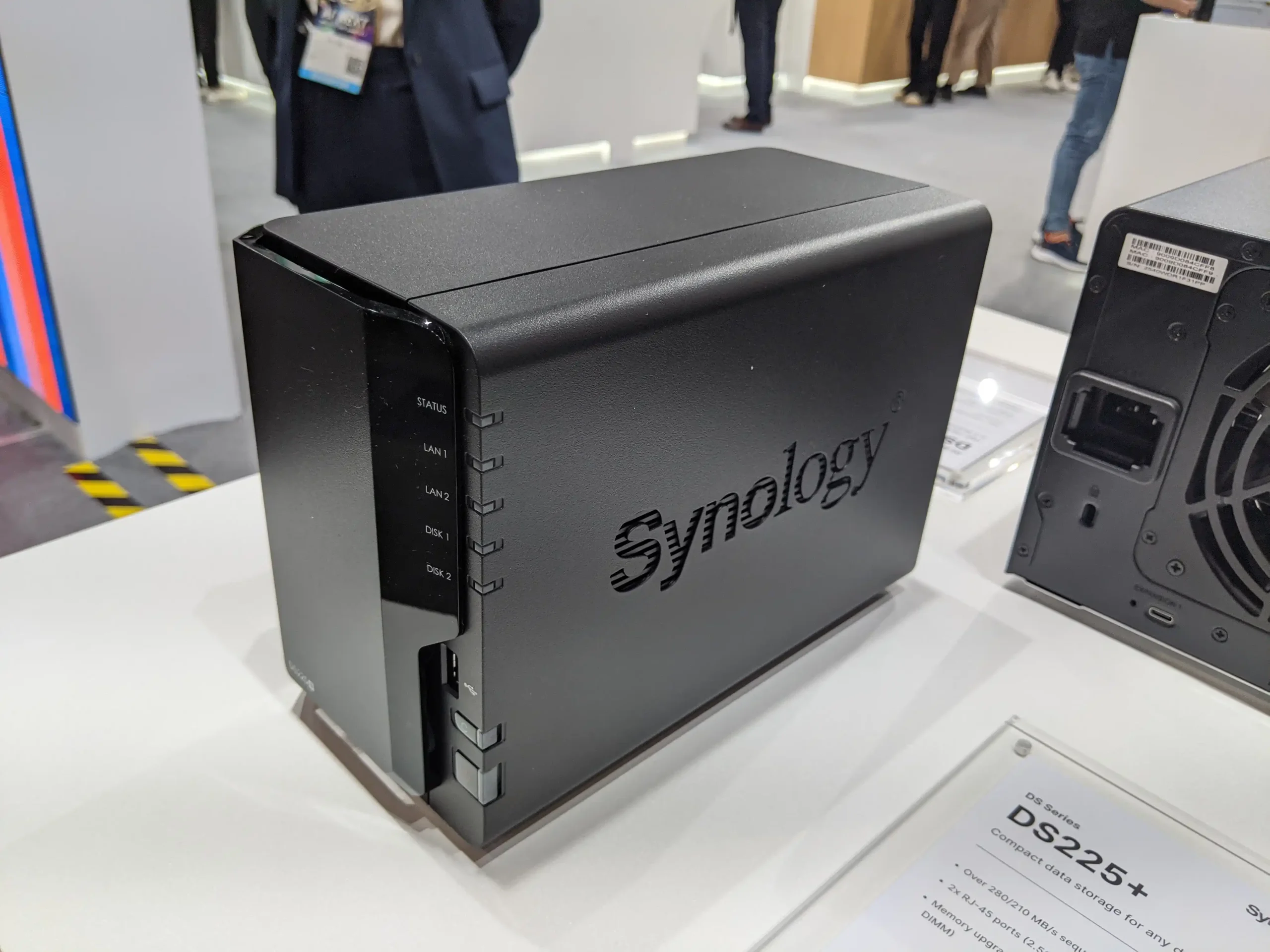
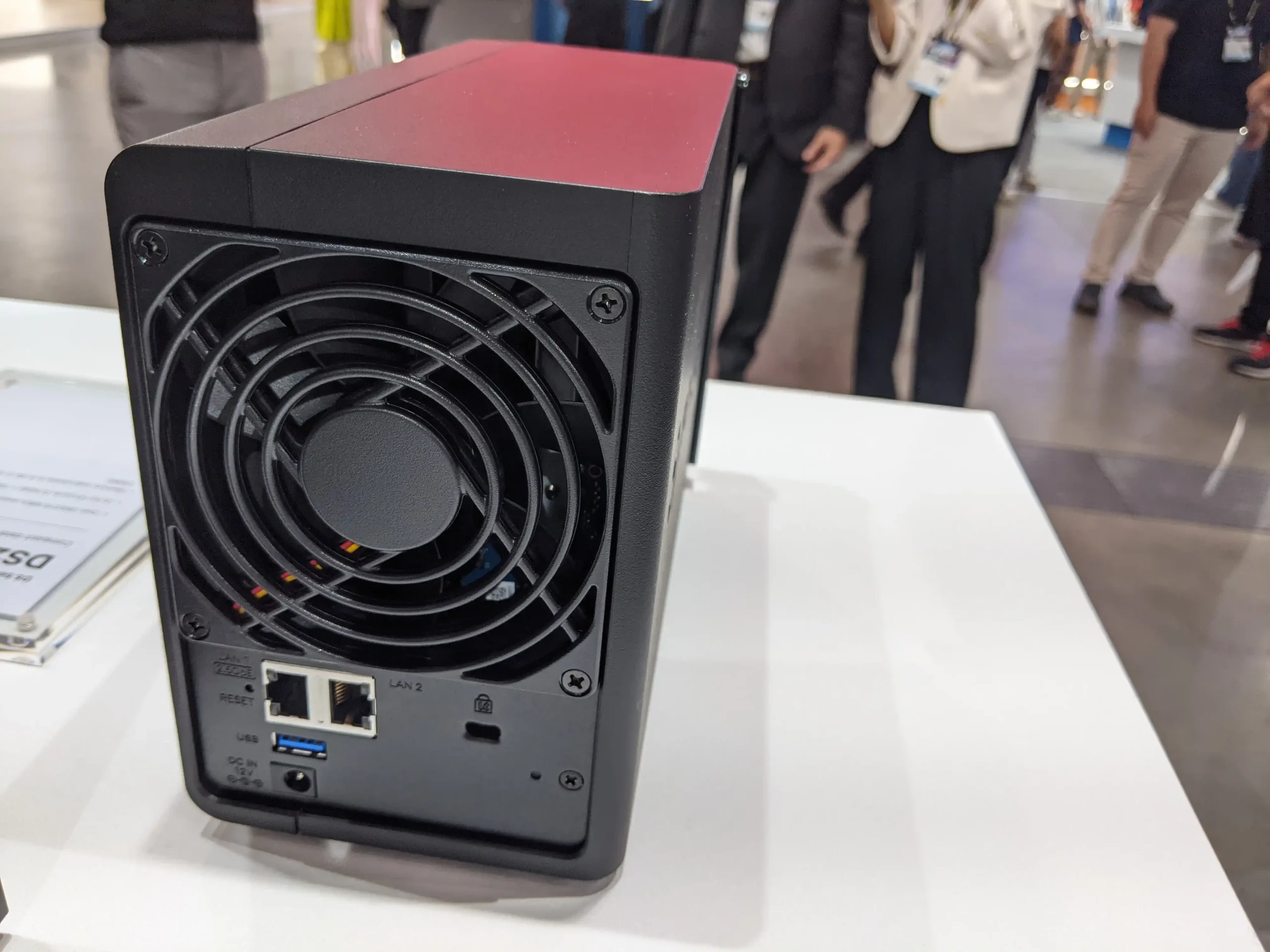
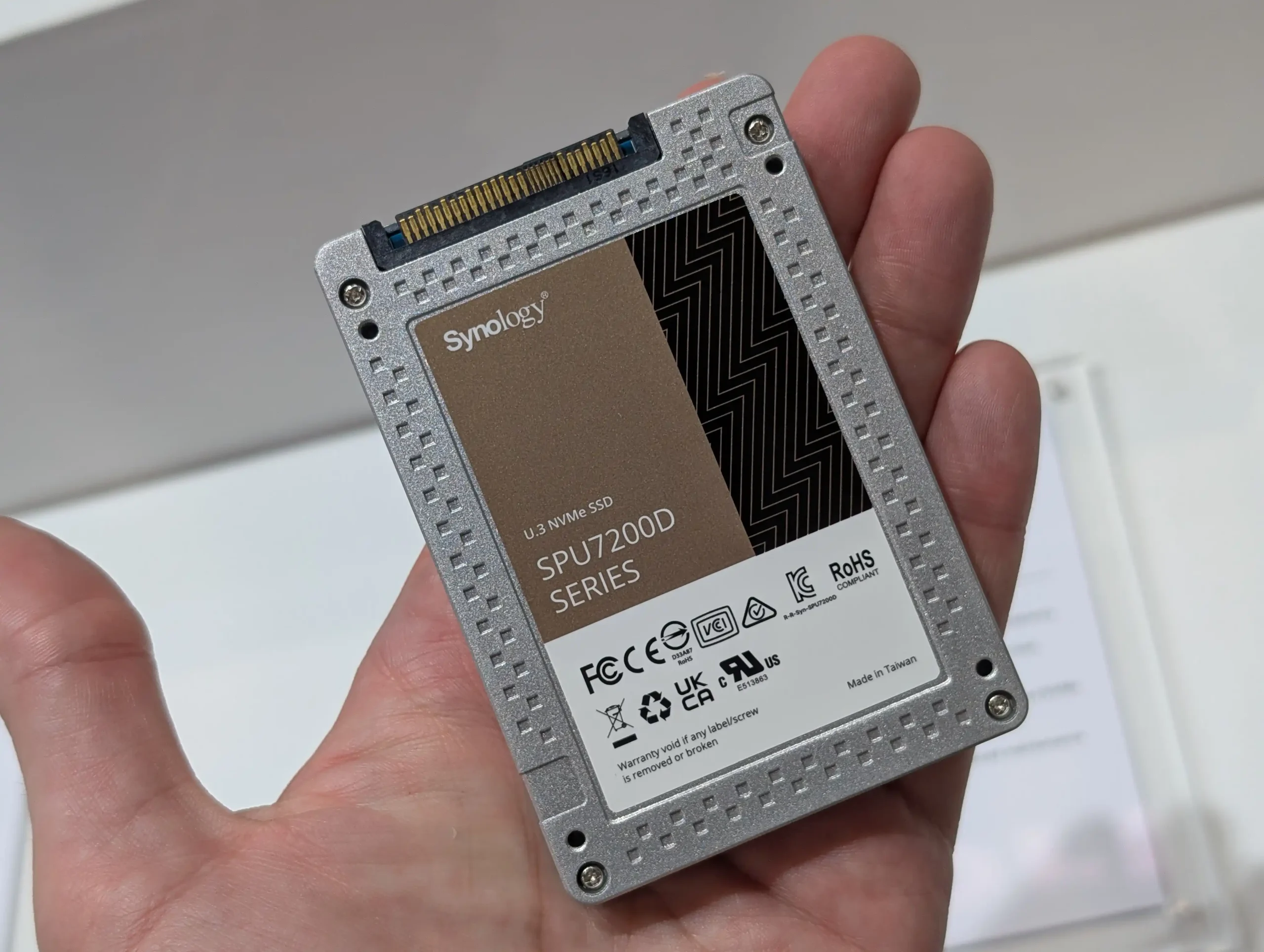

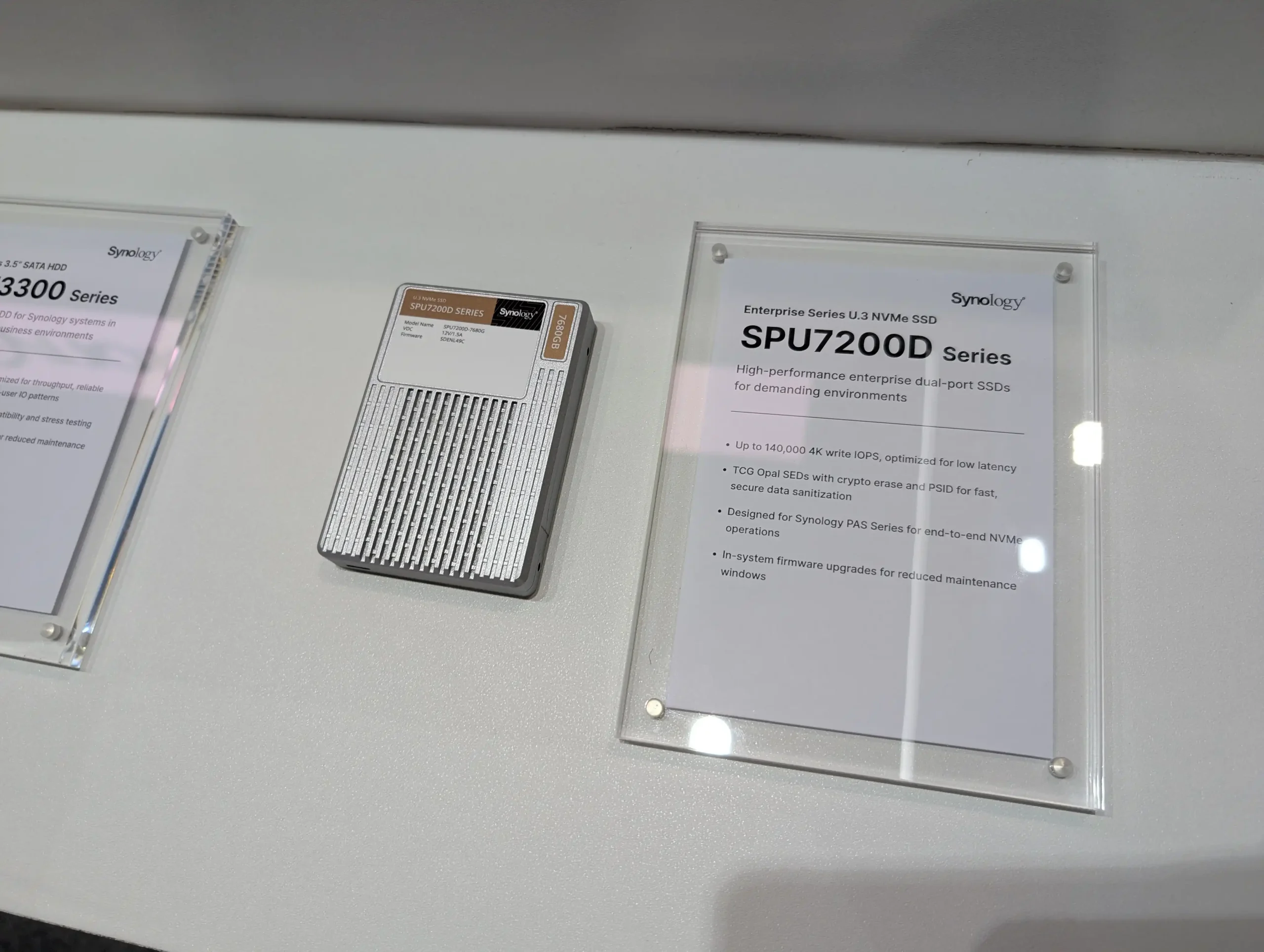
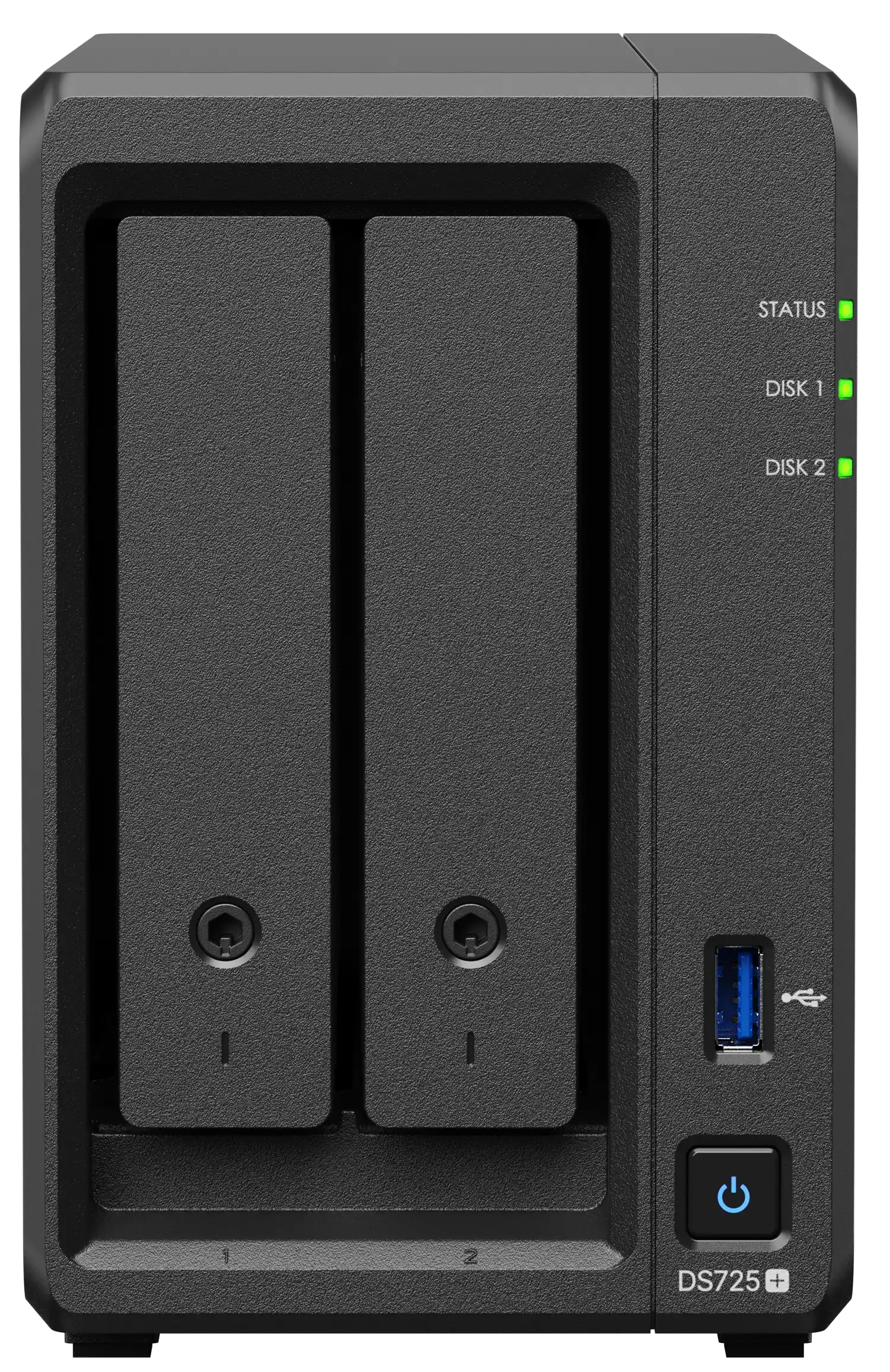
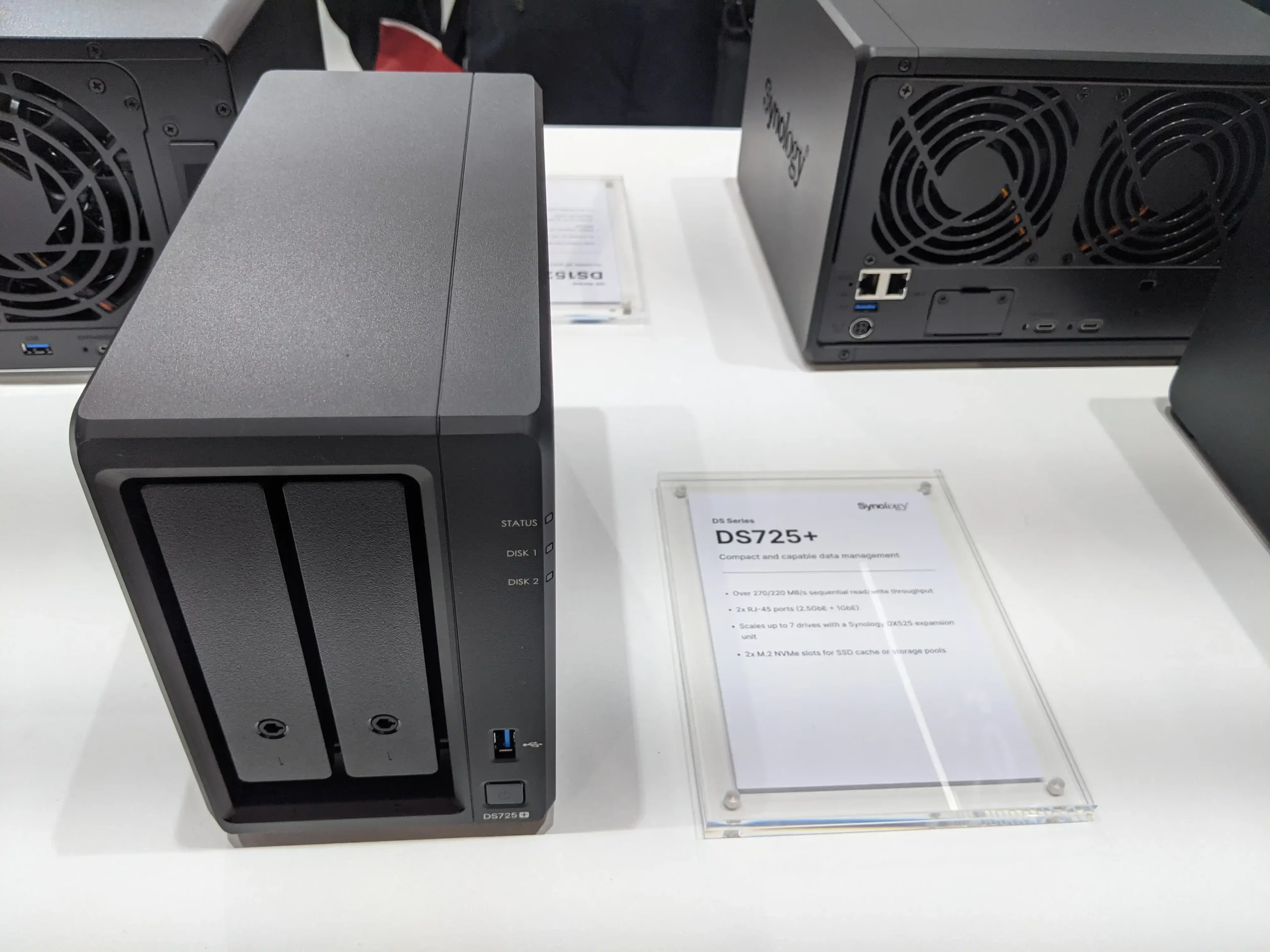

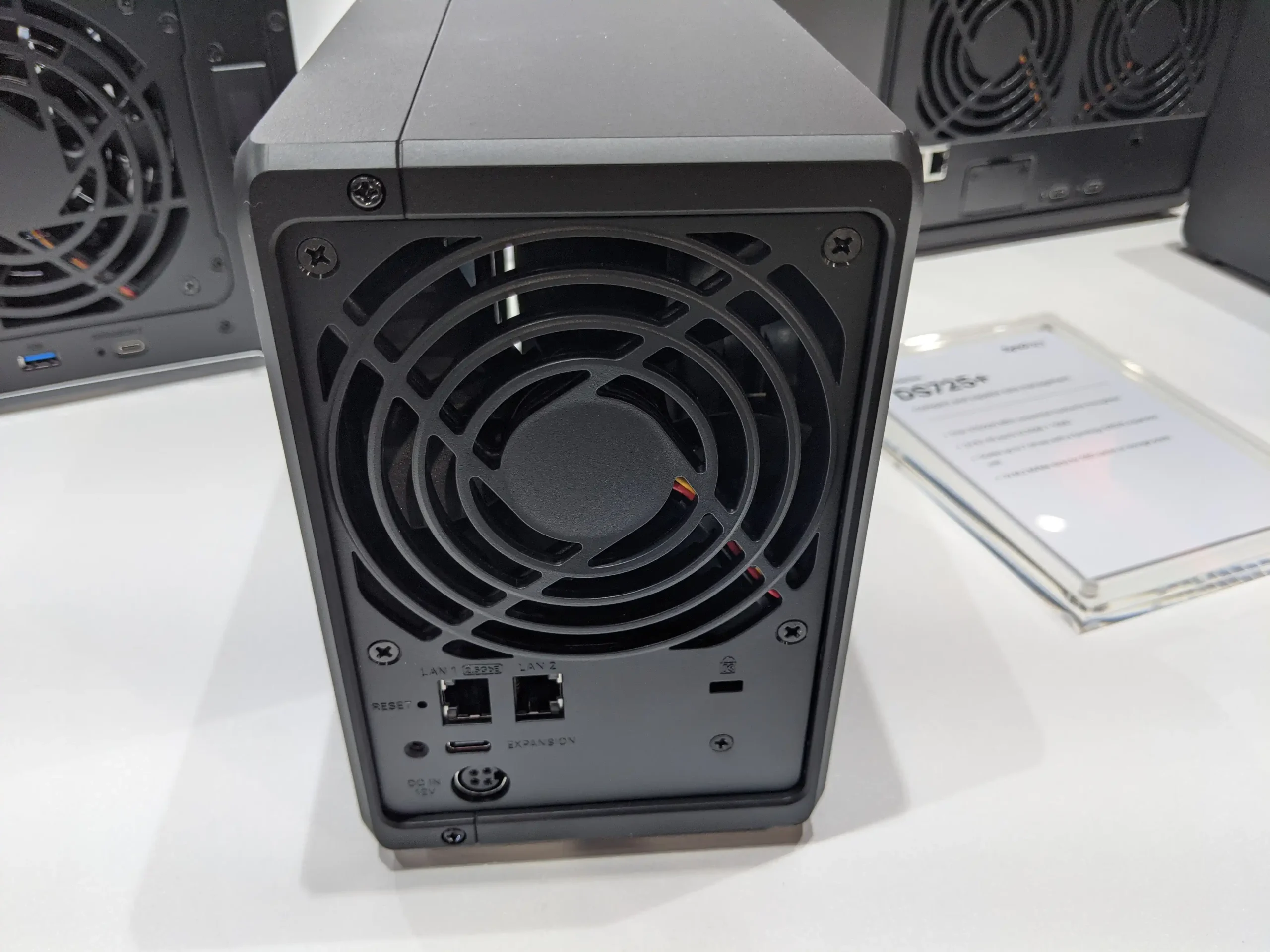
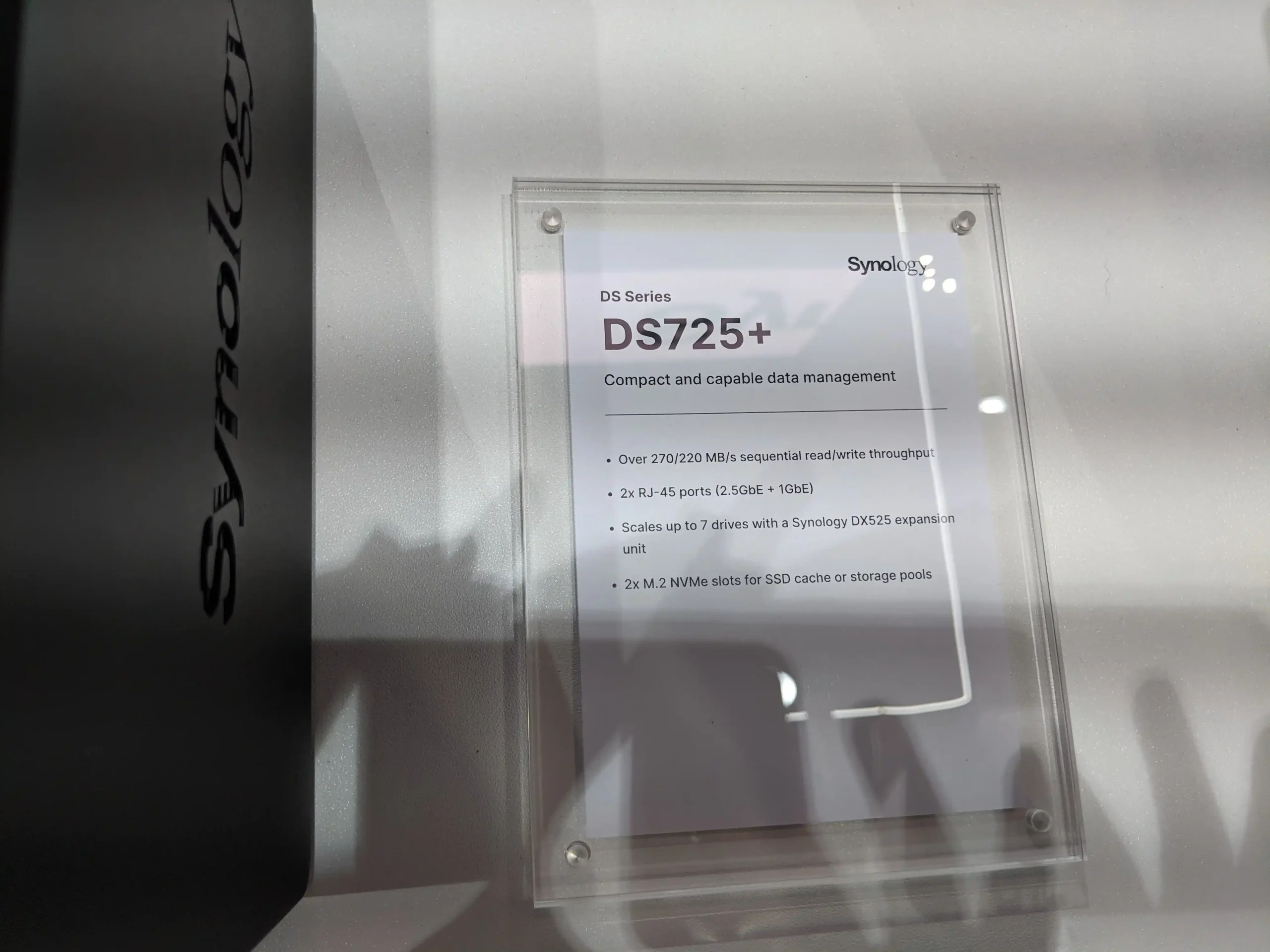
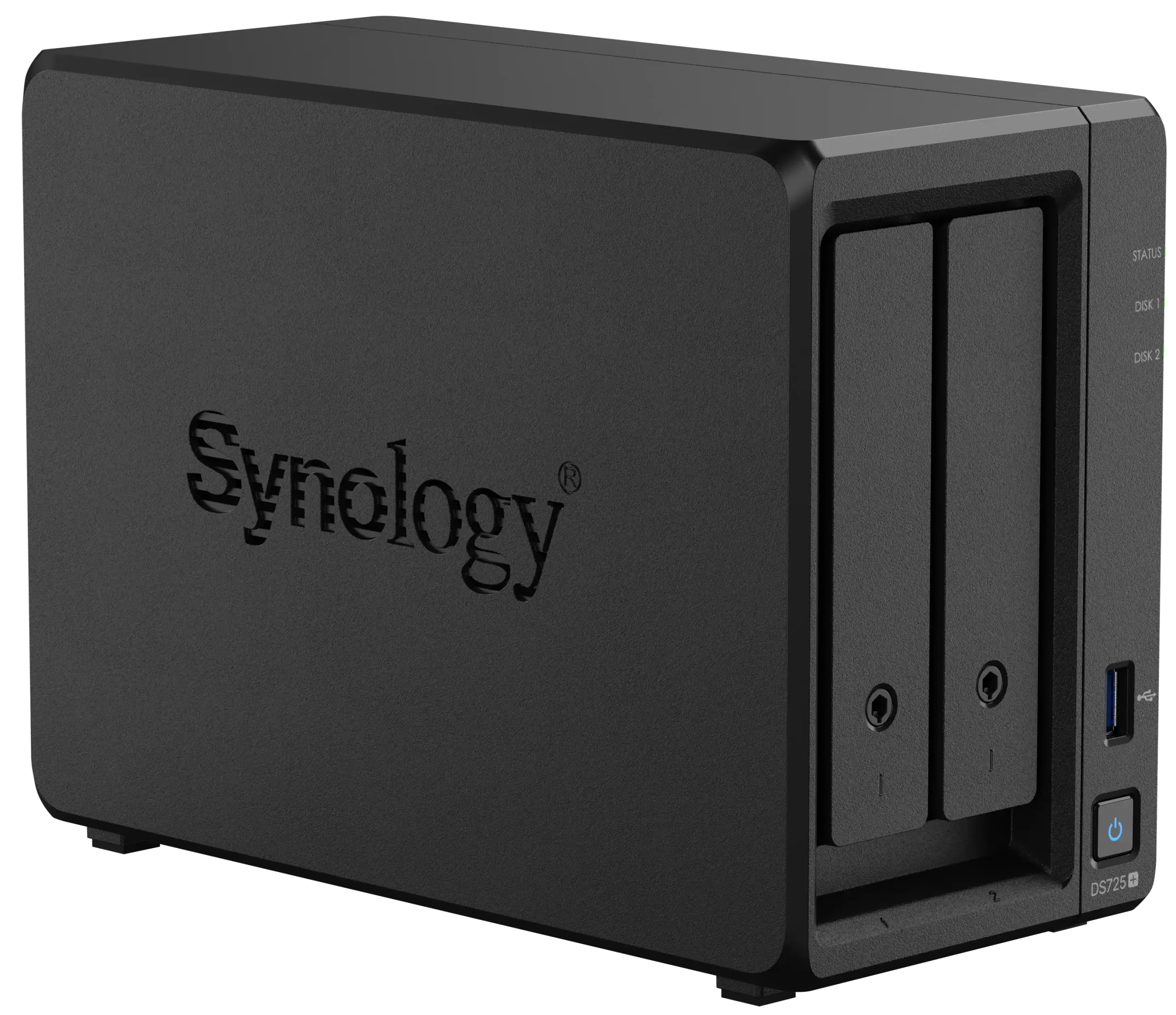
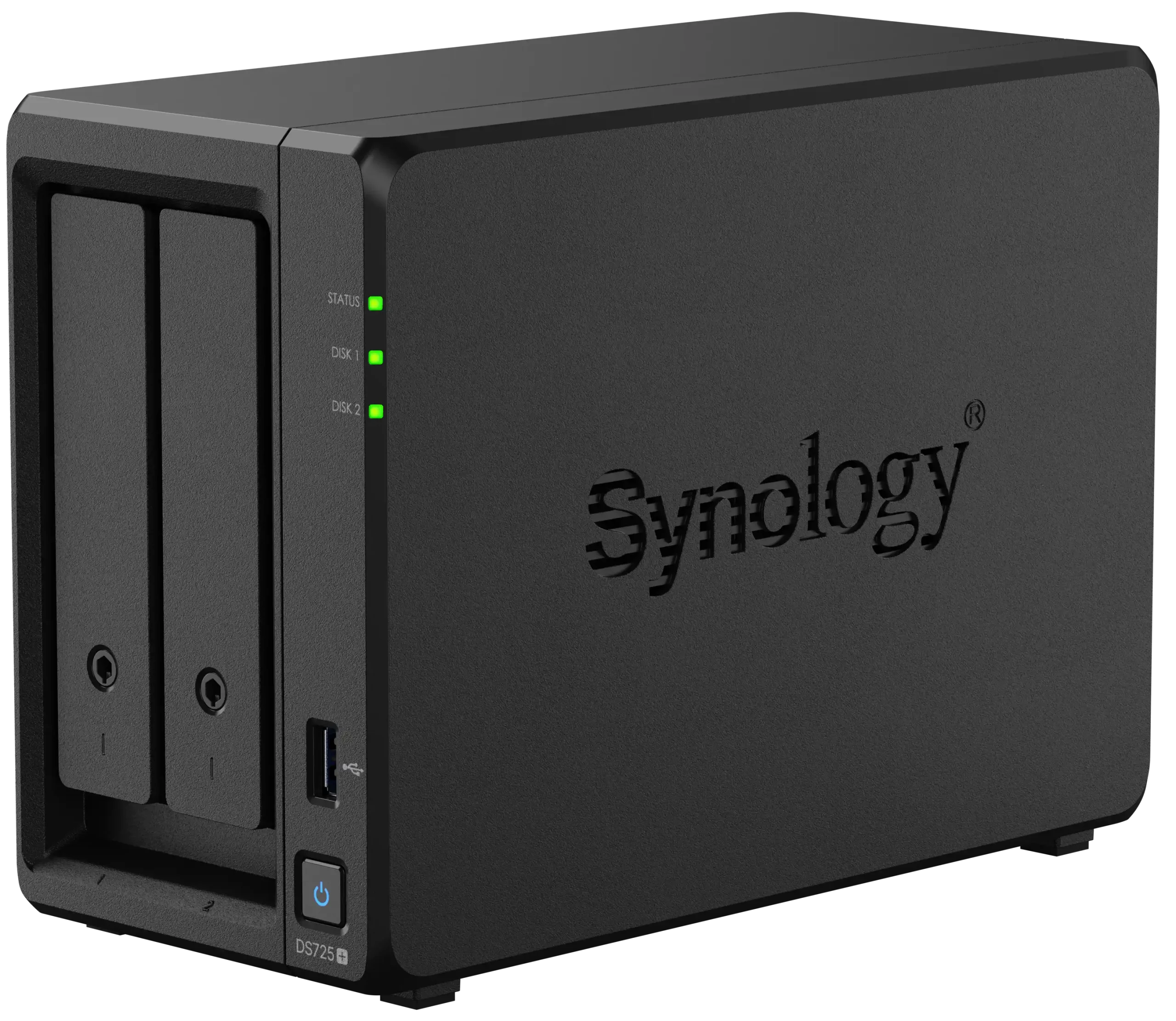
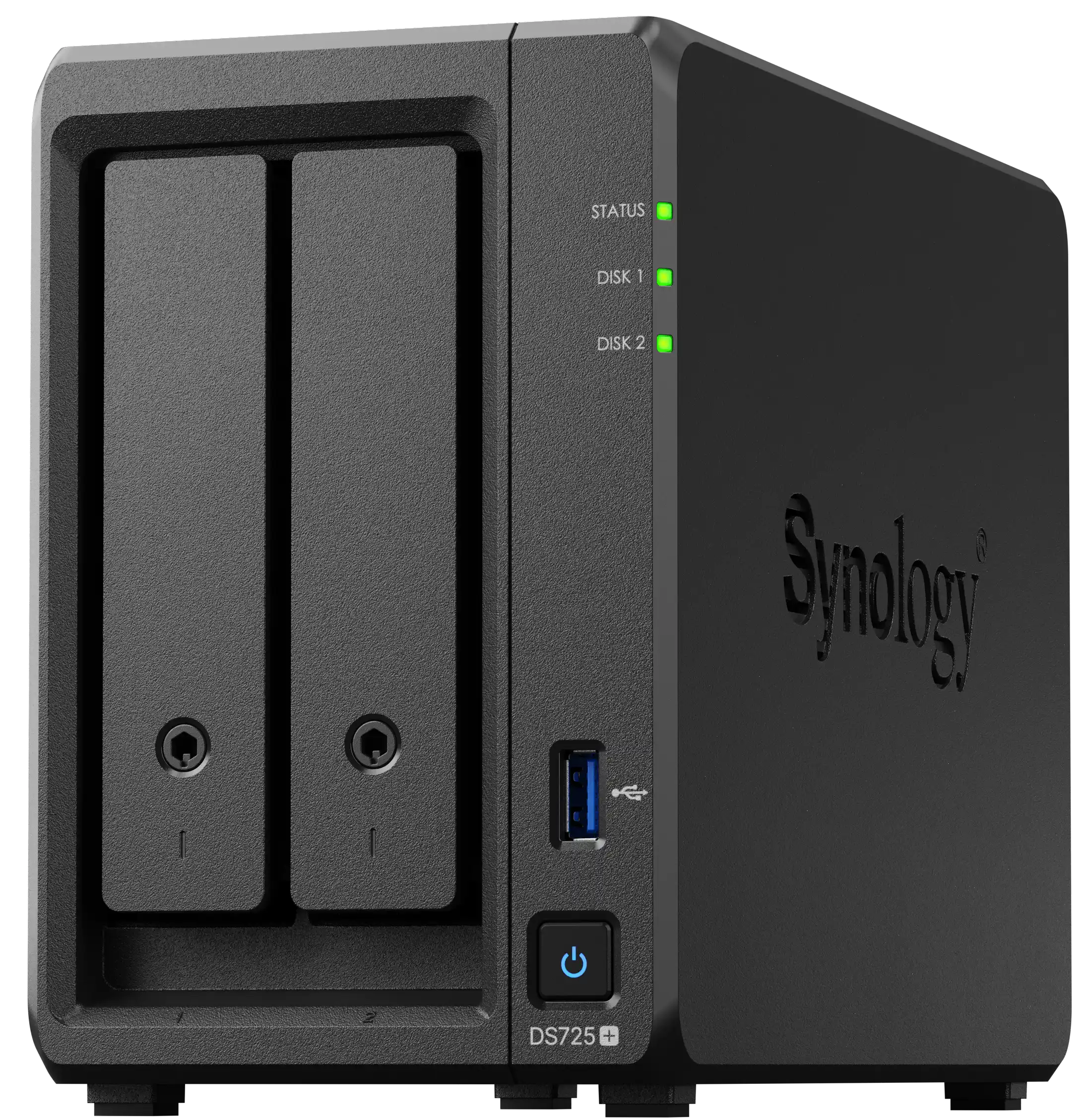
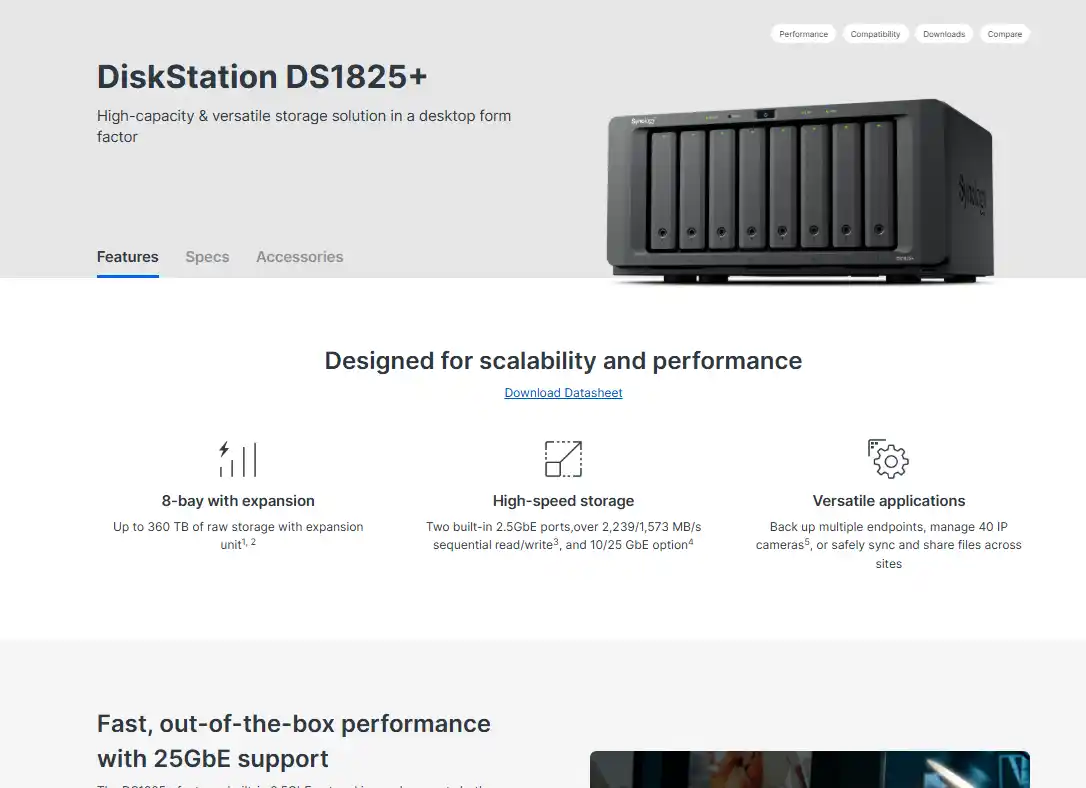
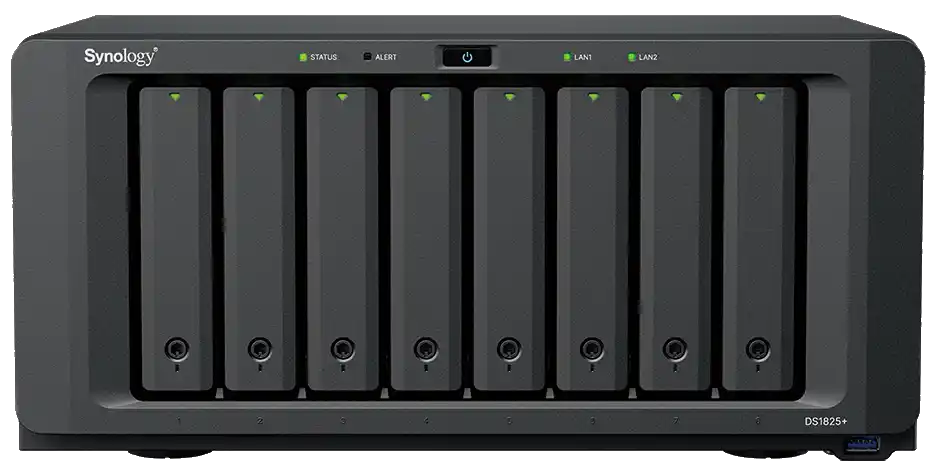

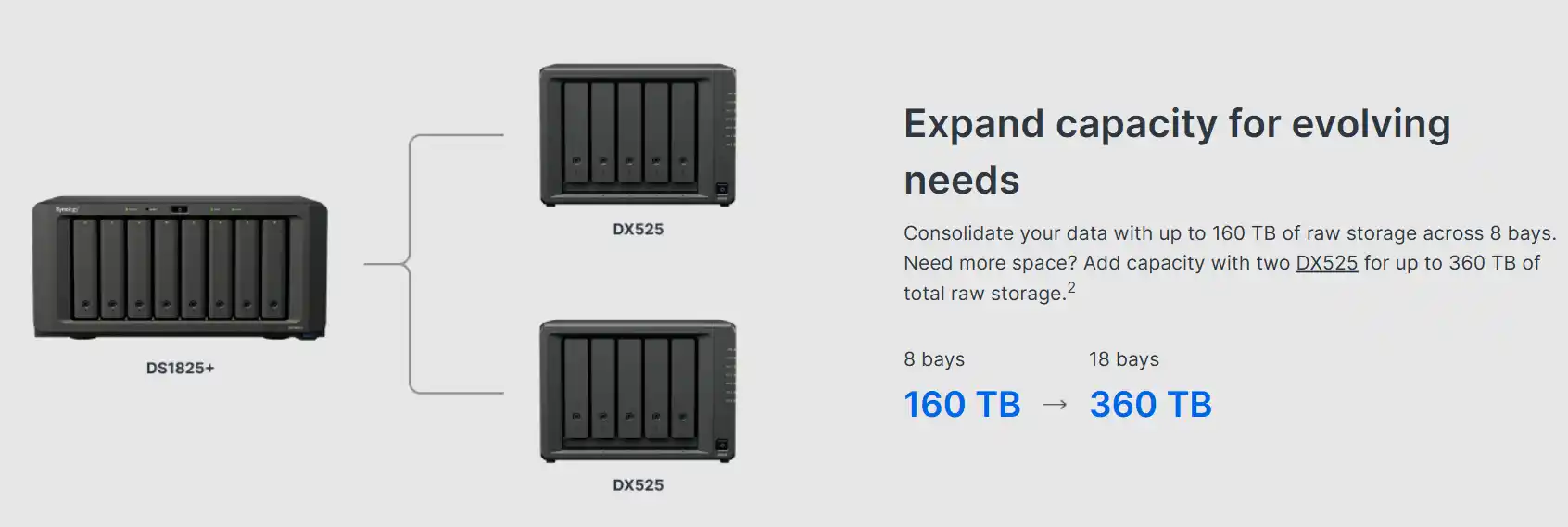
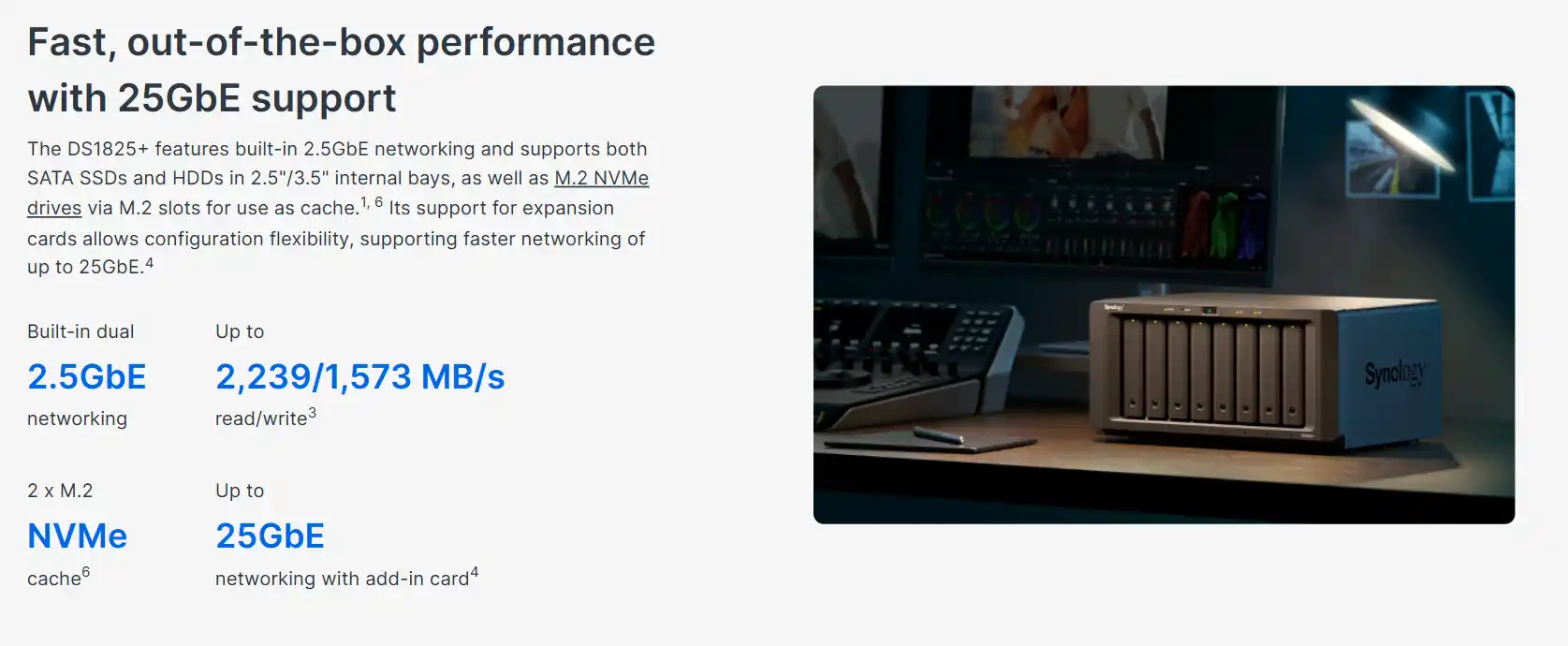


 Not supported
Not supported Supported (Synology NVMe only) ▲ Added
Supported (Synology NVMe only) ▲ Added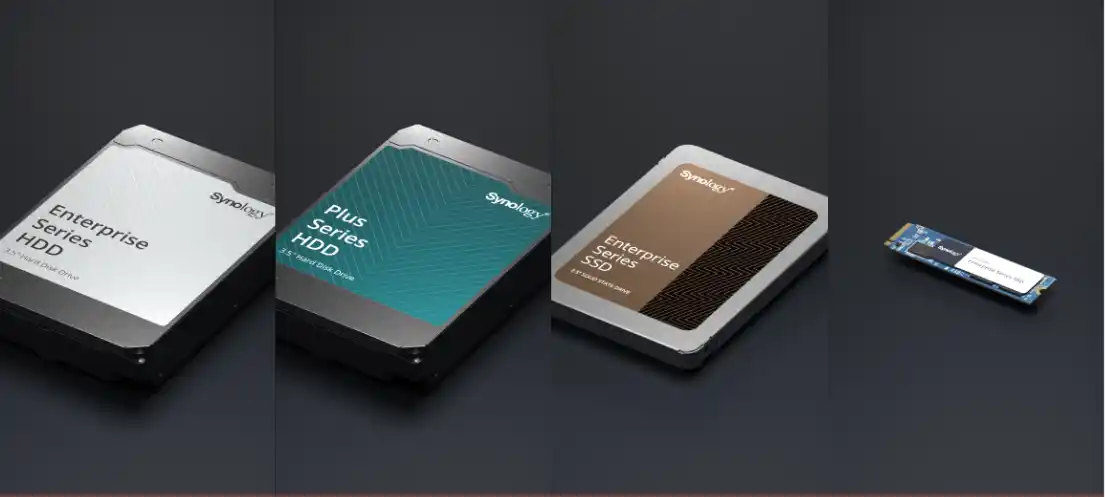
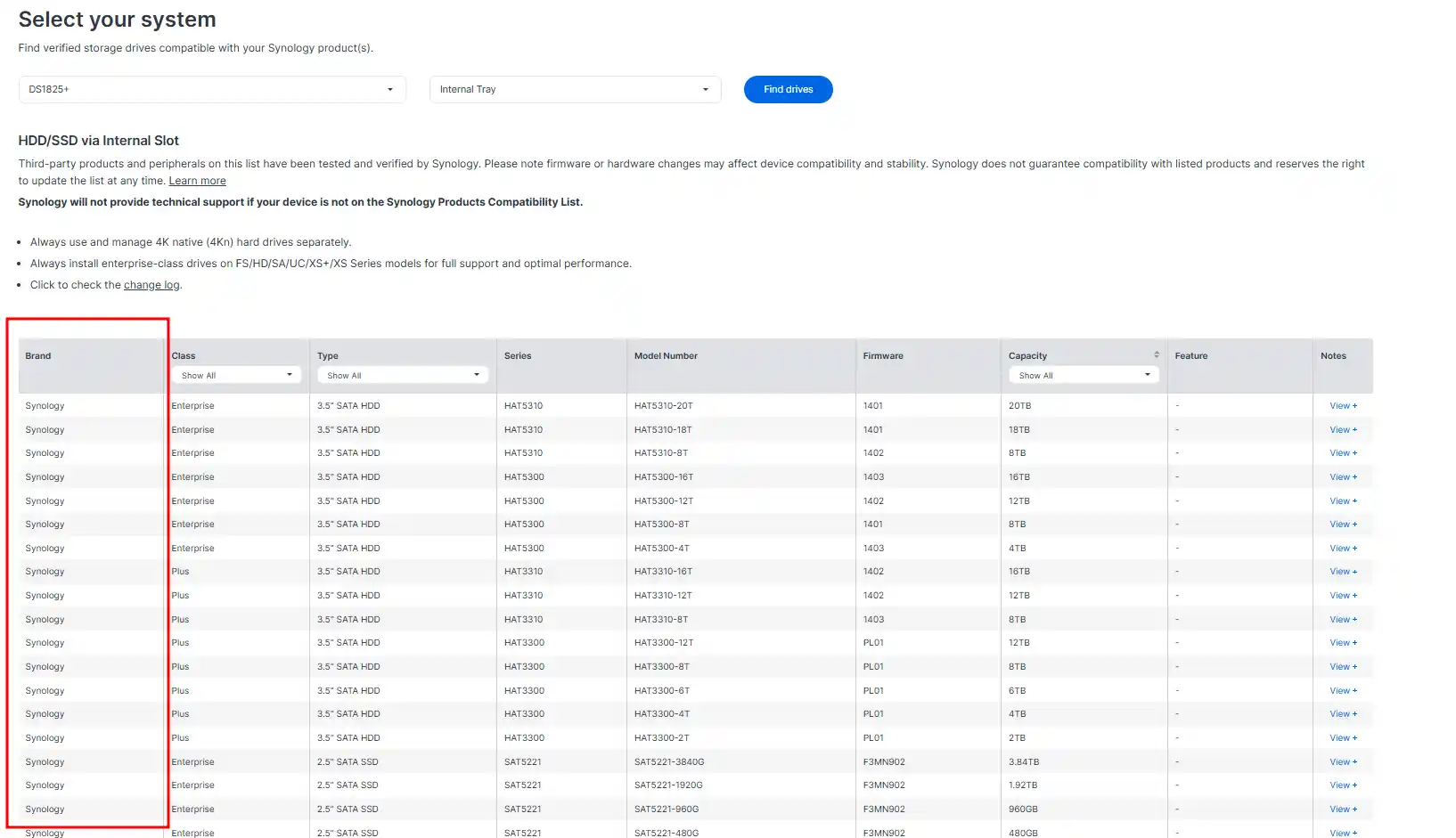
 Full support
Full support Limited or blocked (TBC)
Limited or blocked (TBC) Persistent, cannot be cleared
Persistent, cannot be cleared